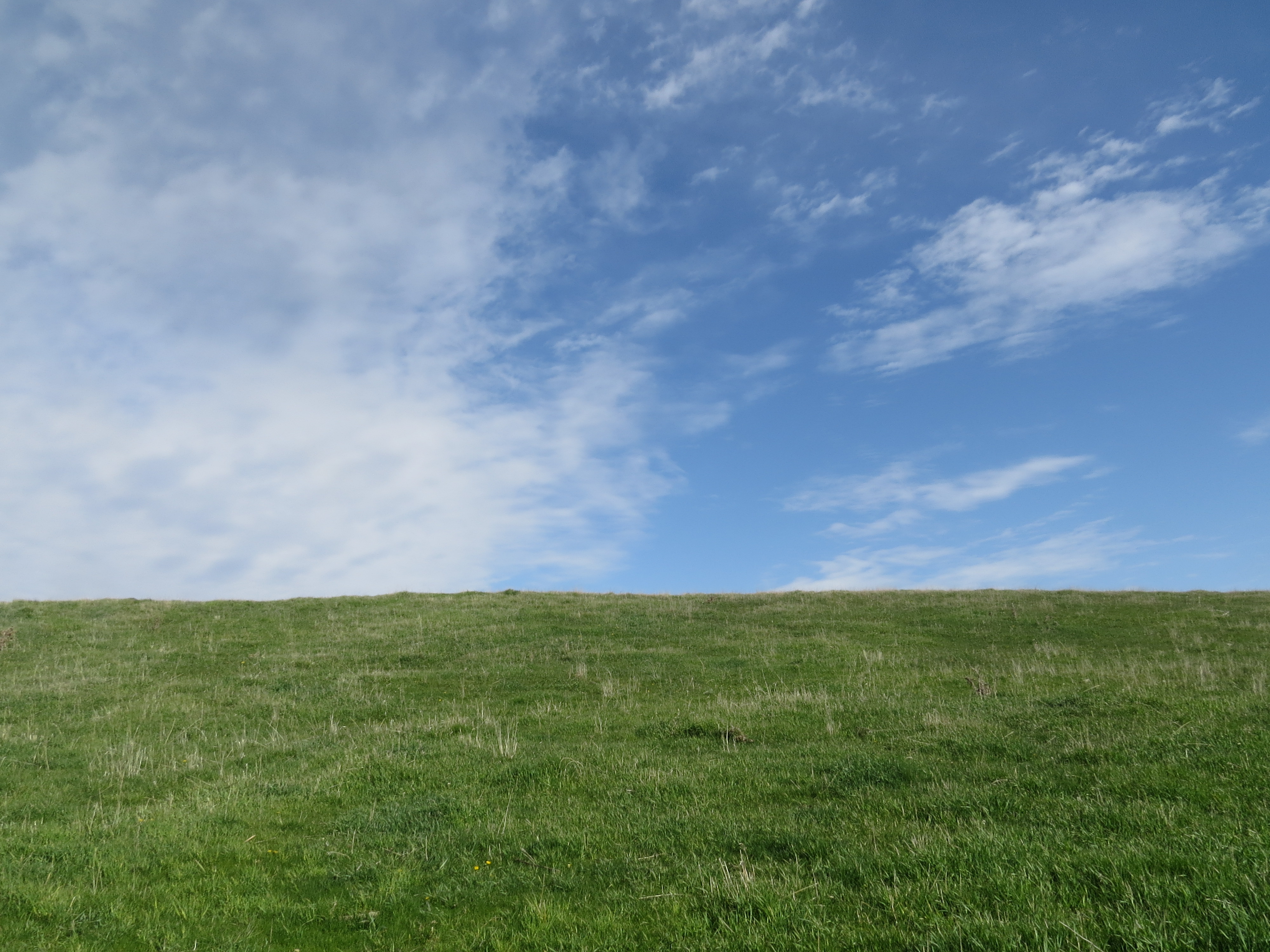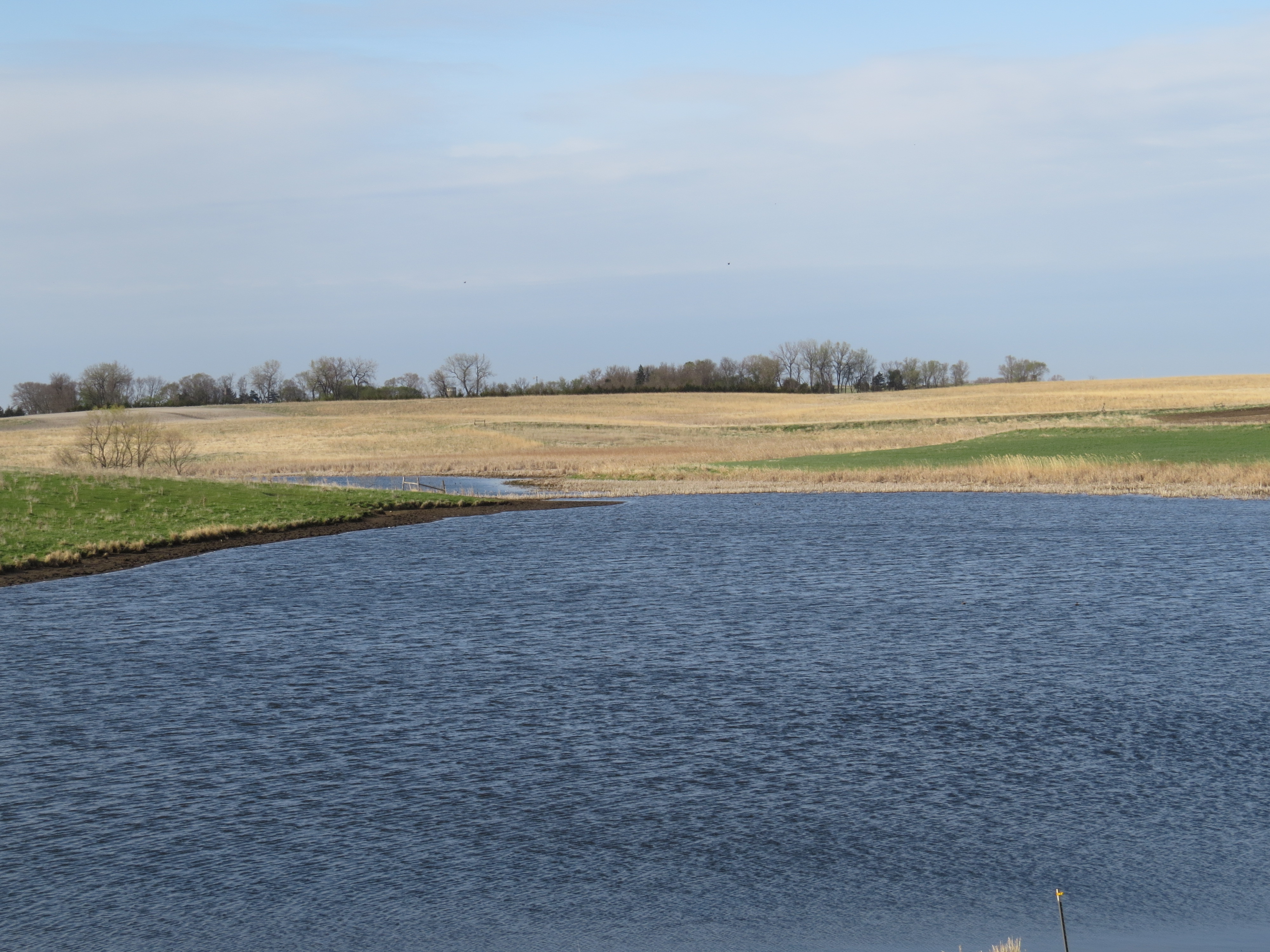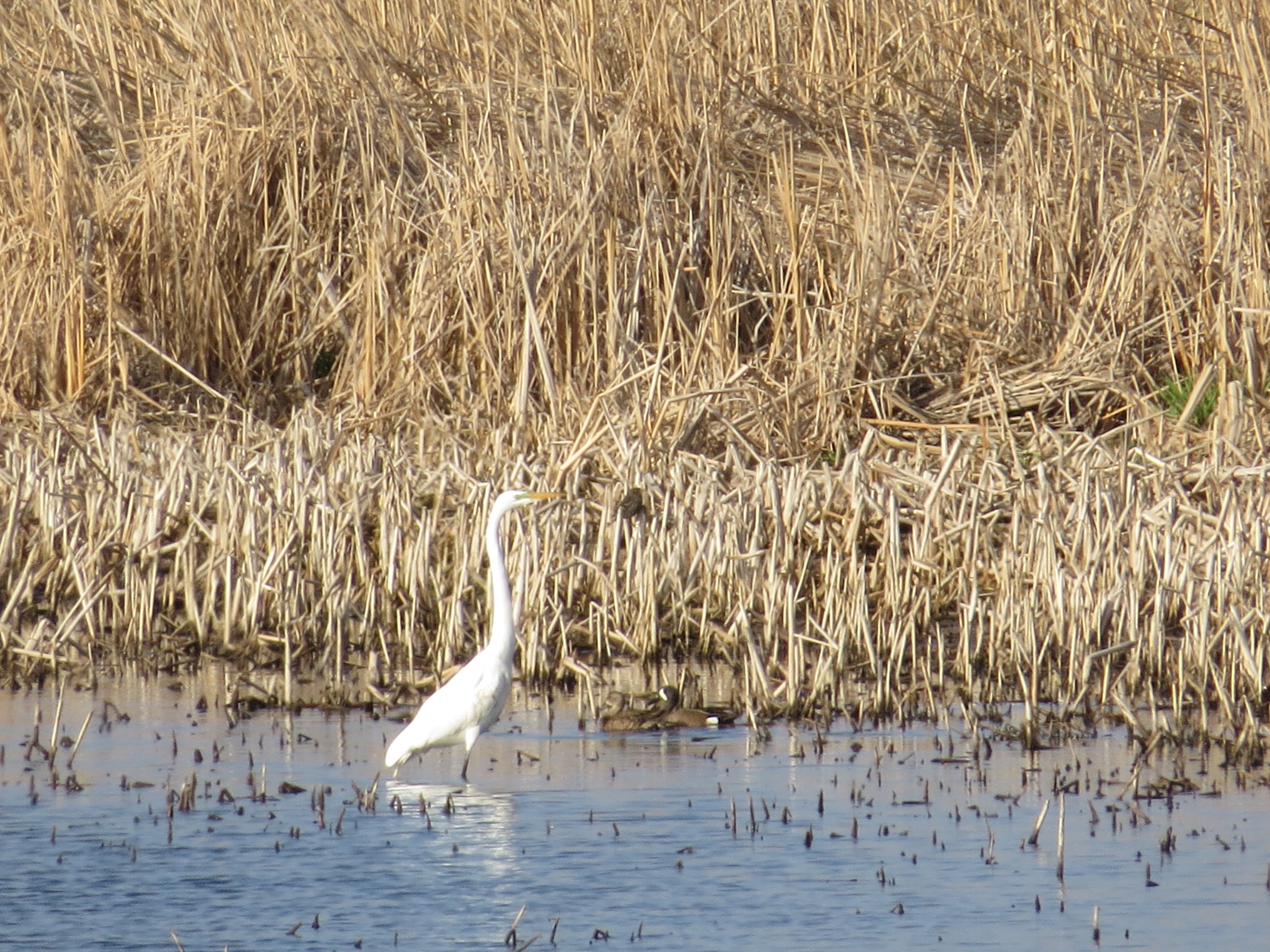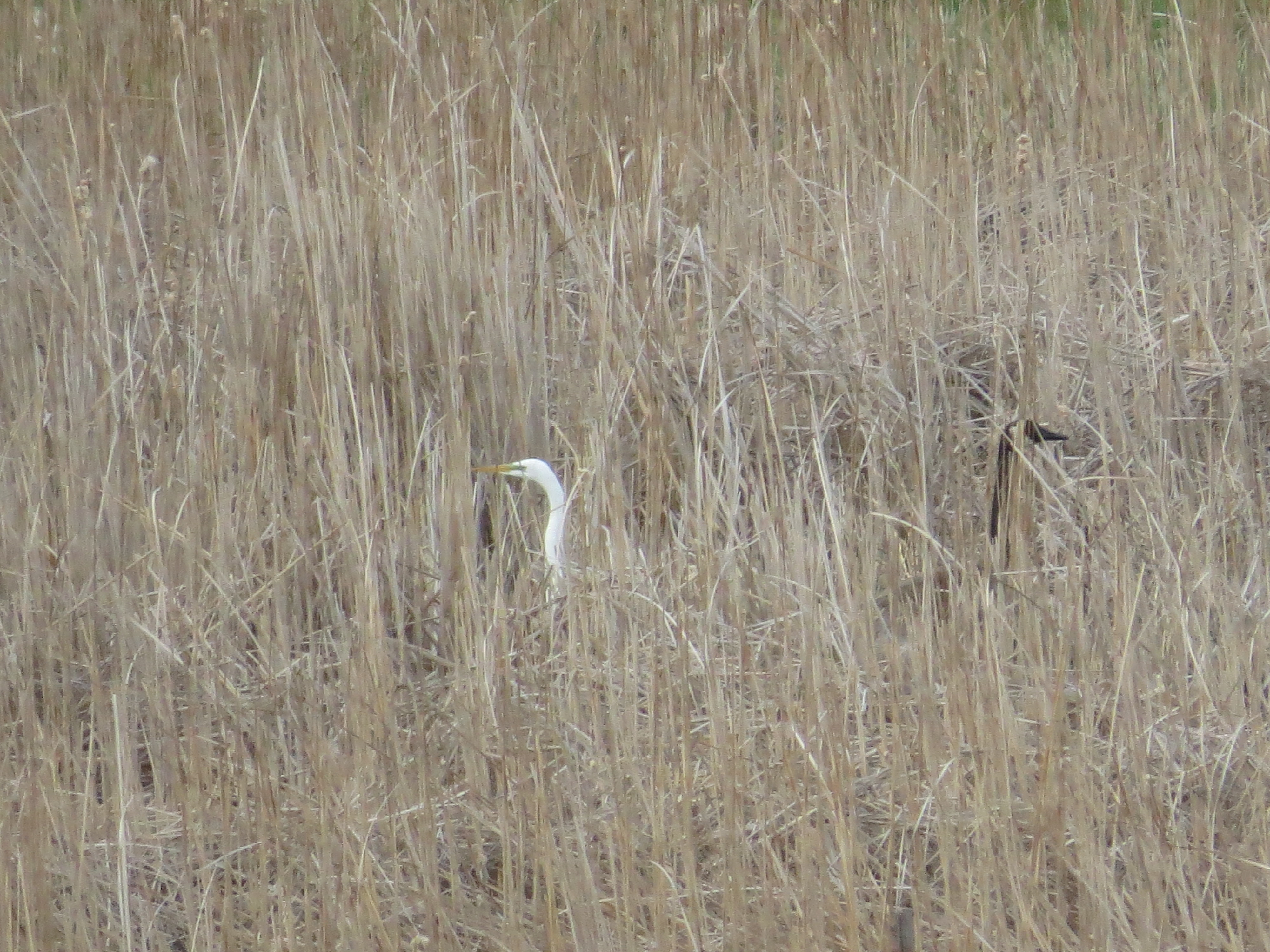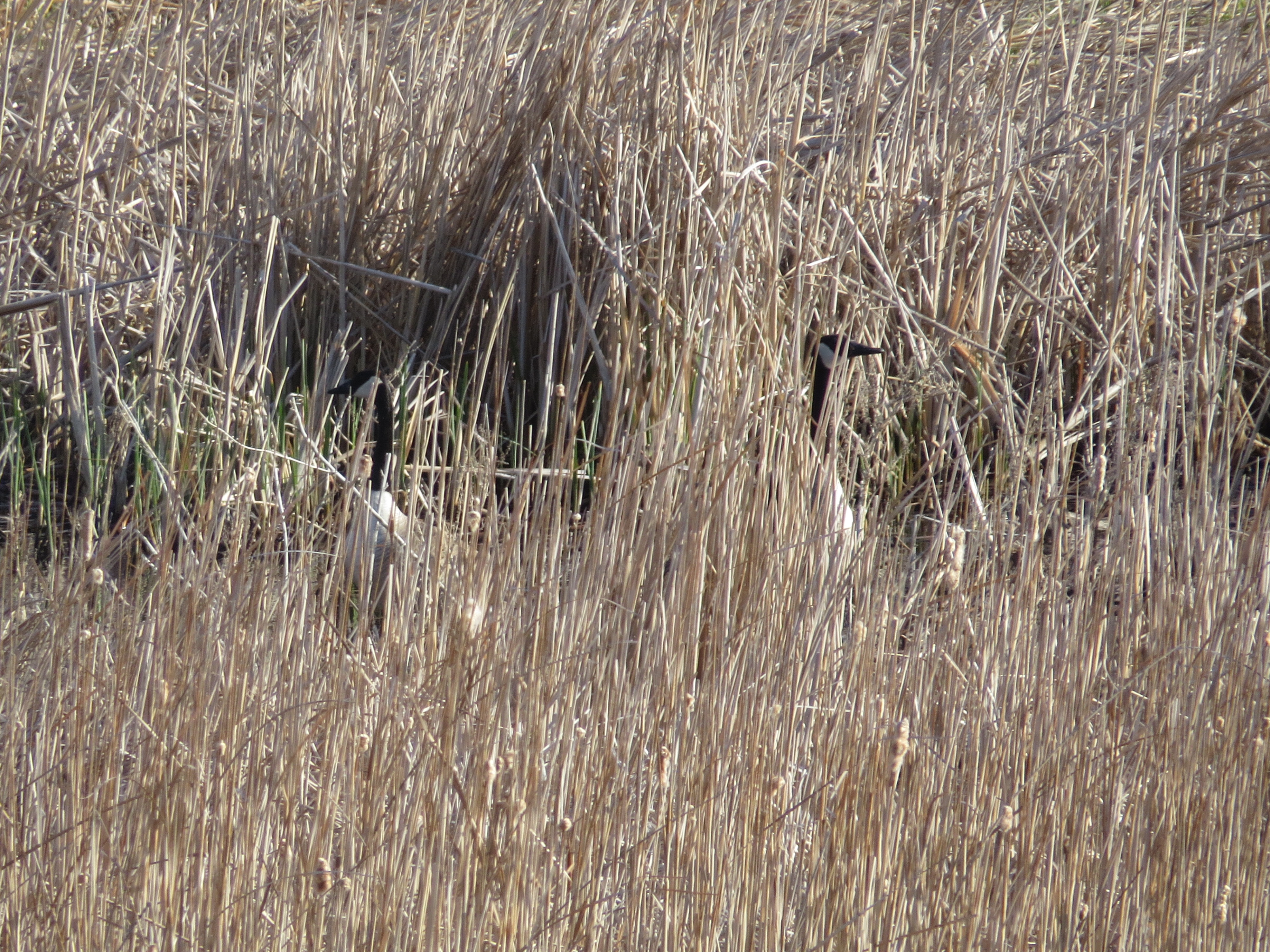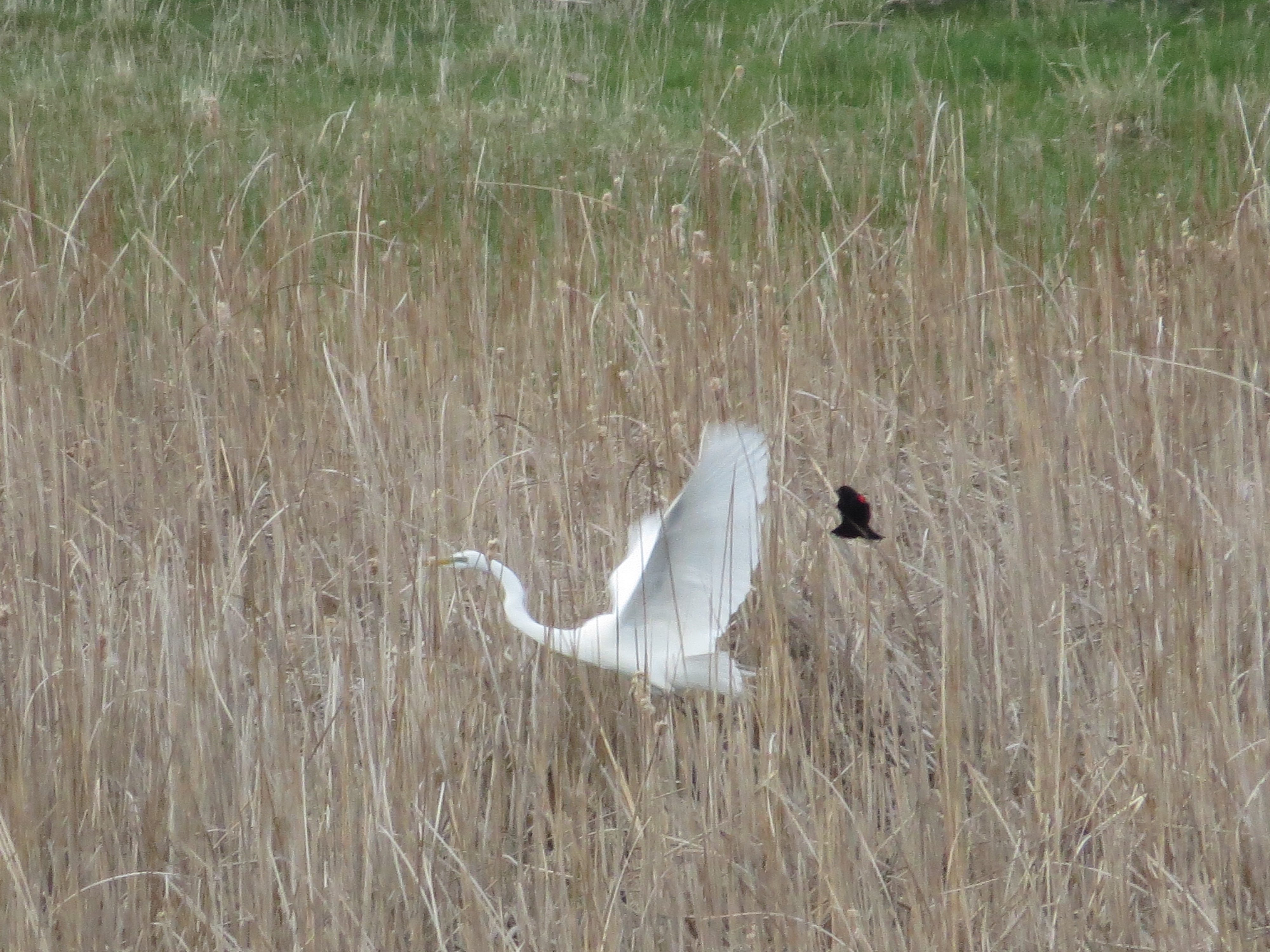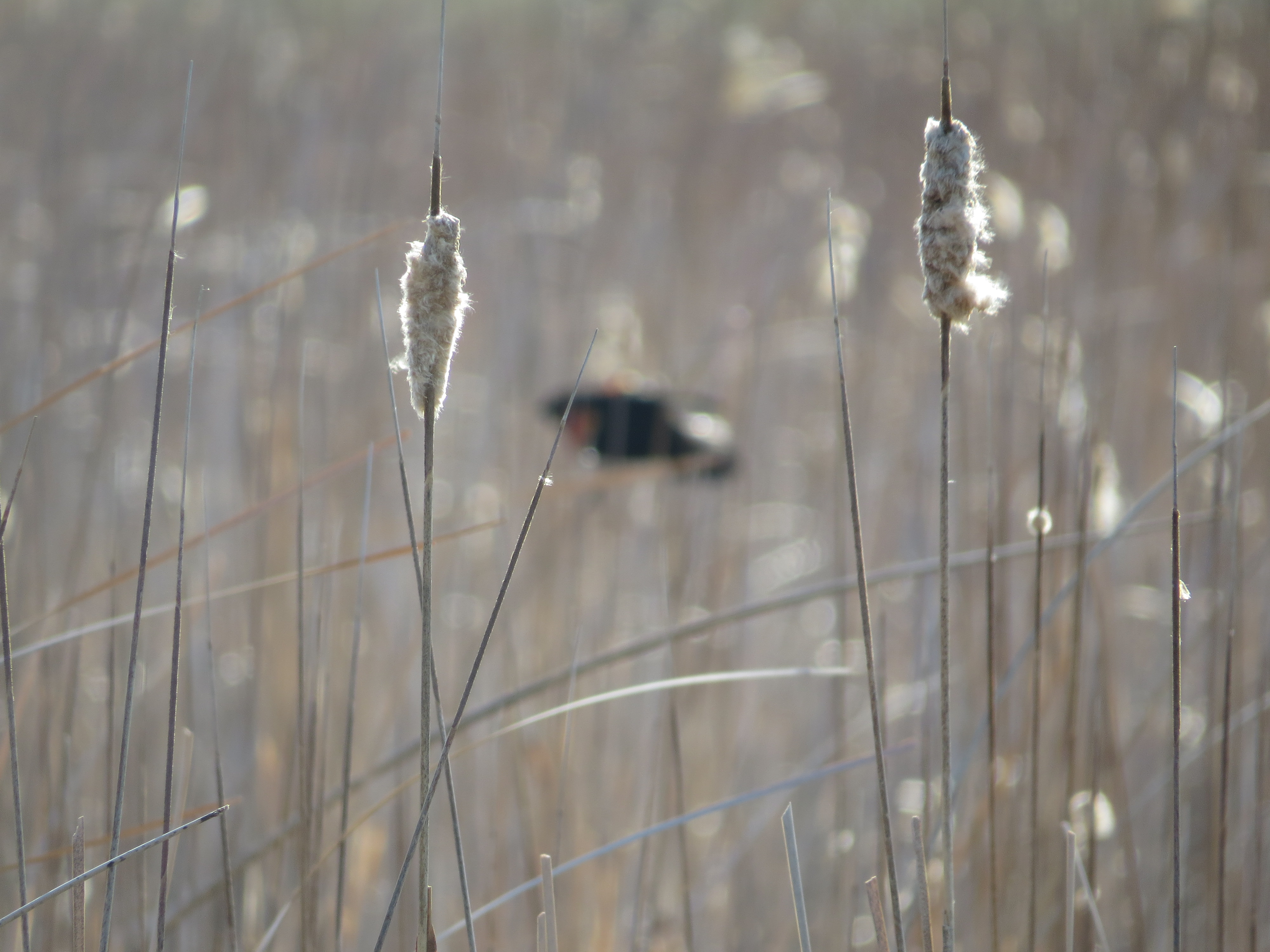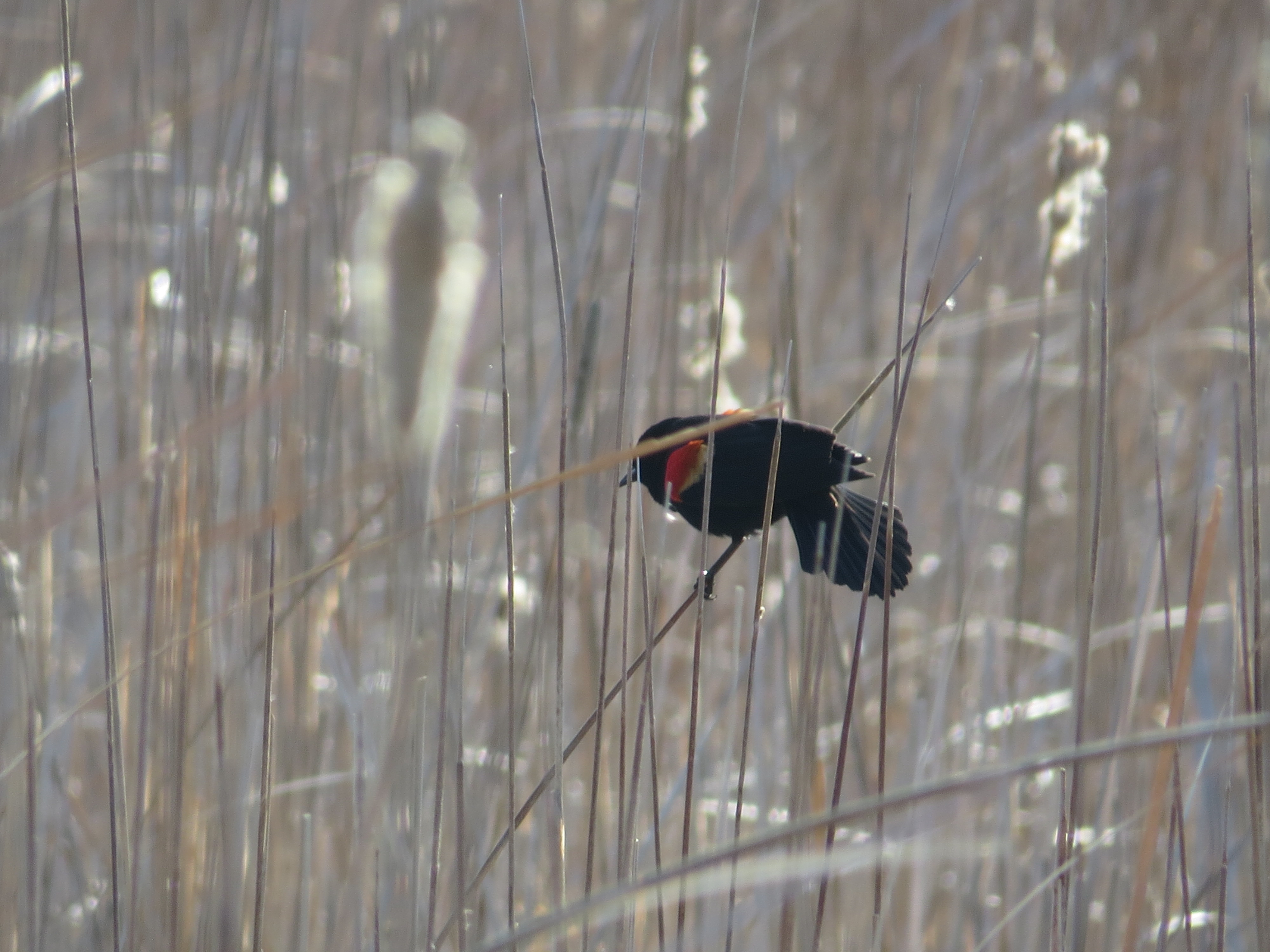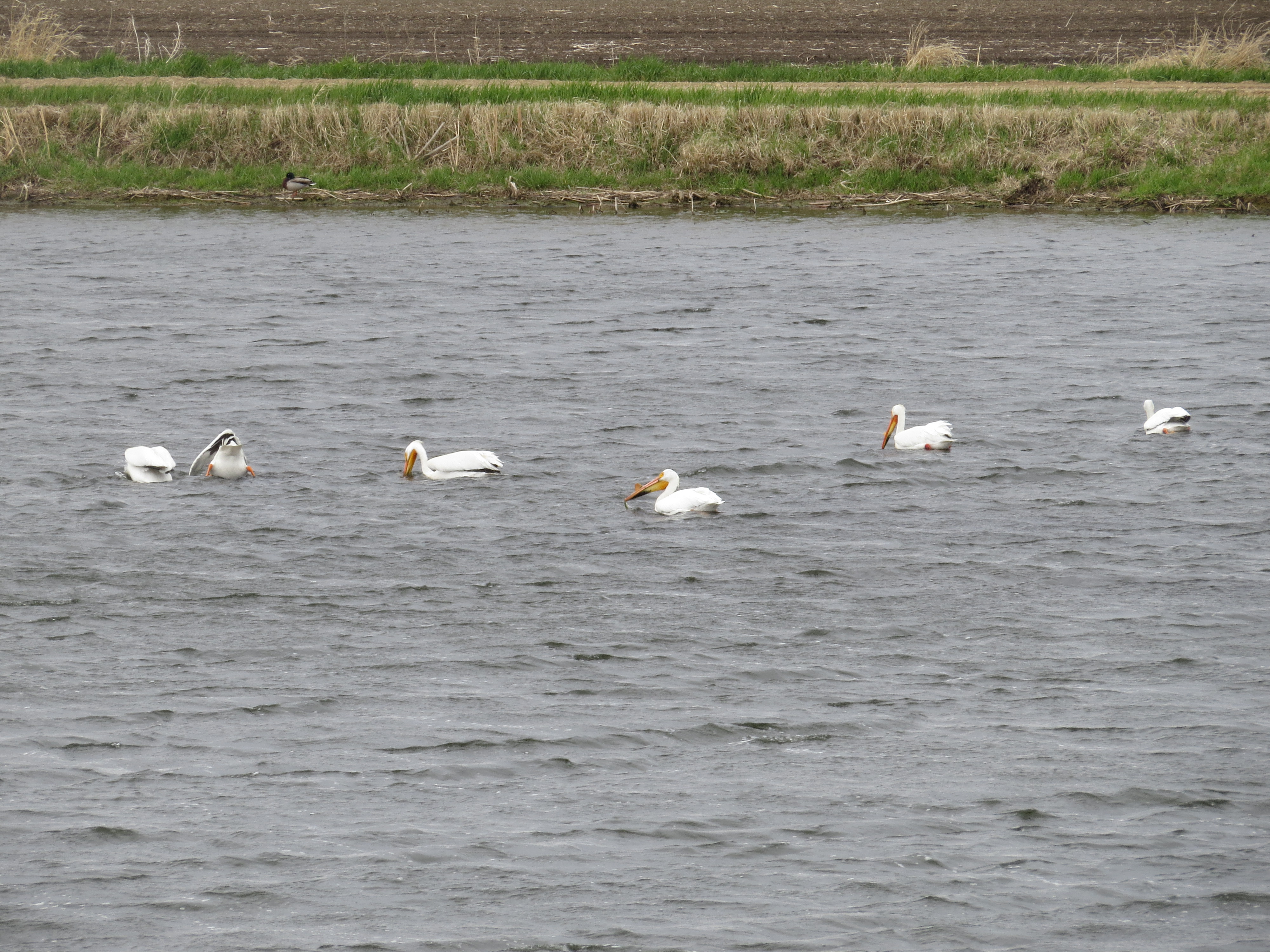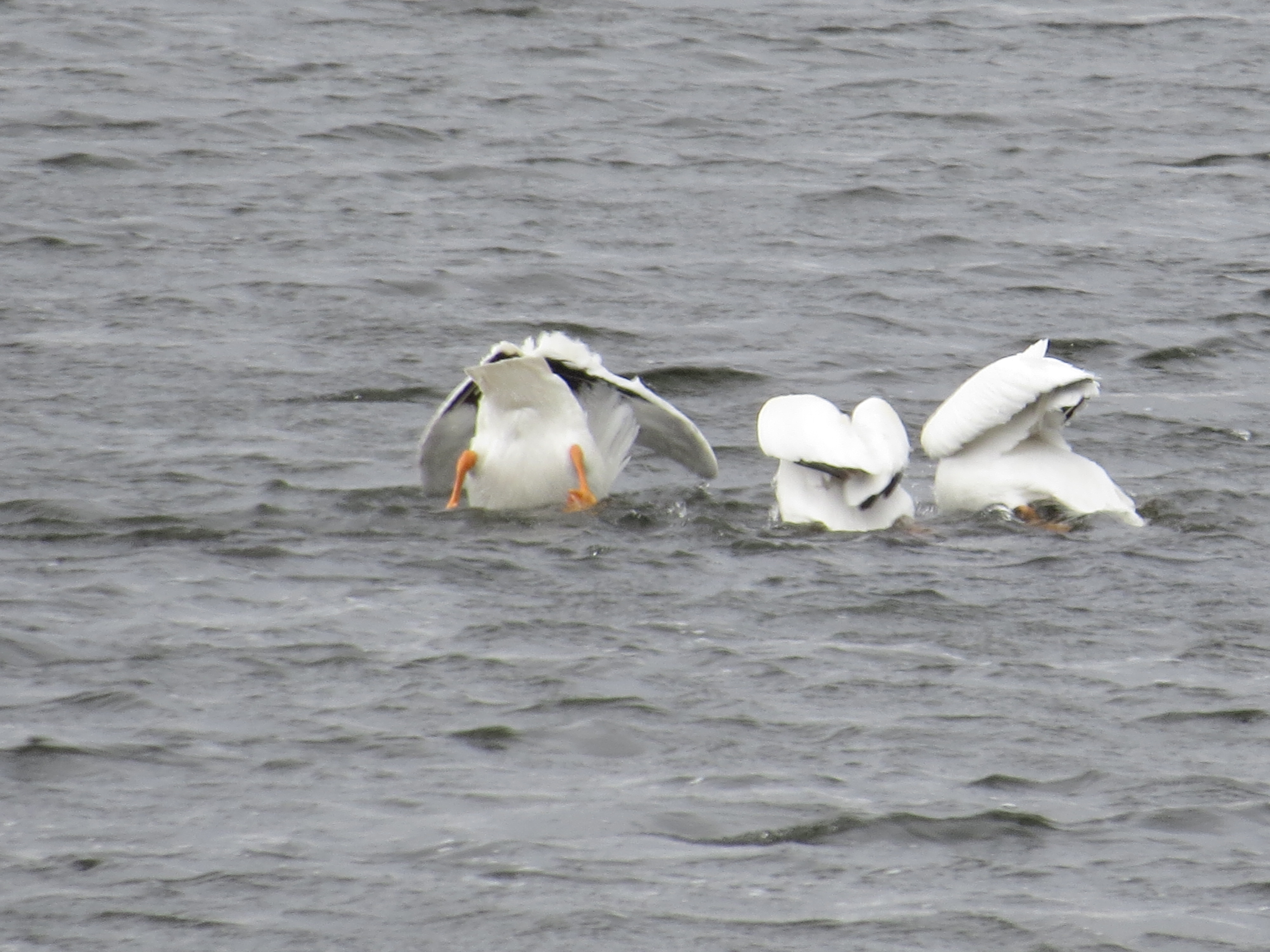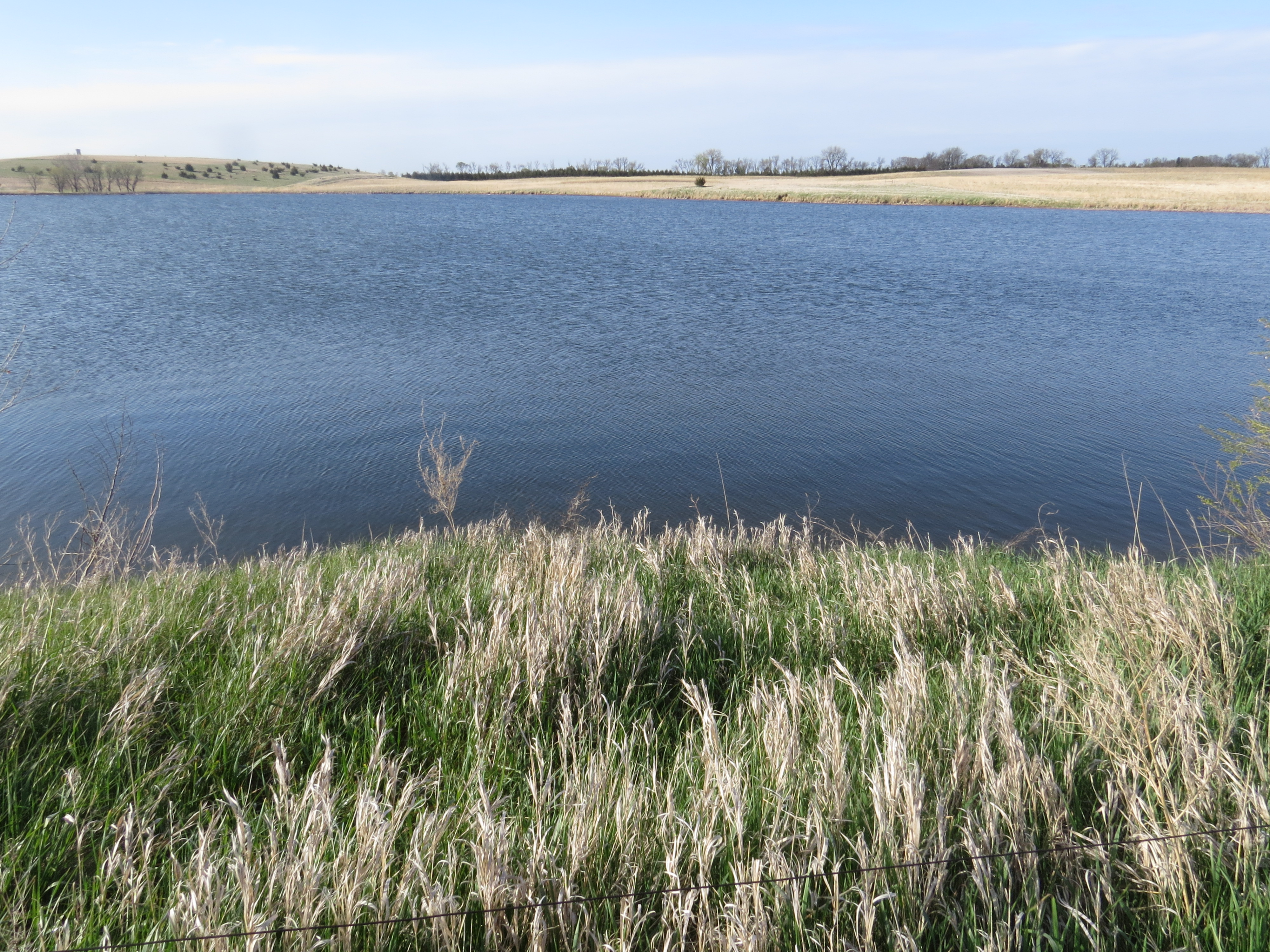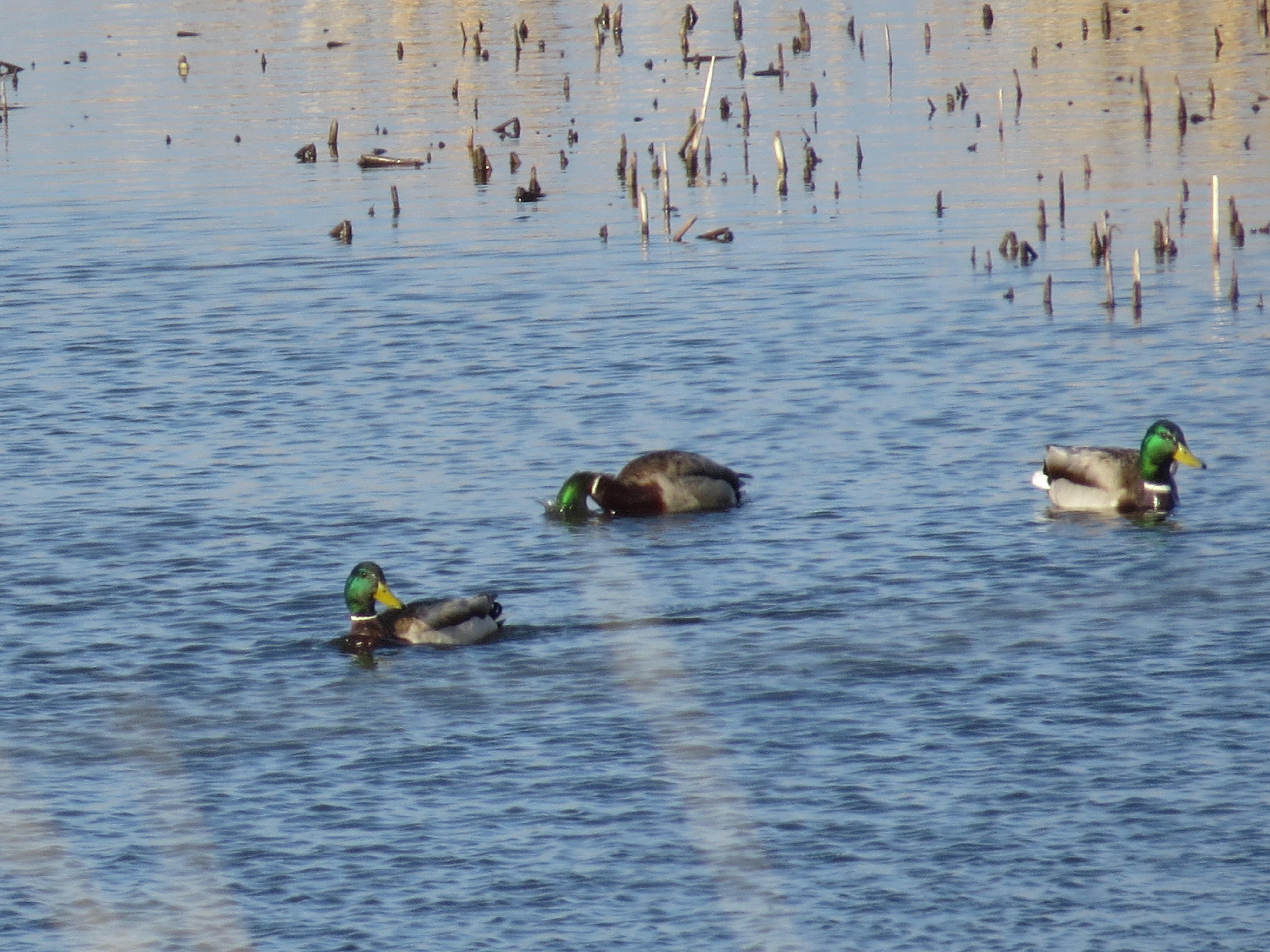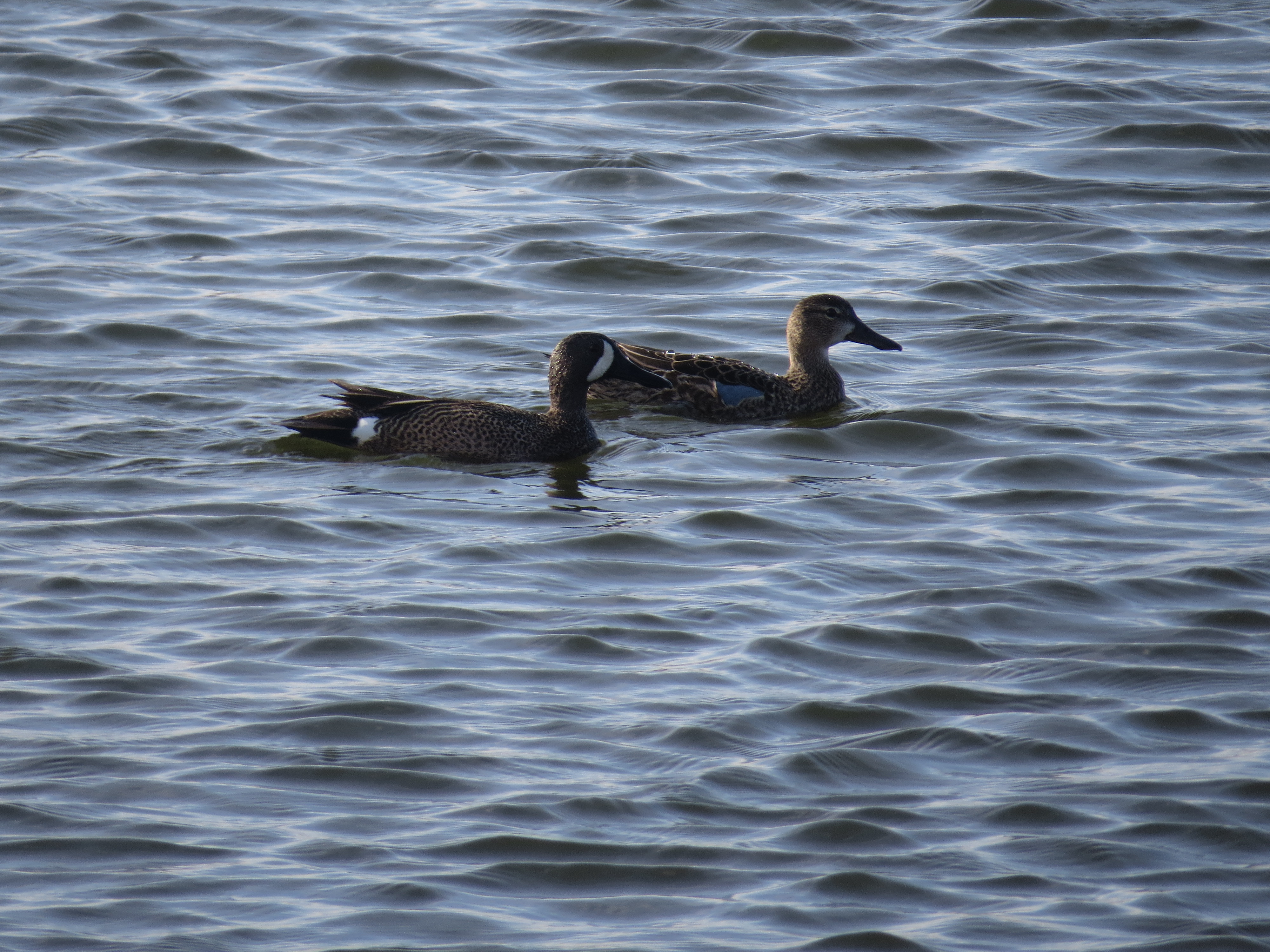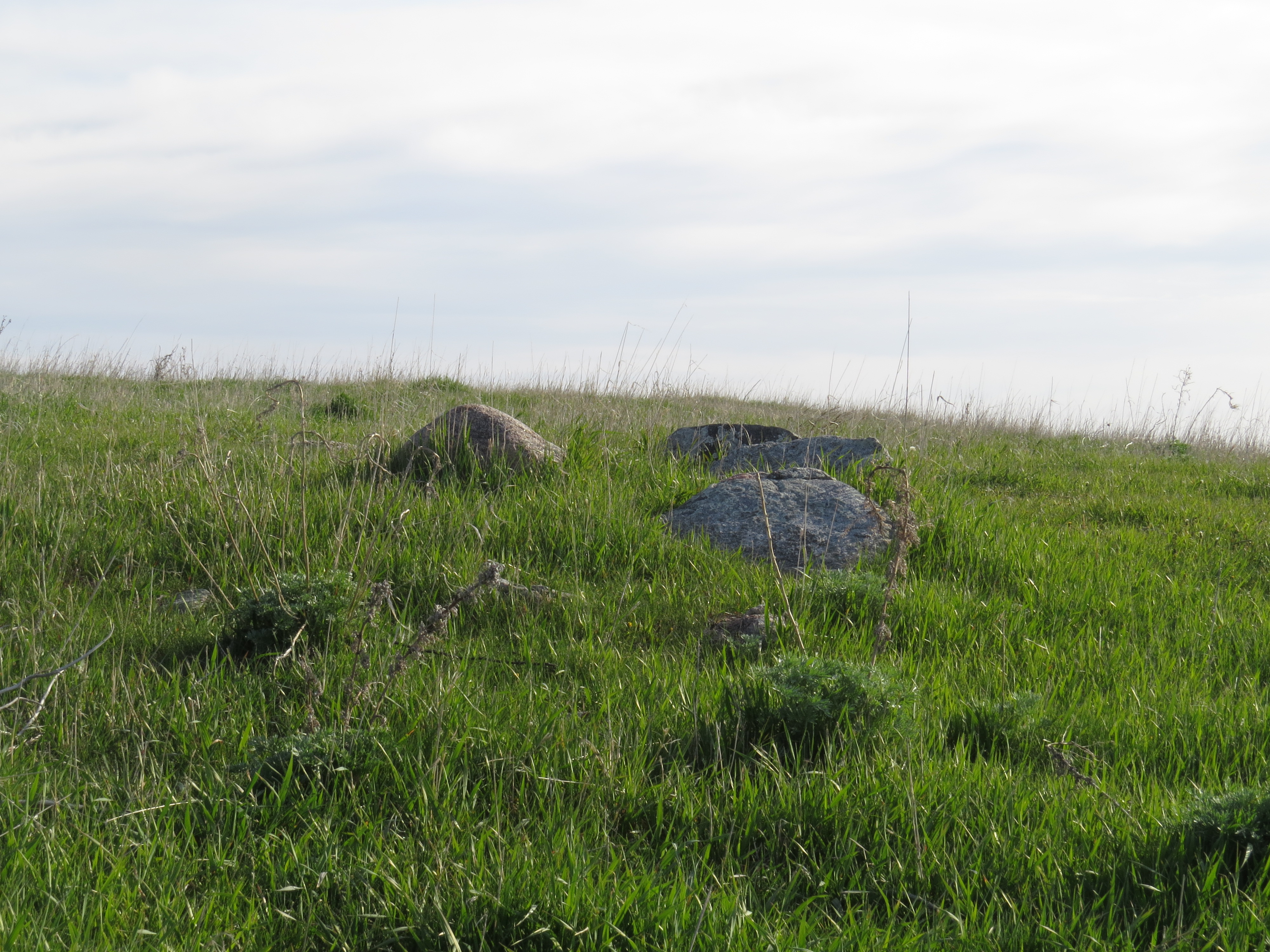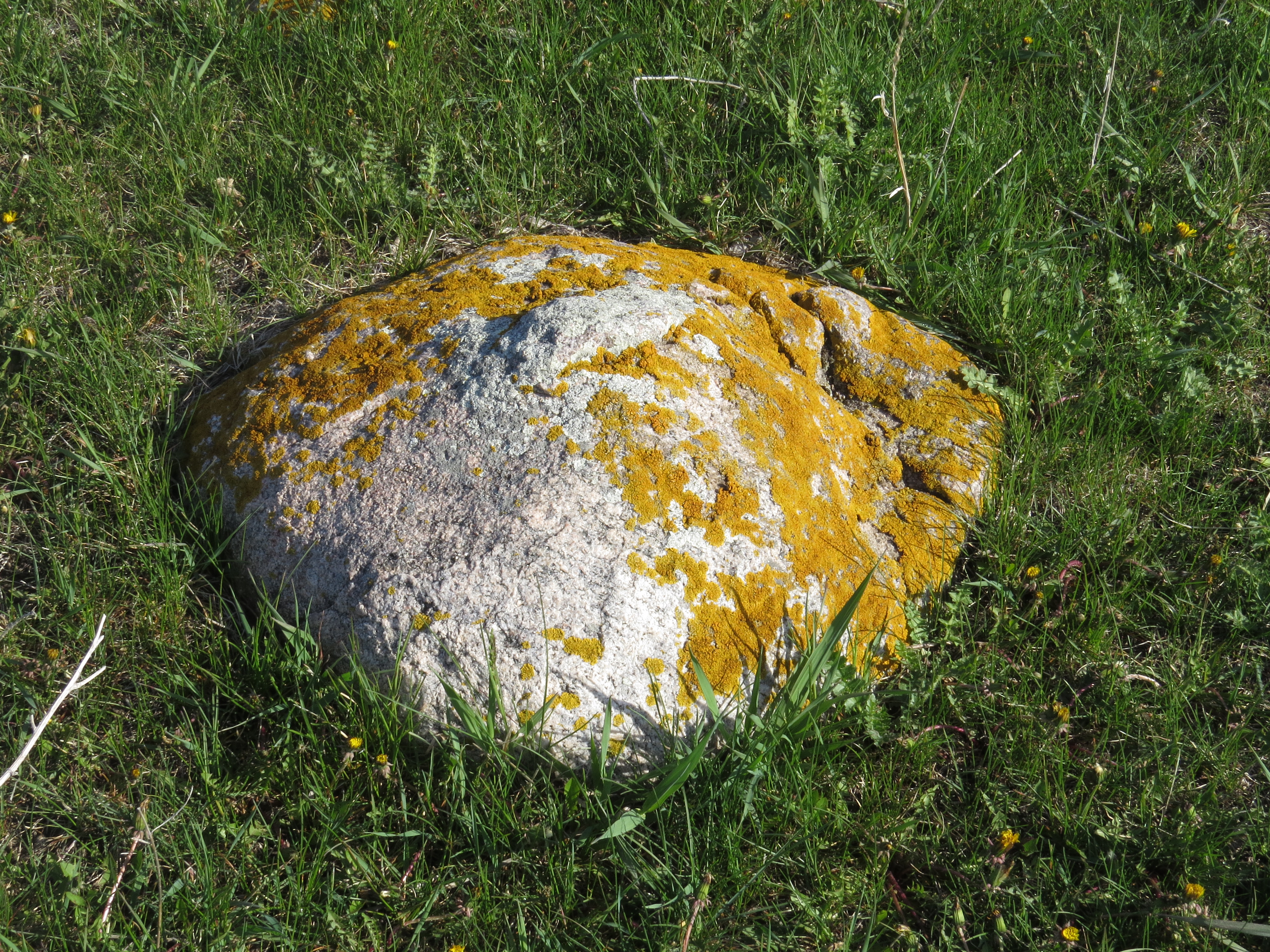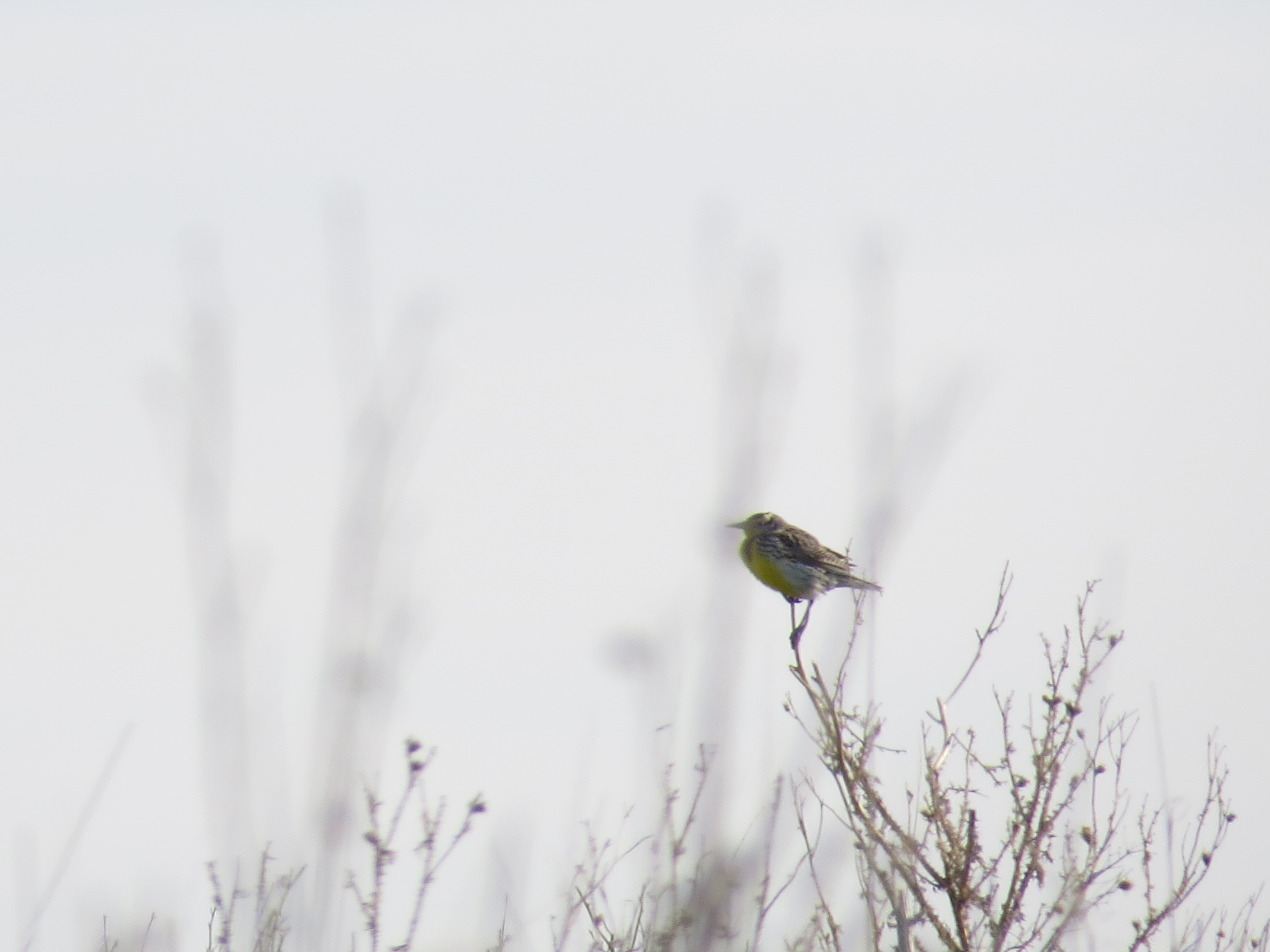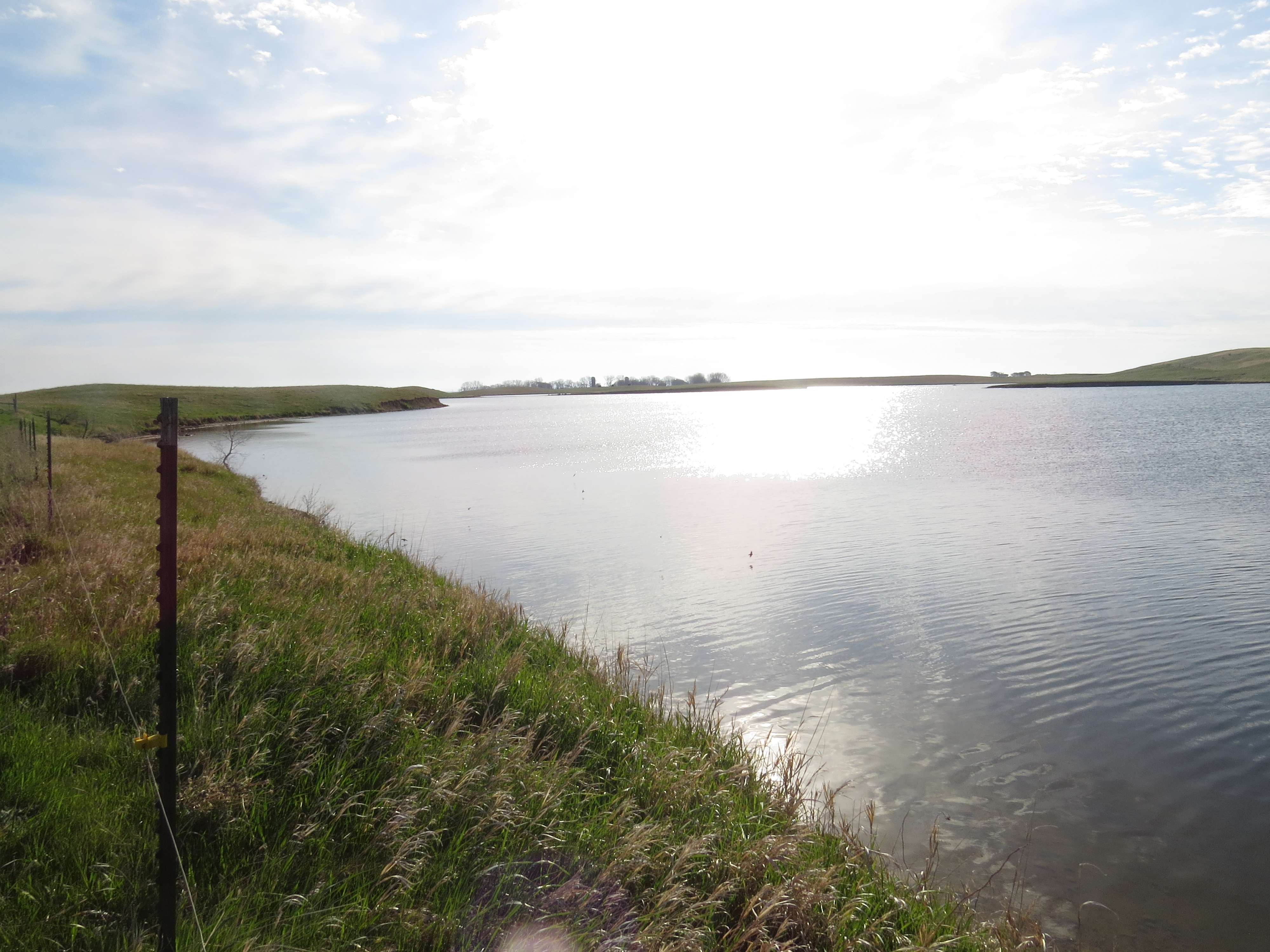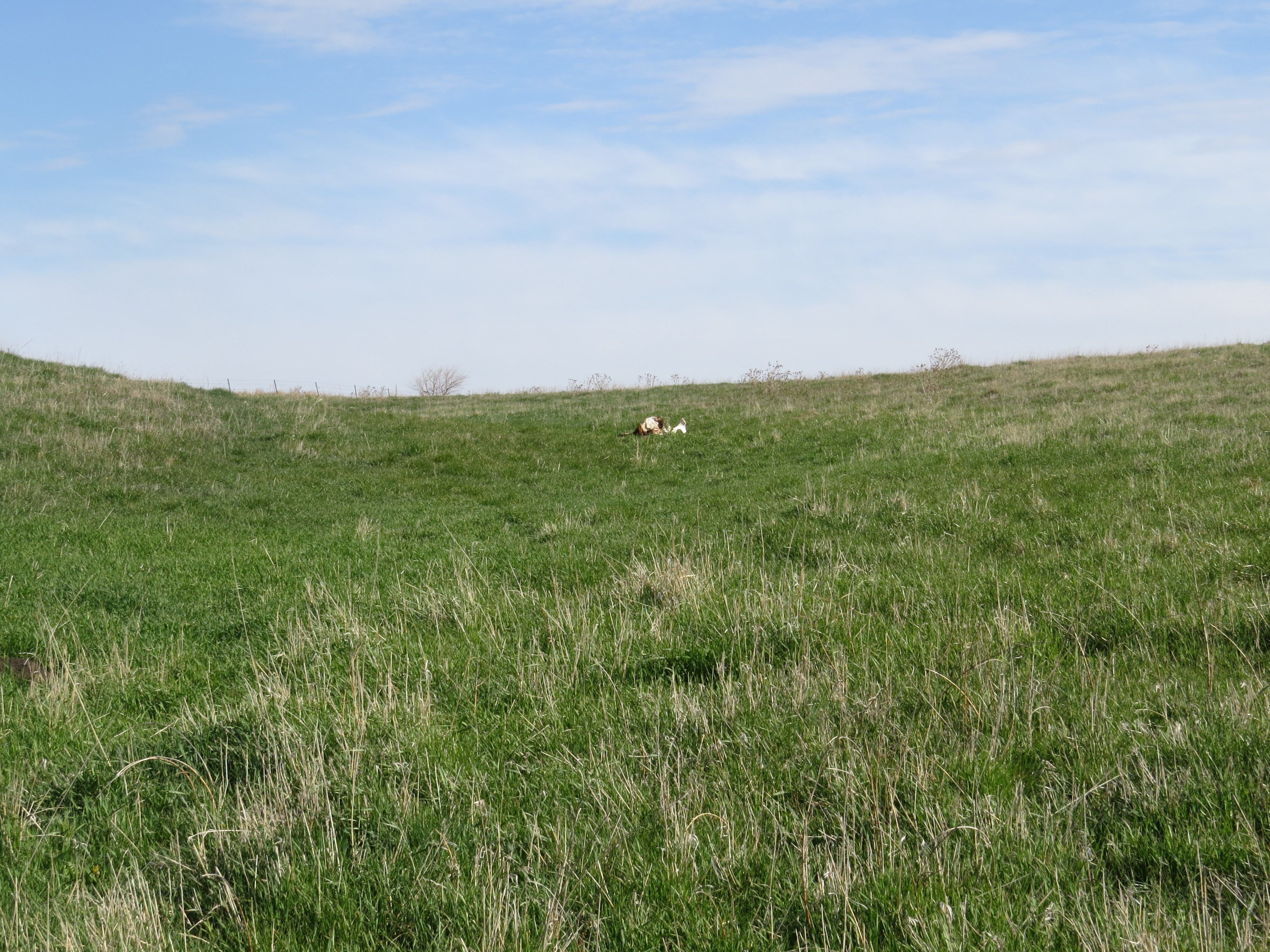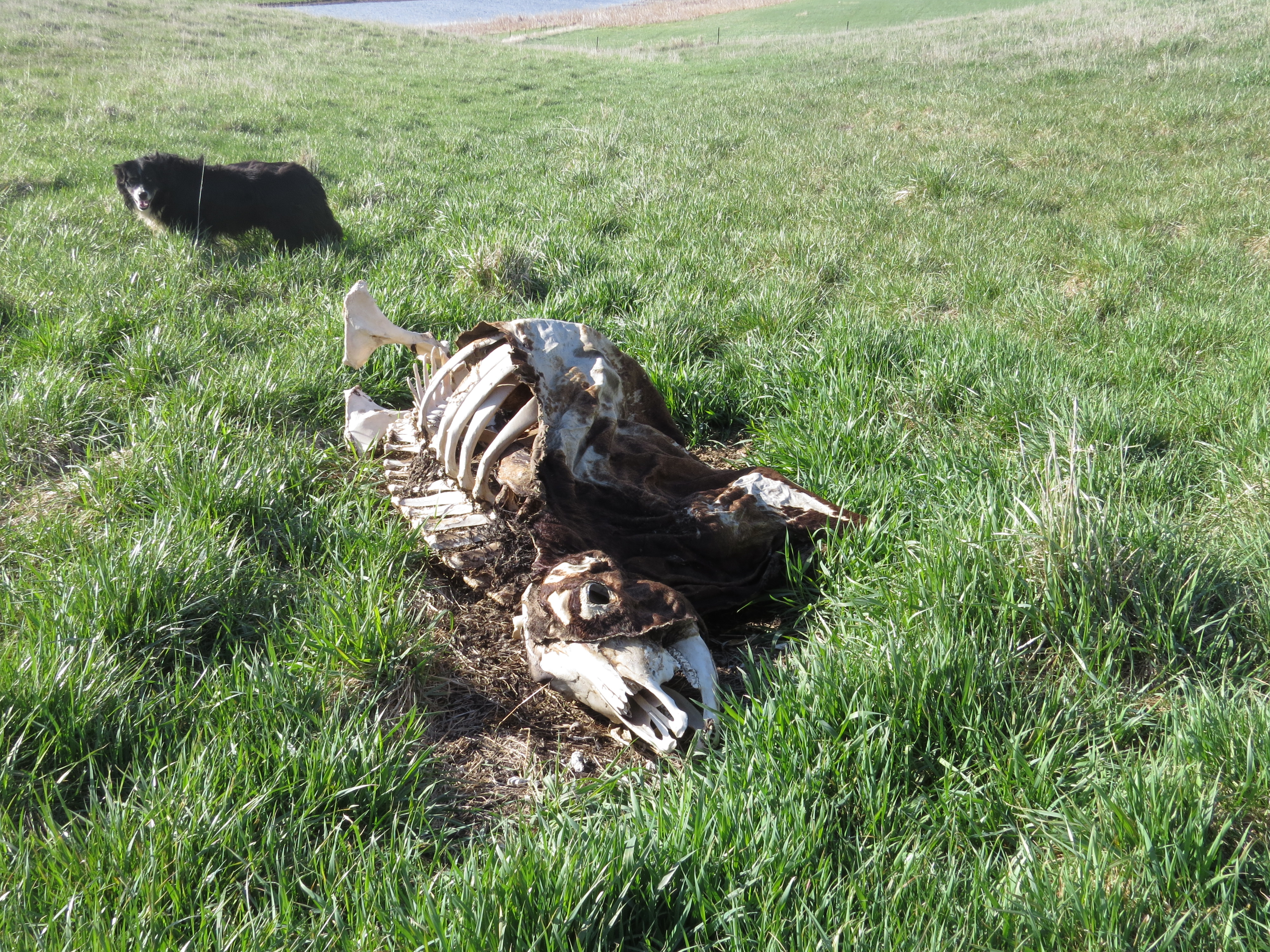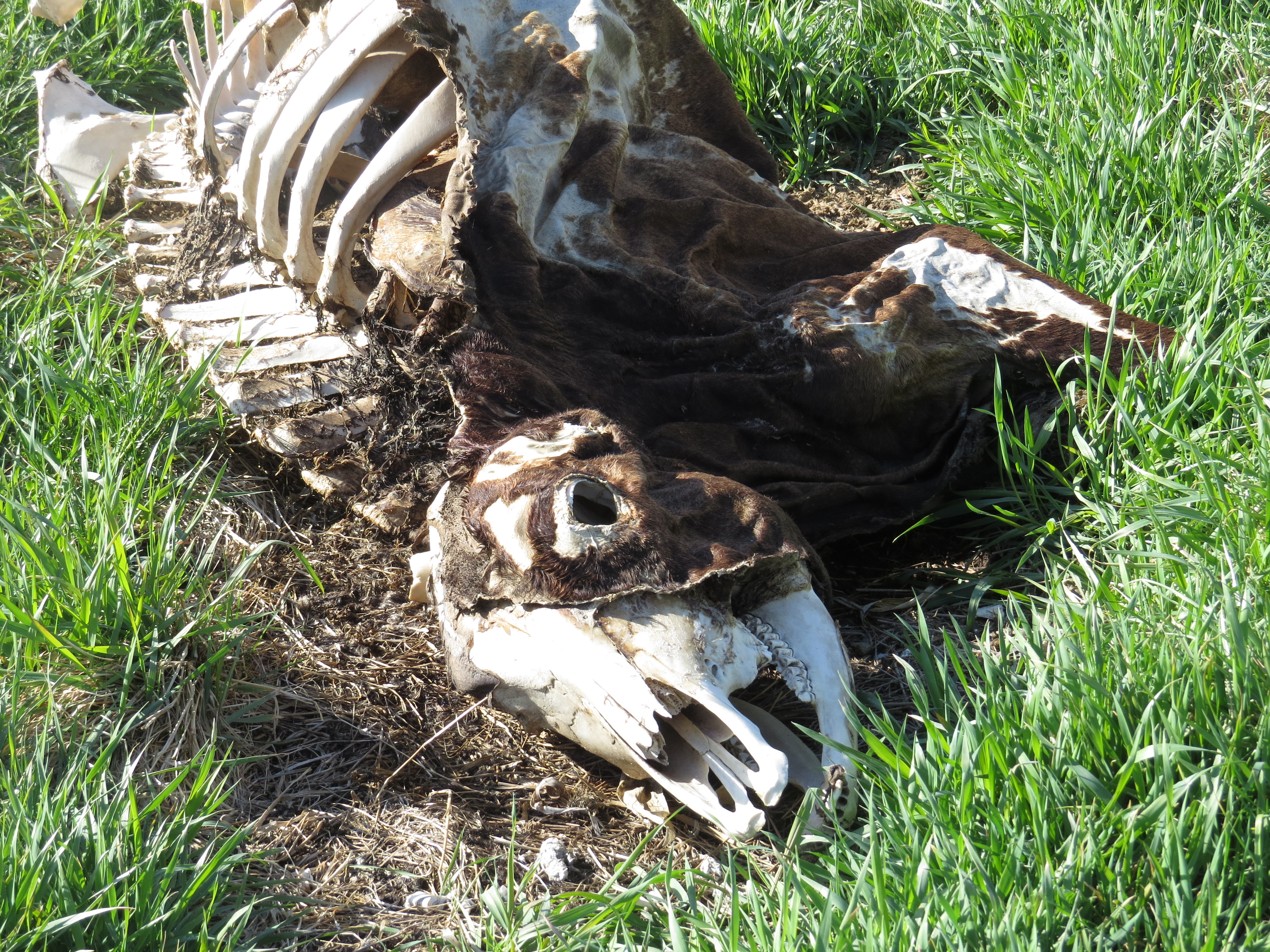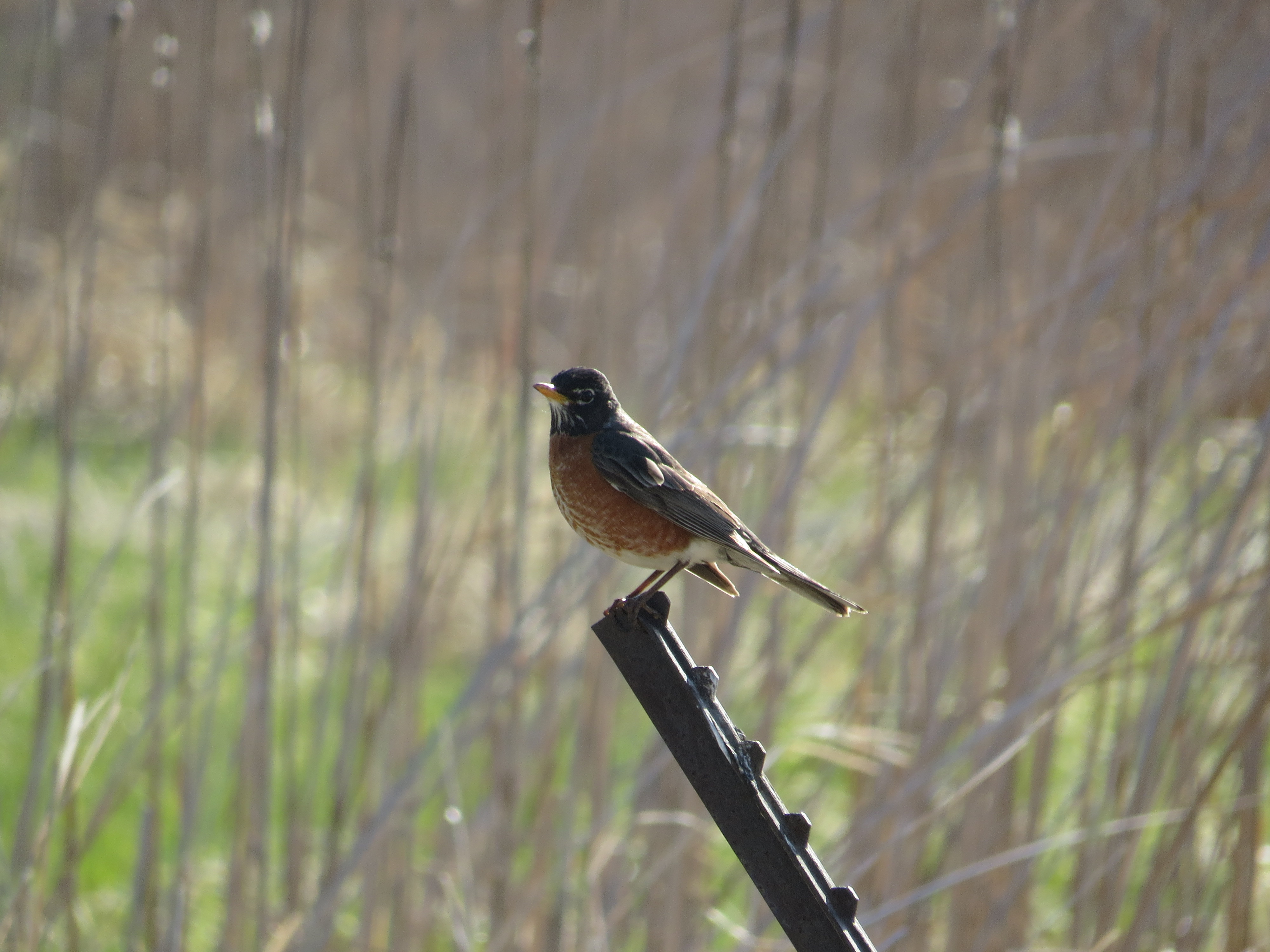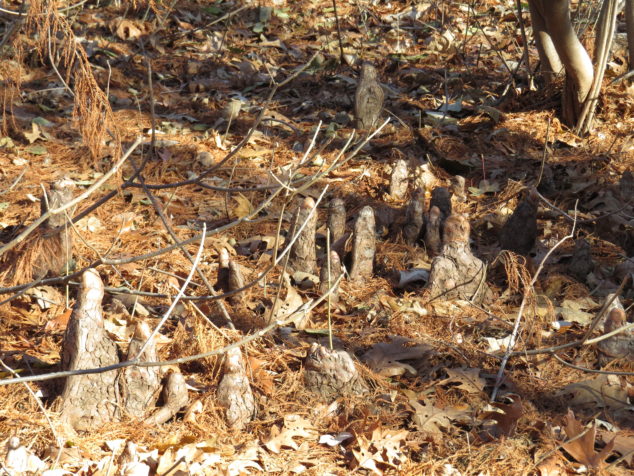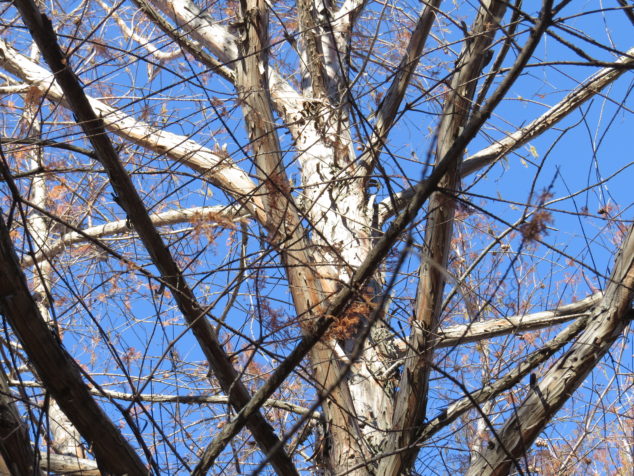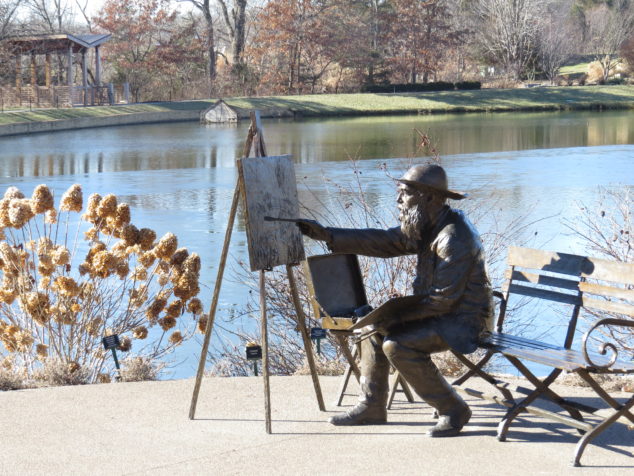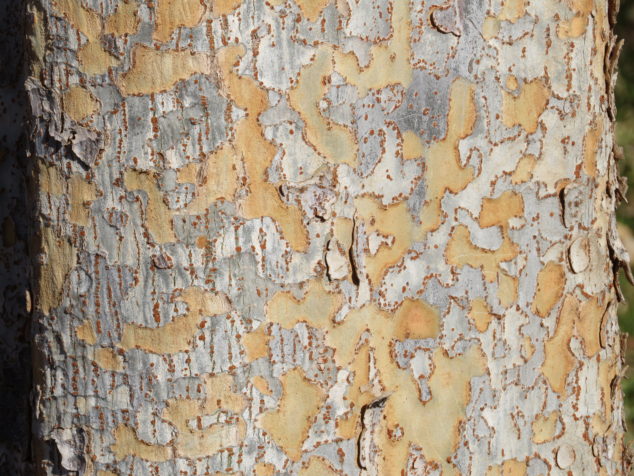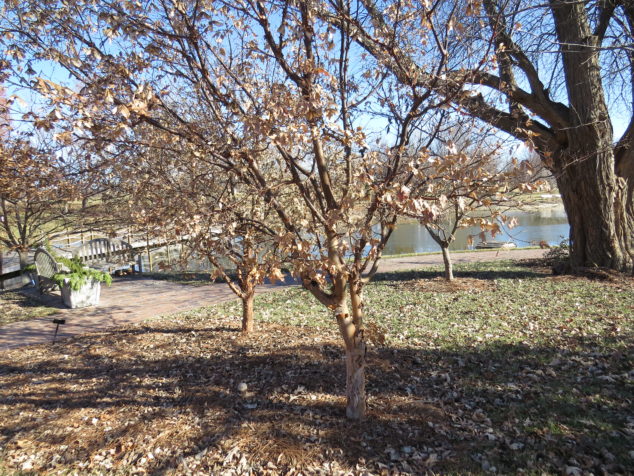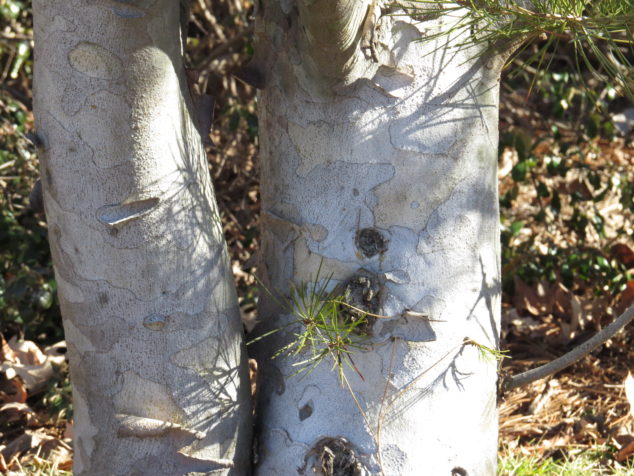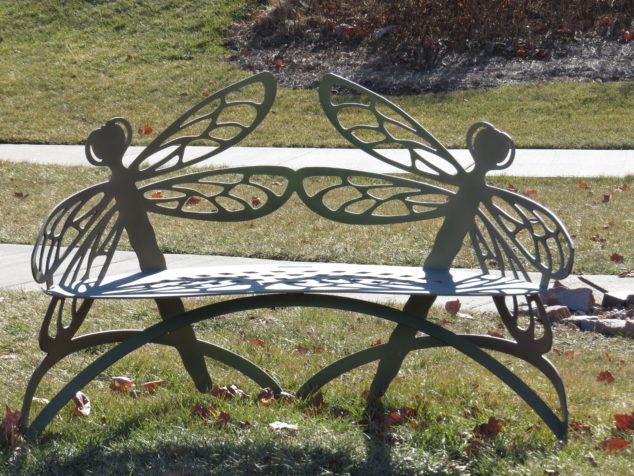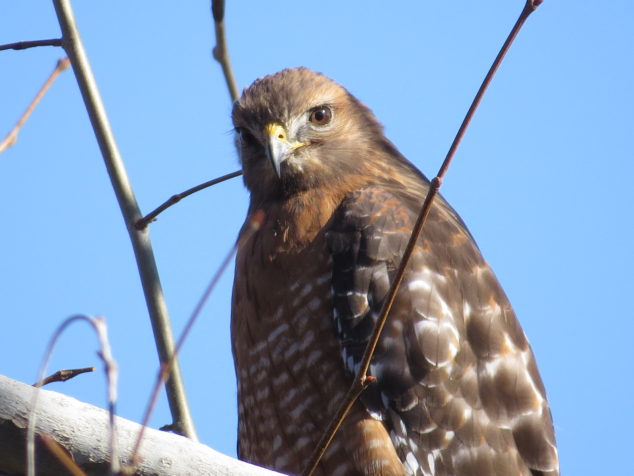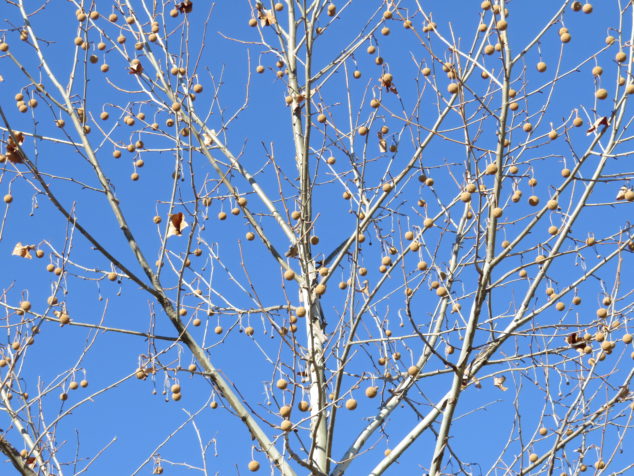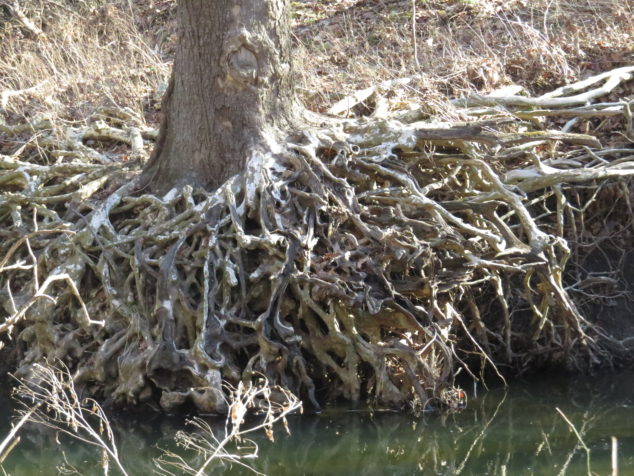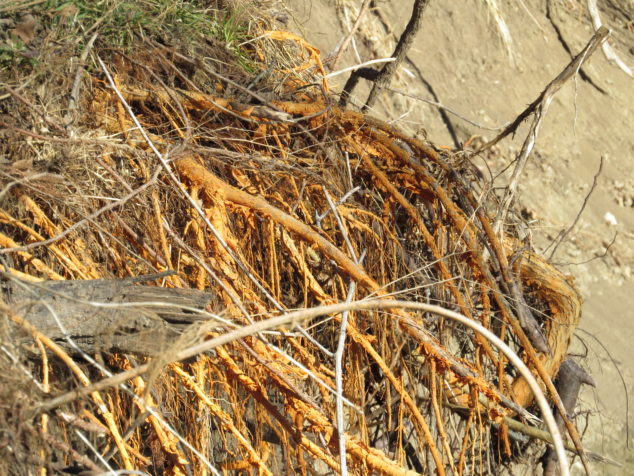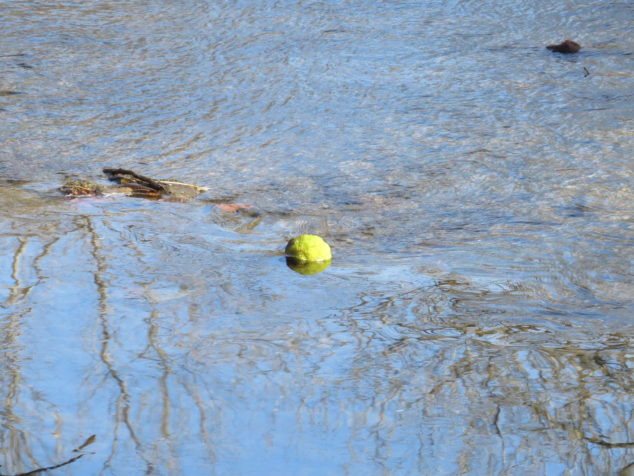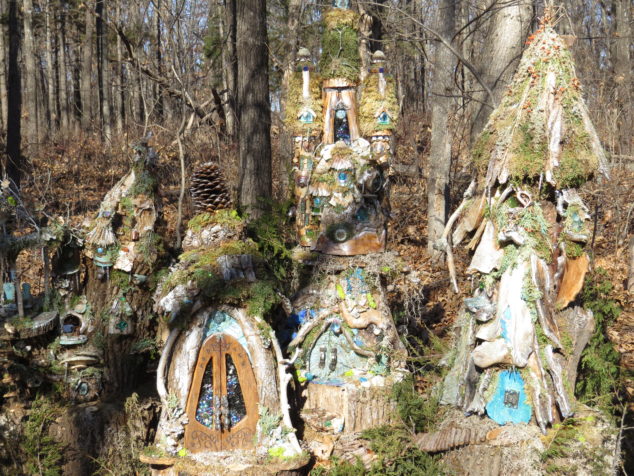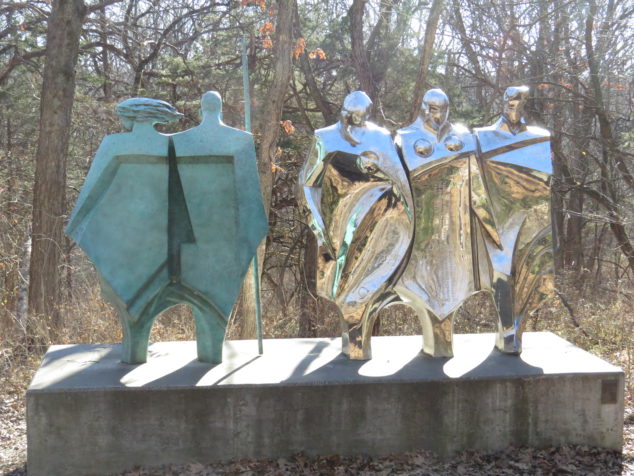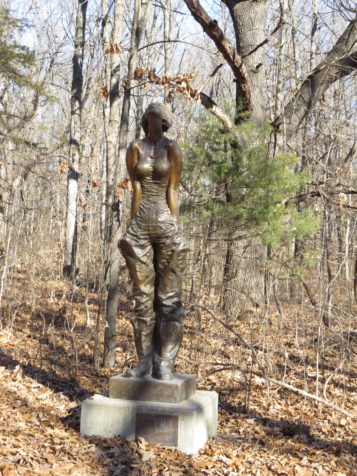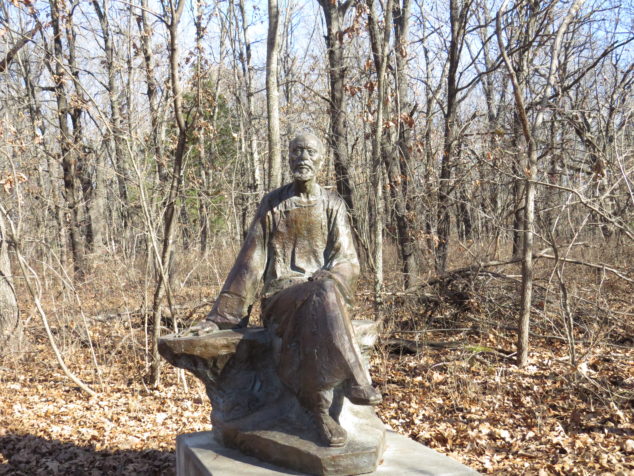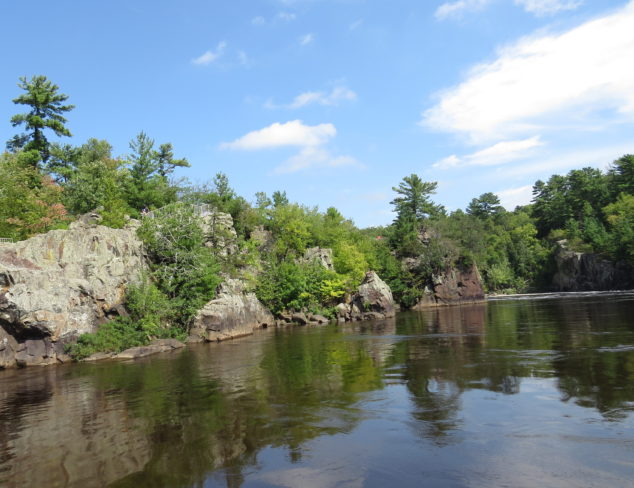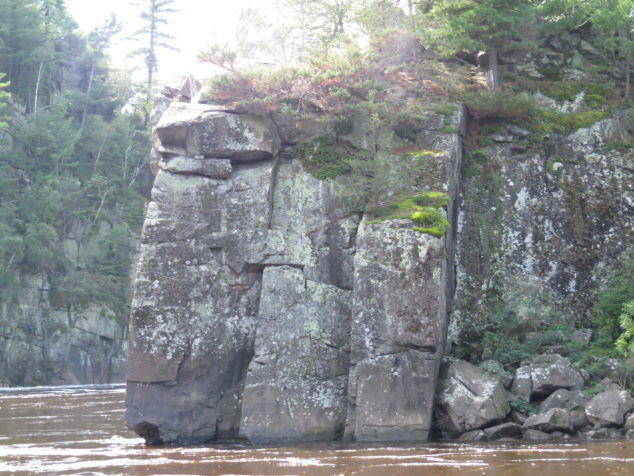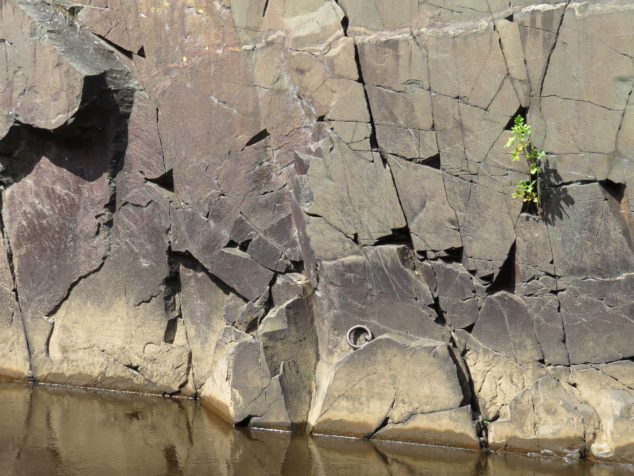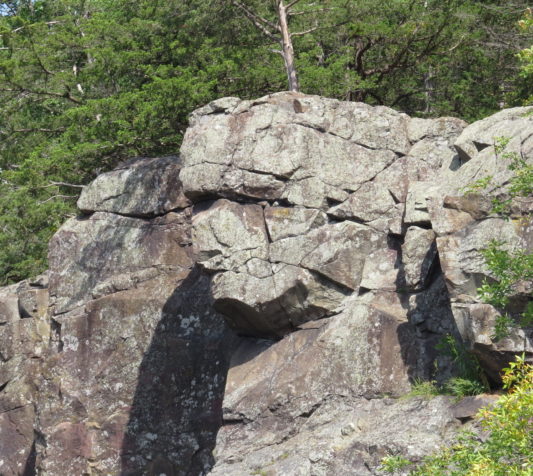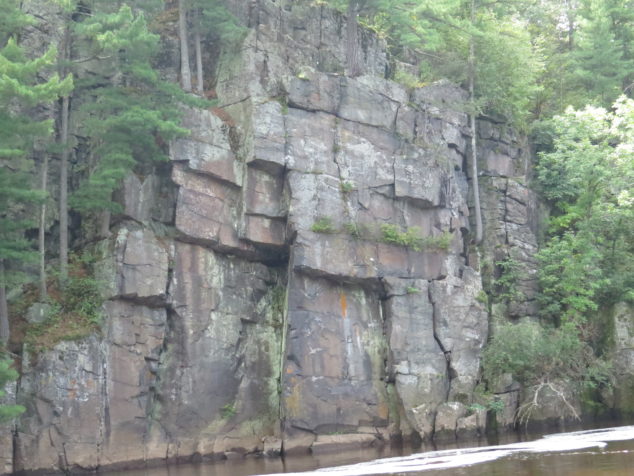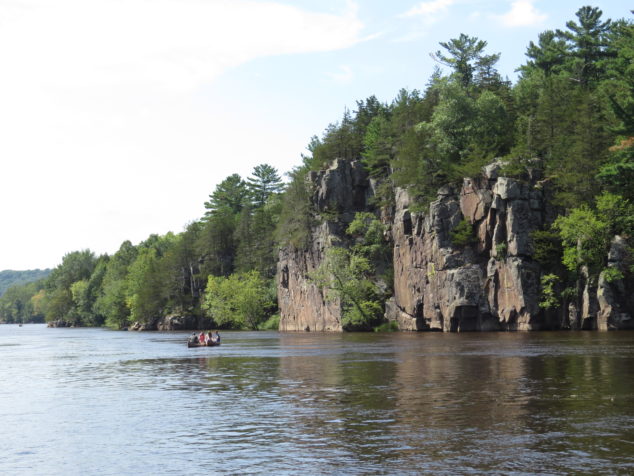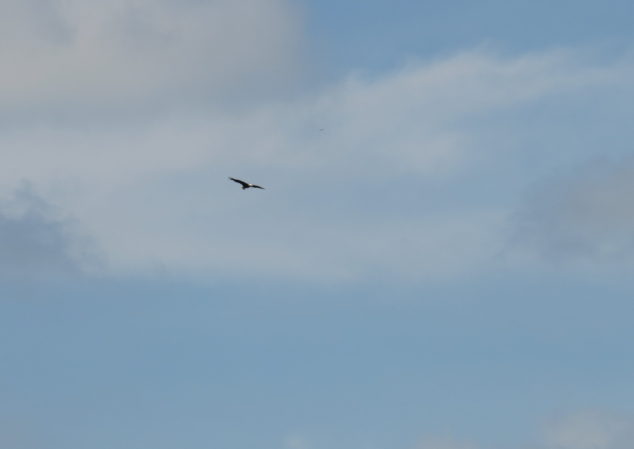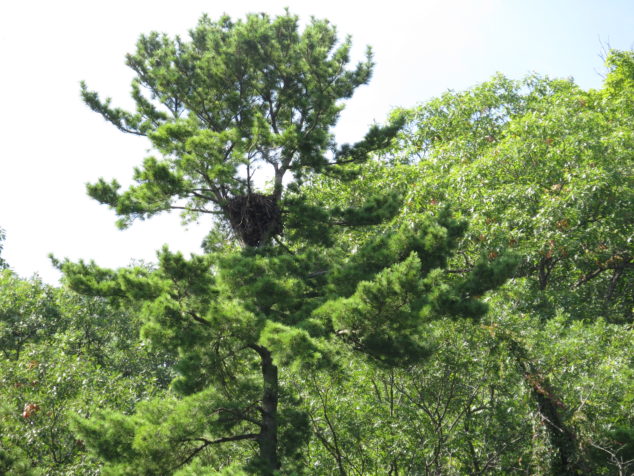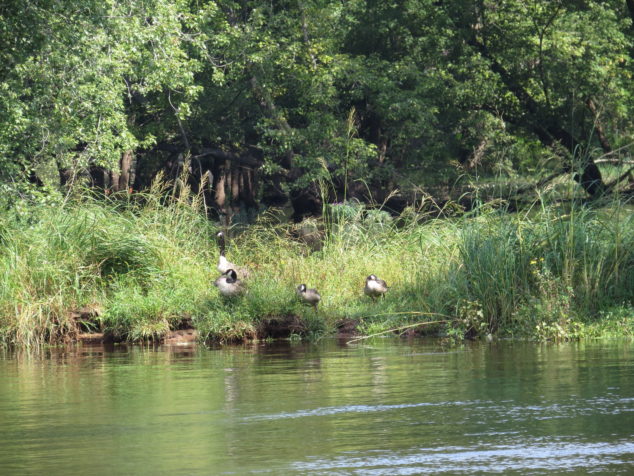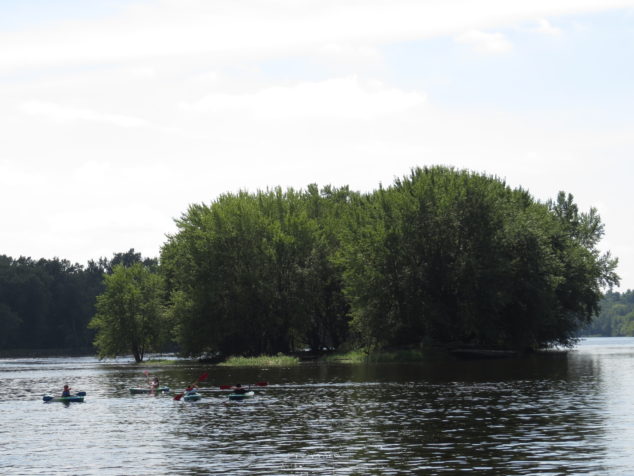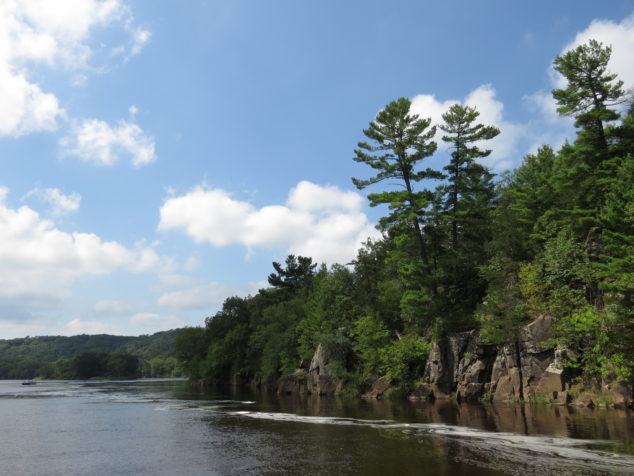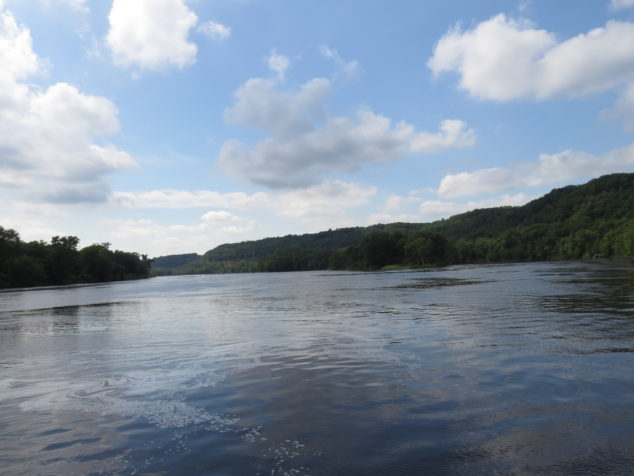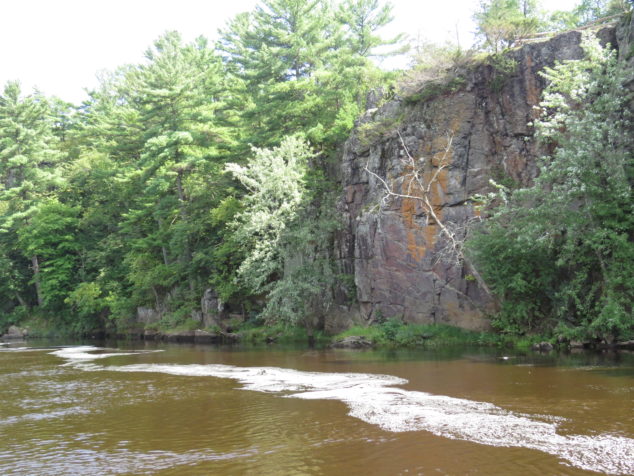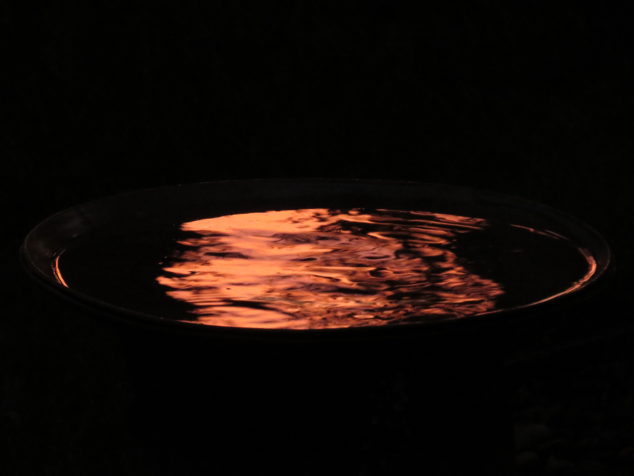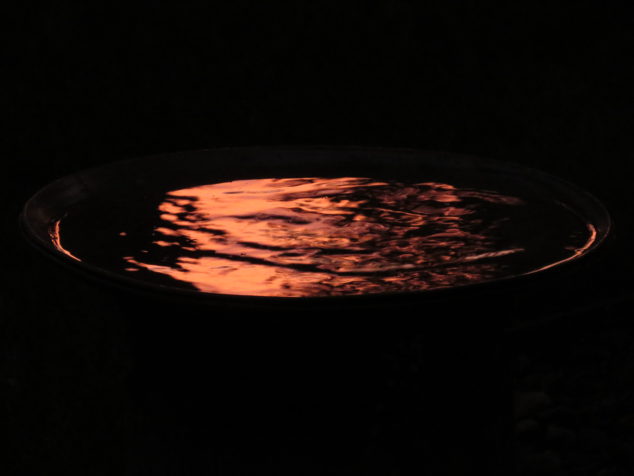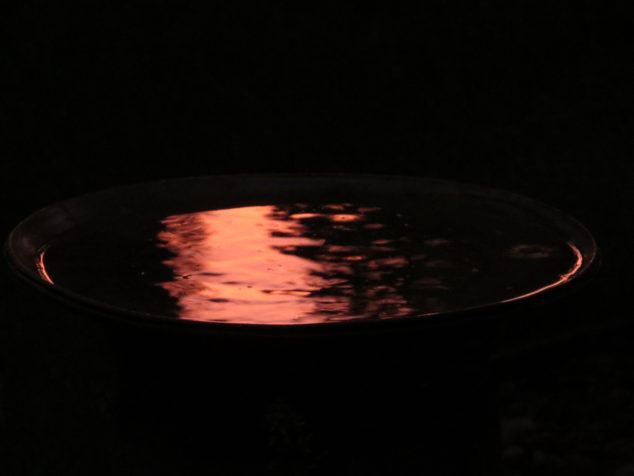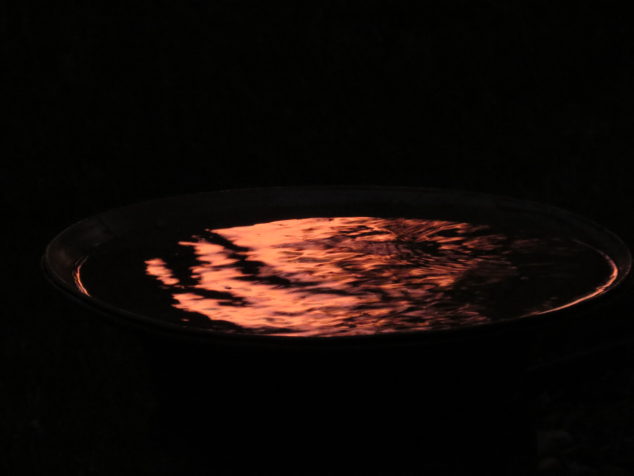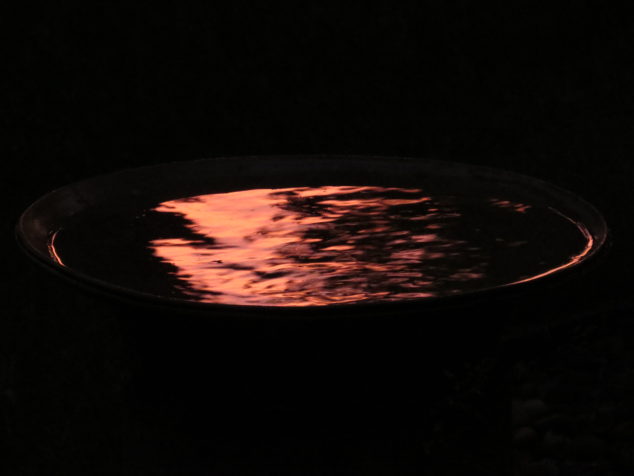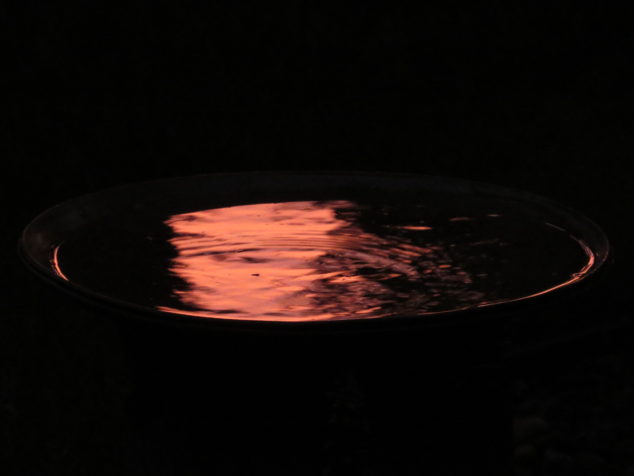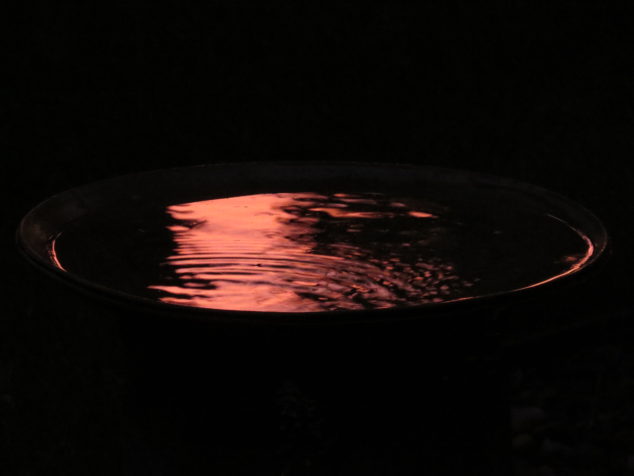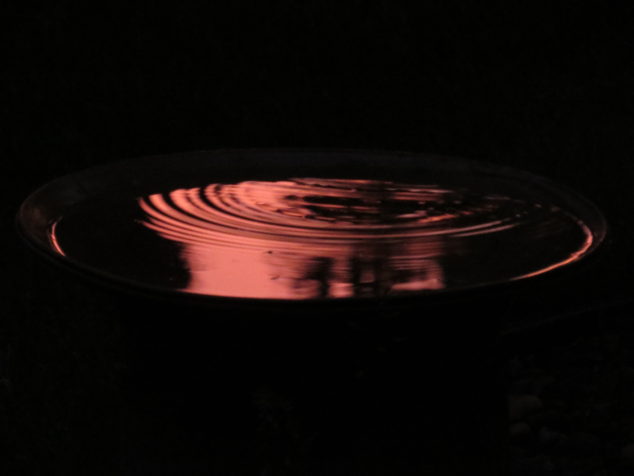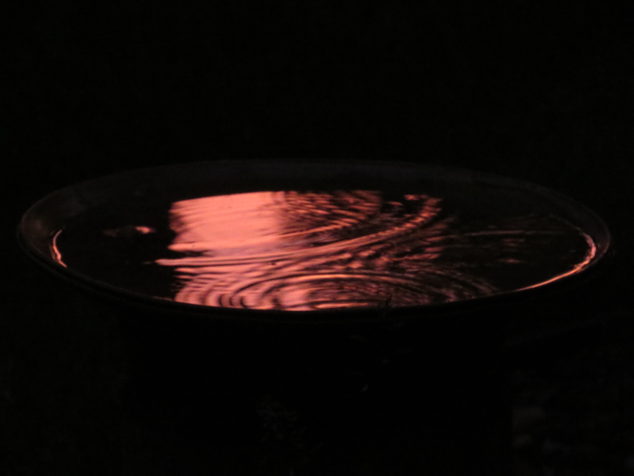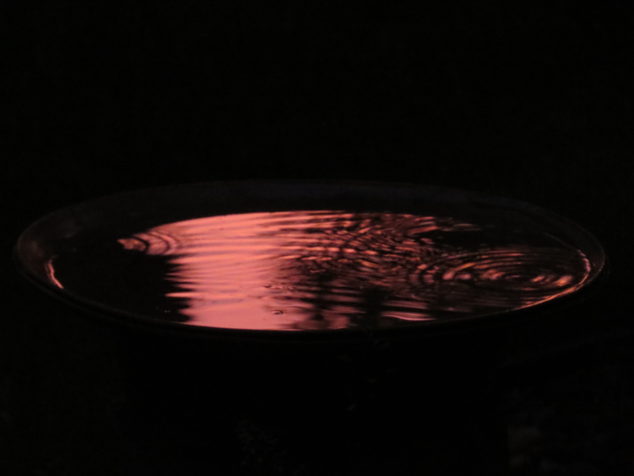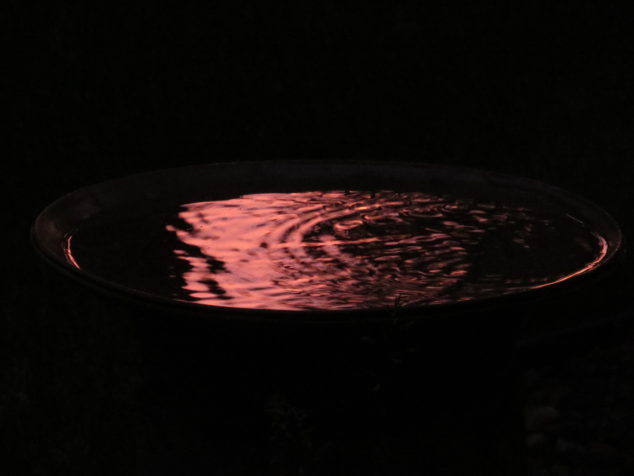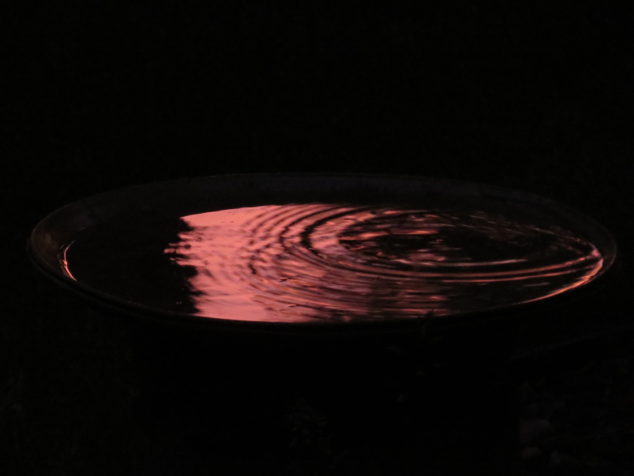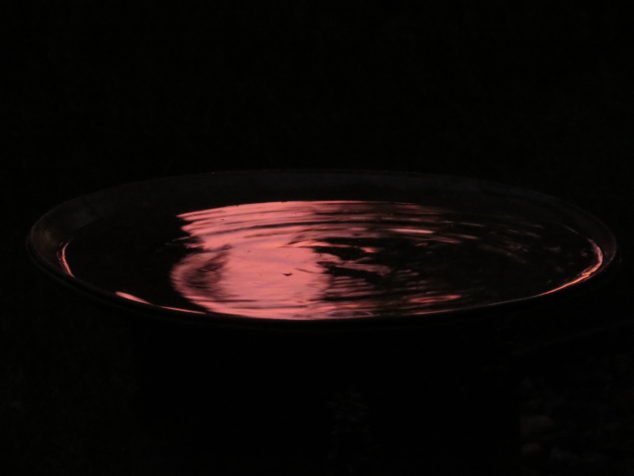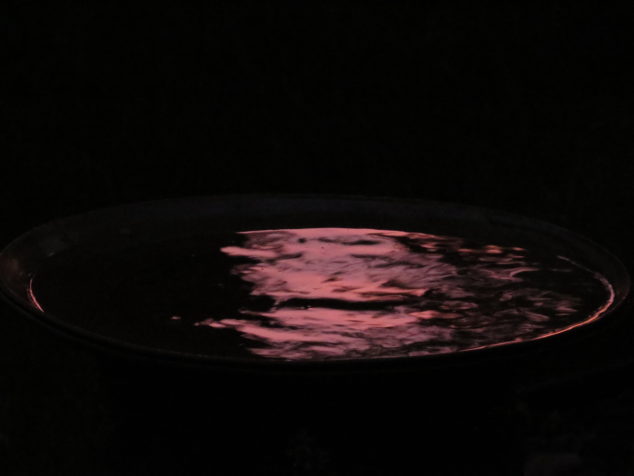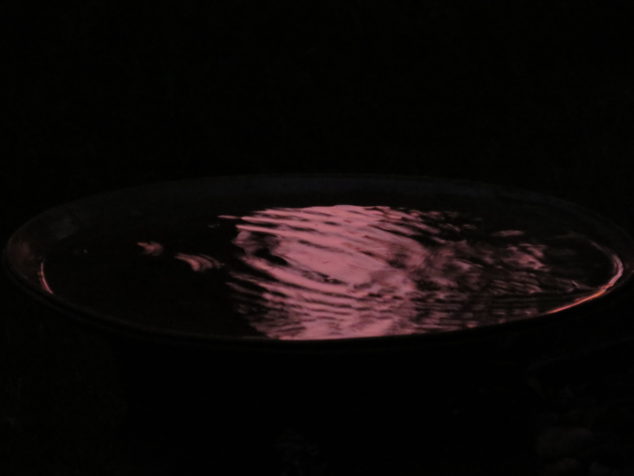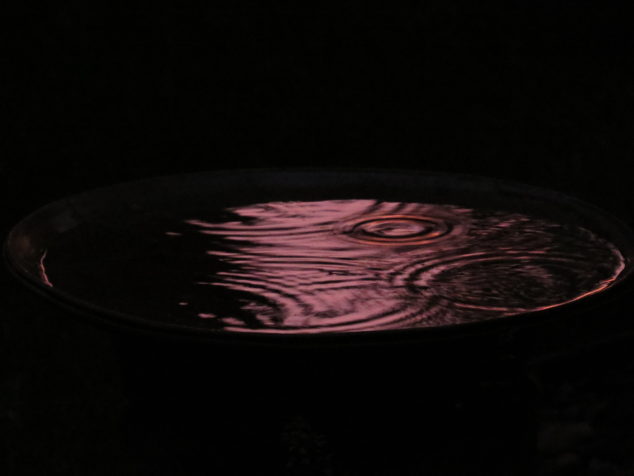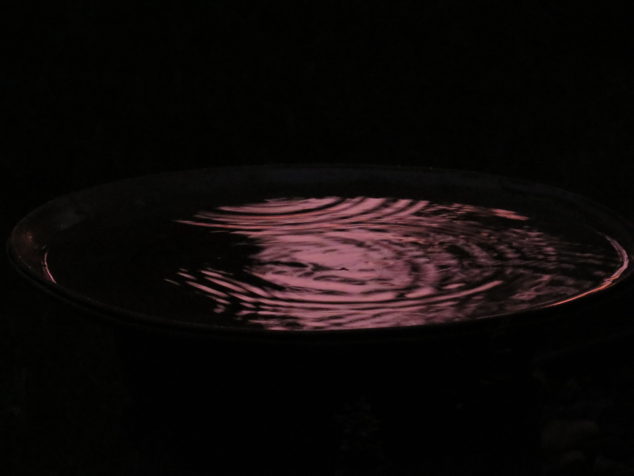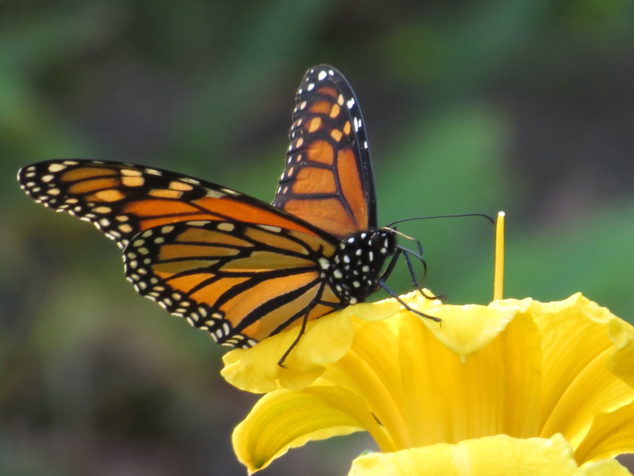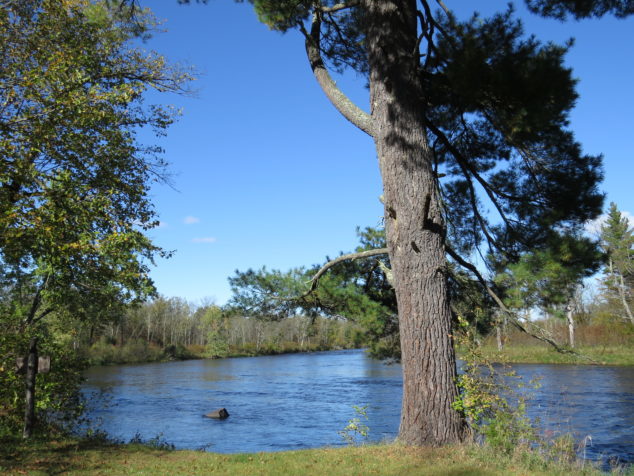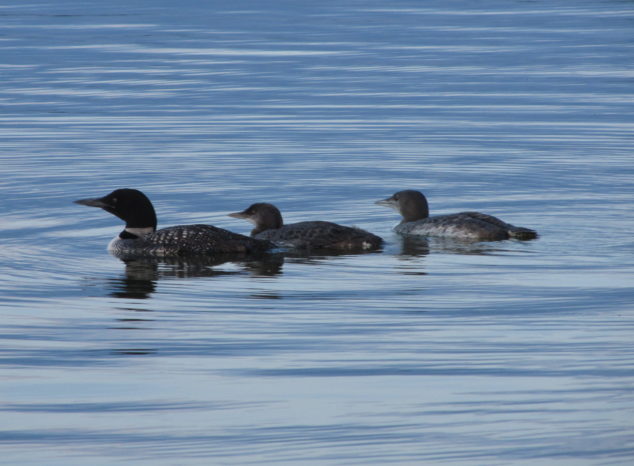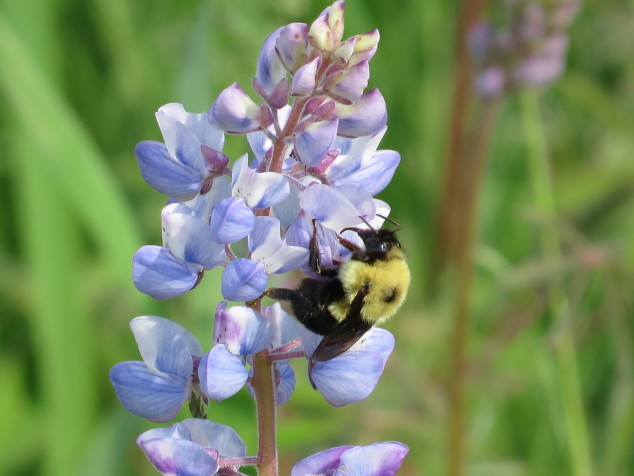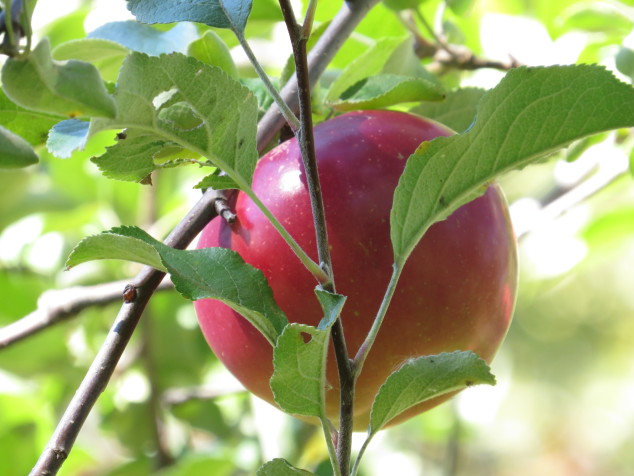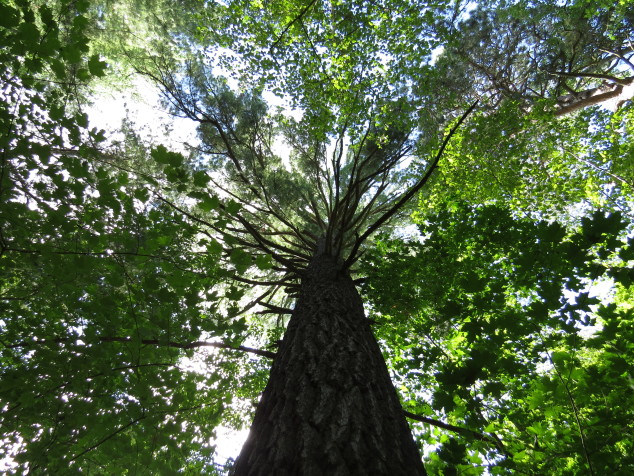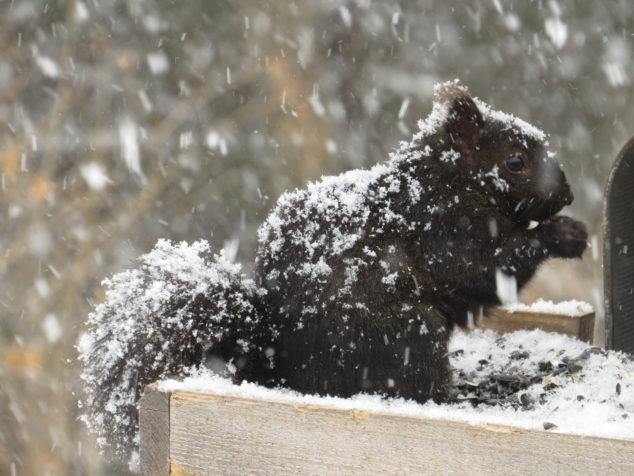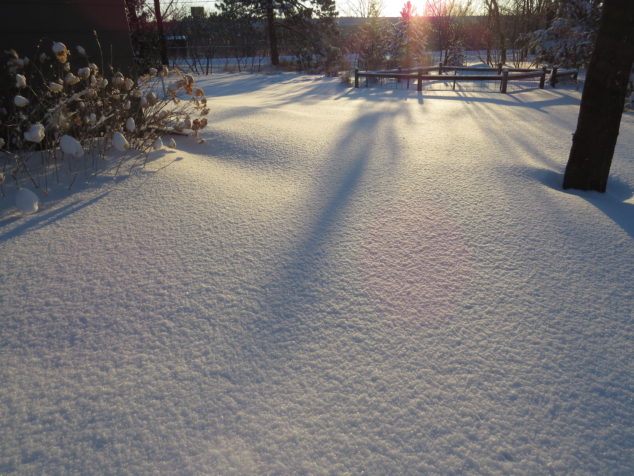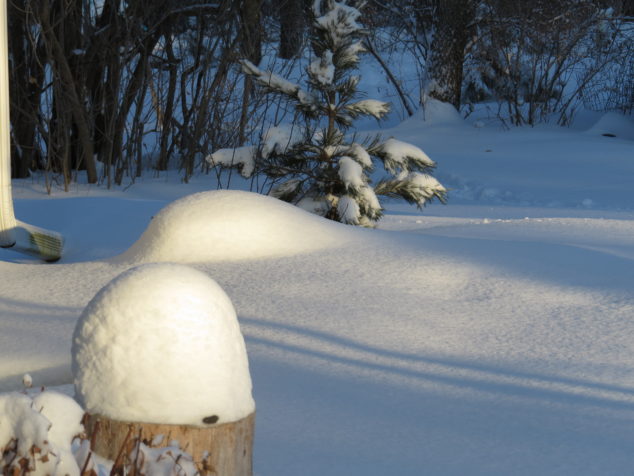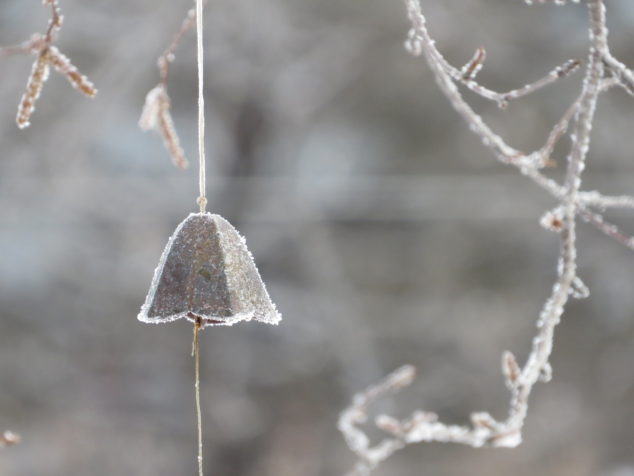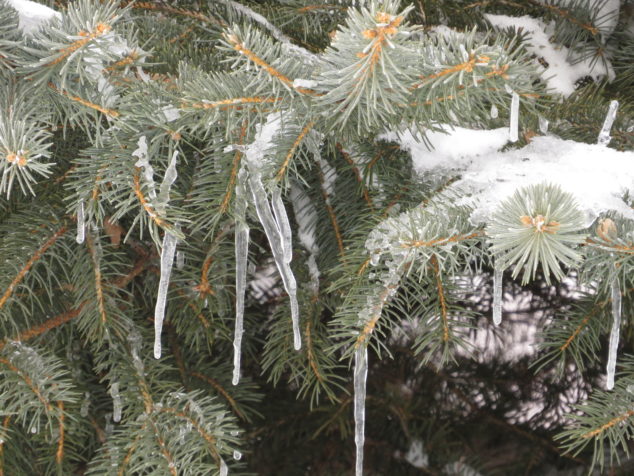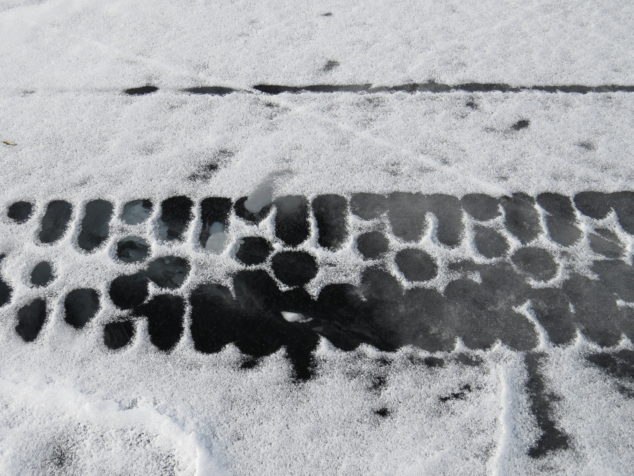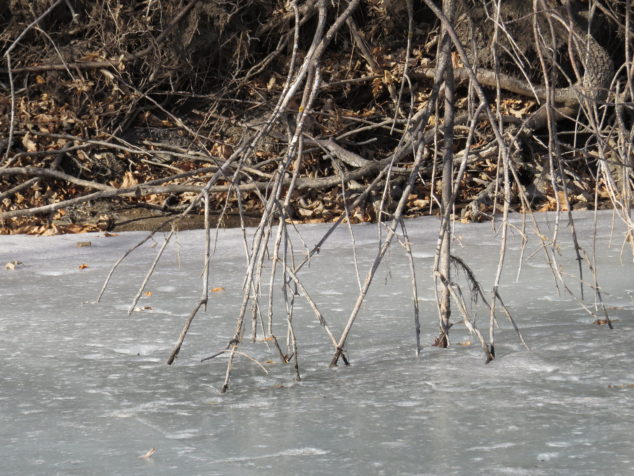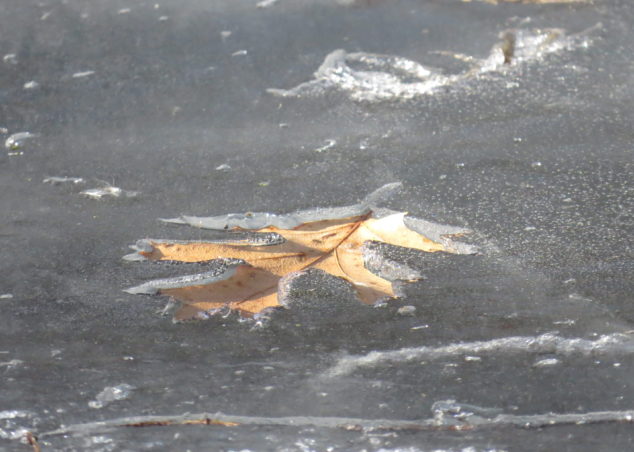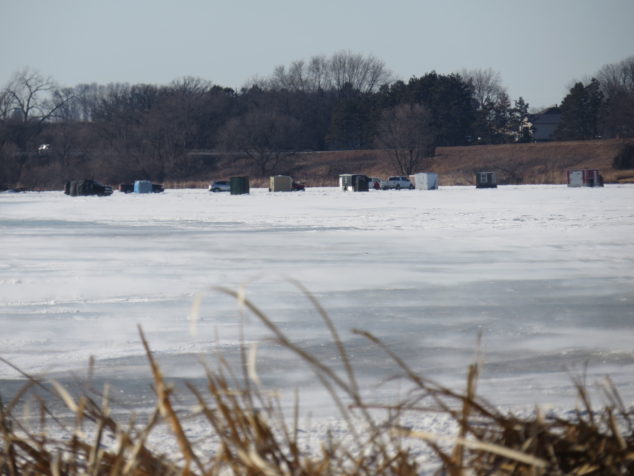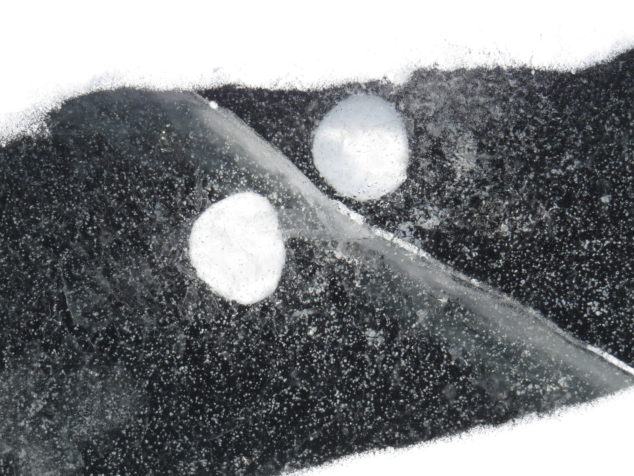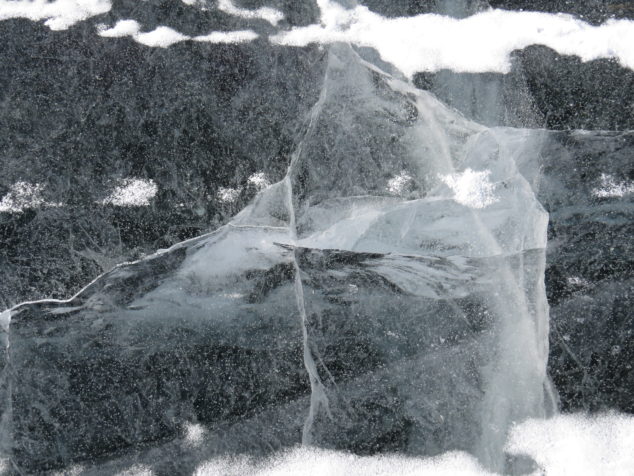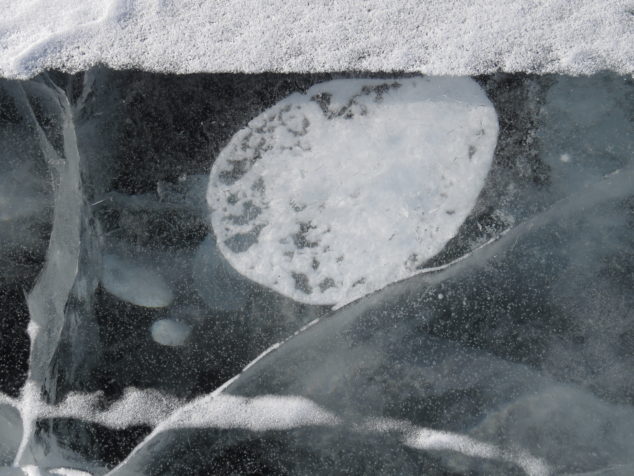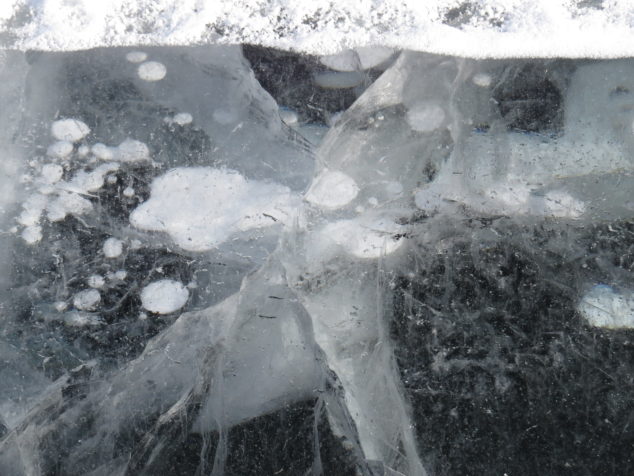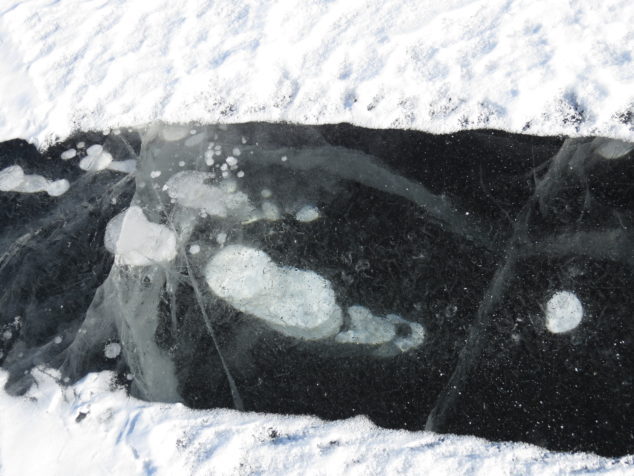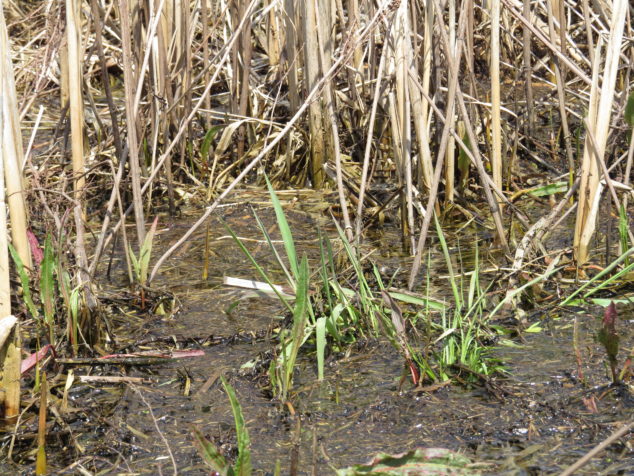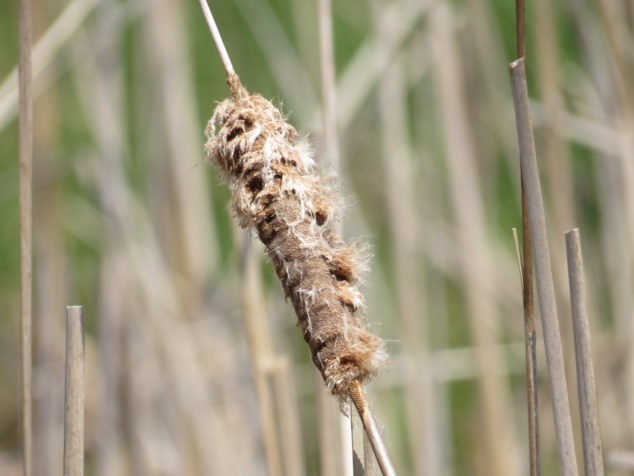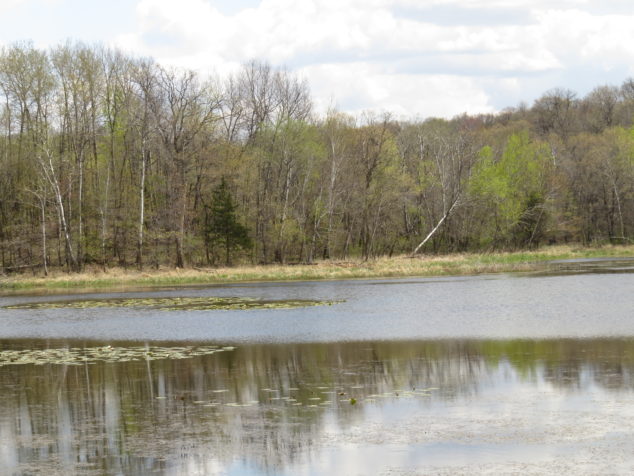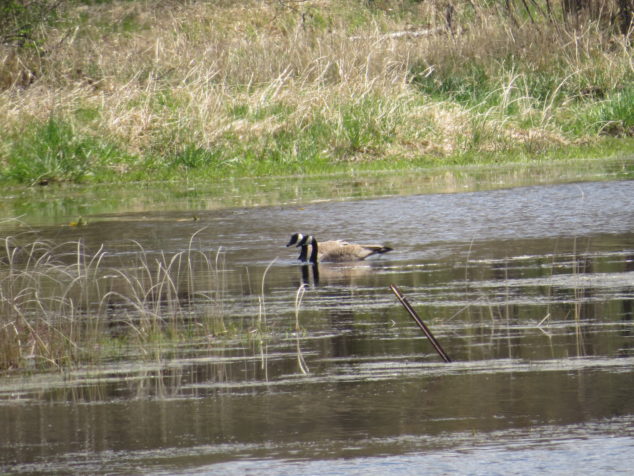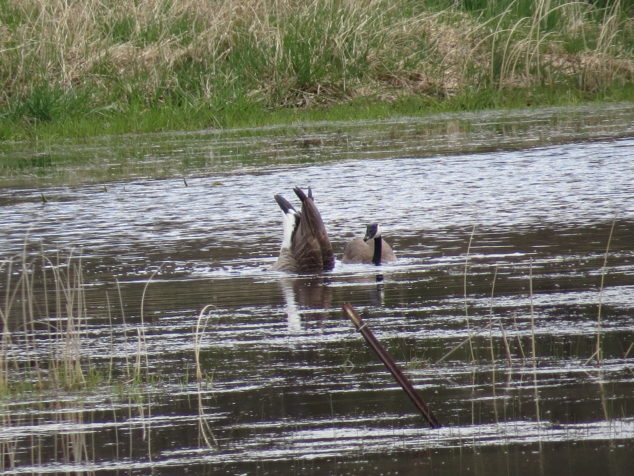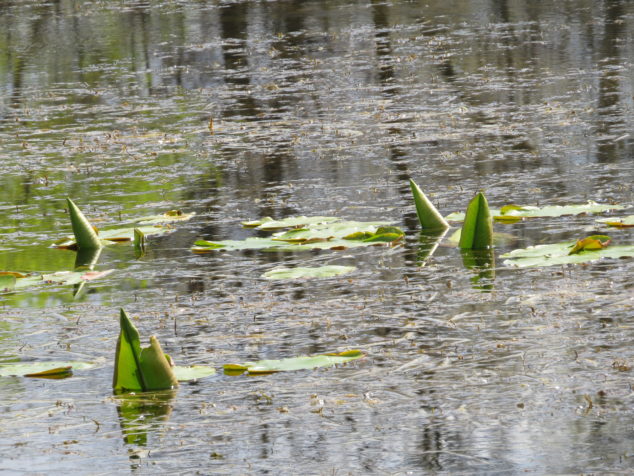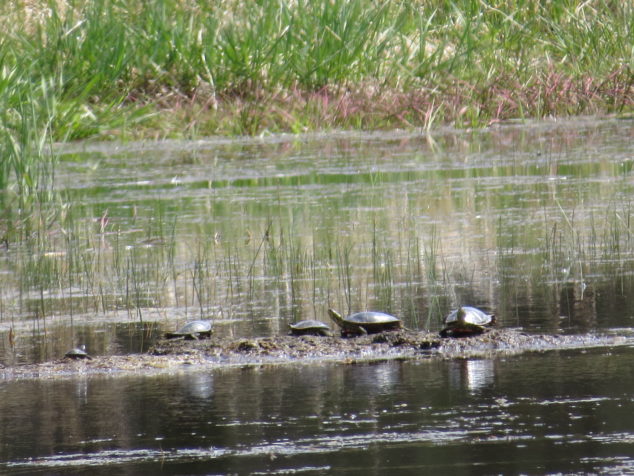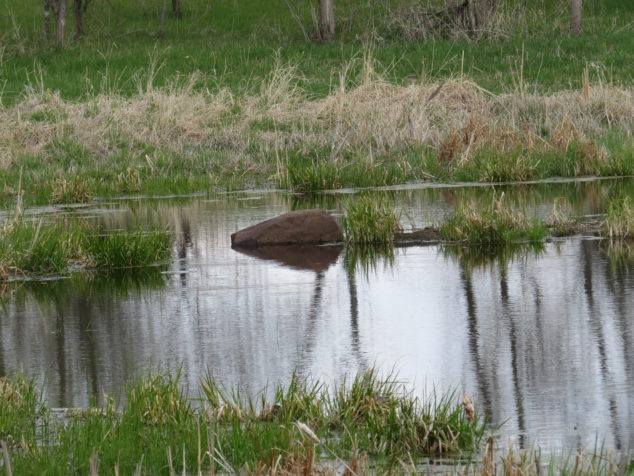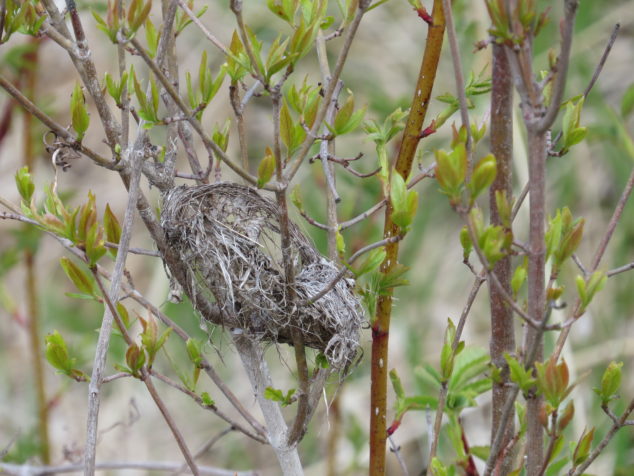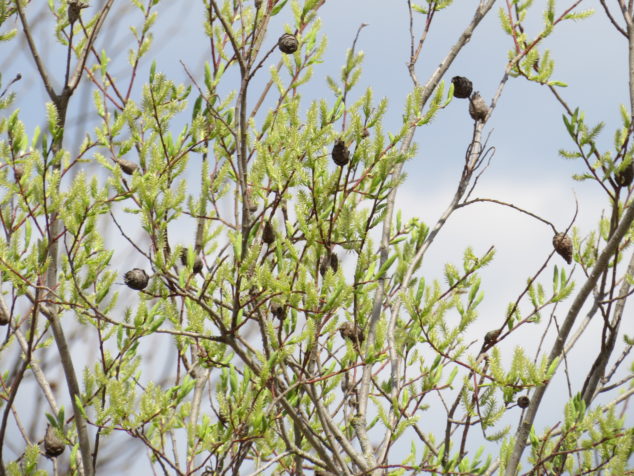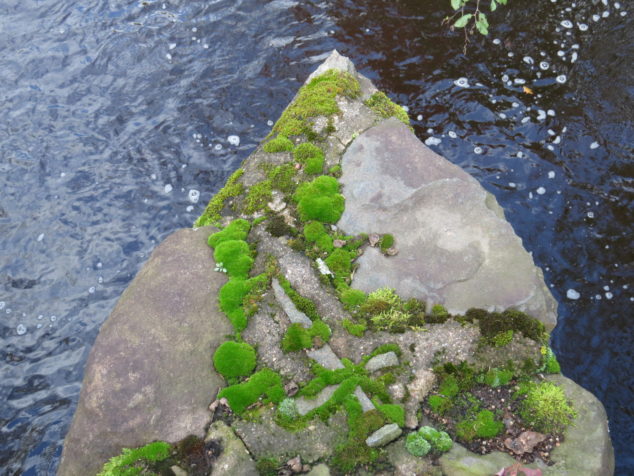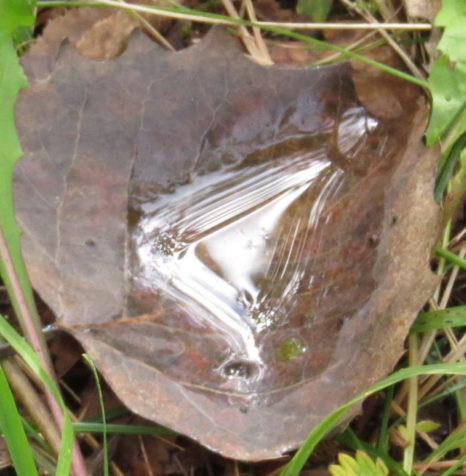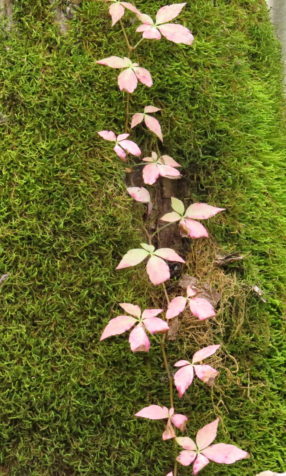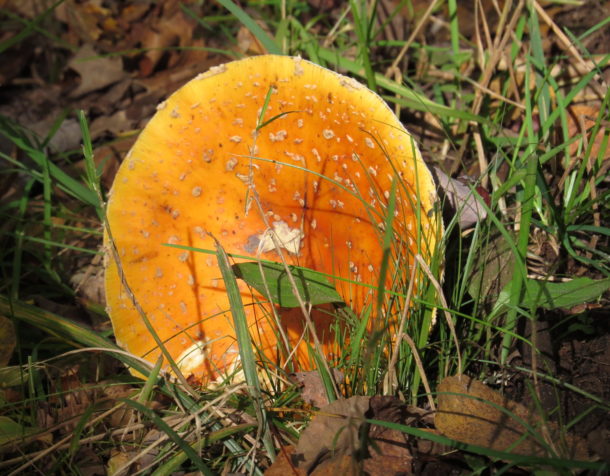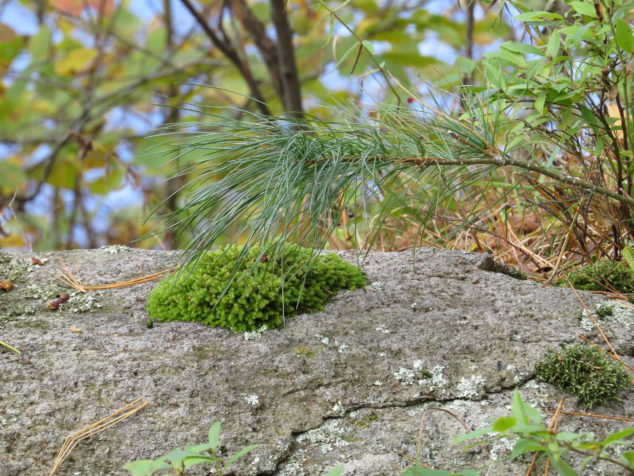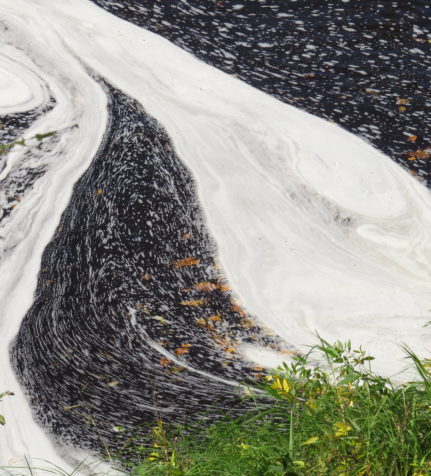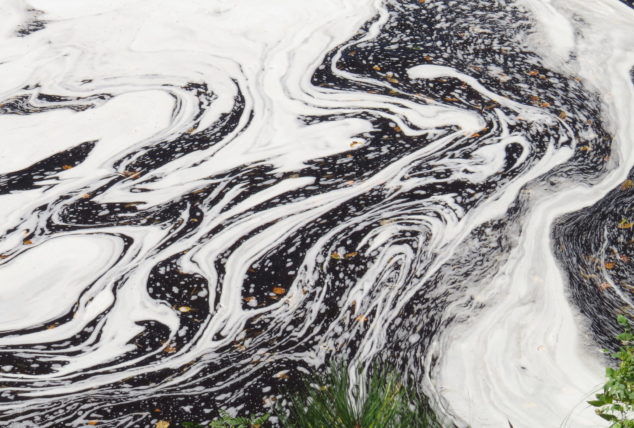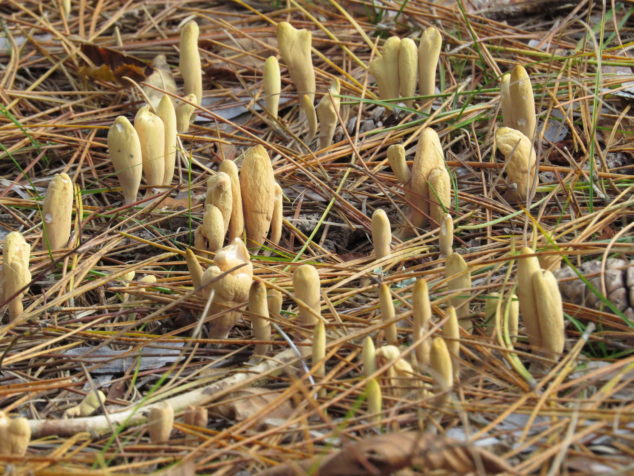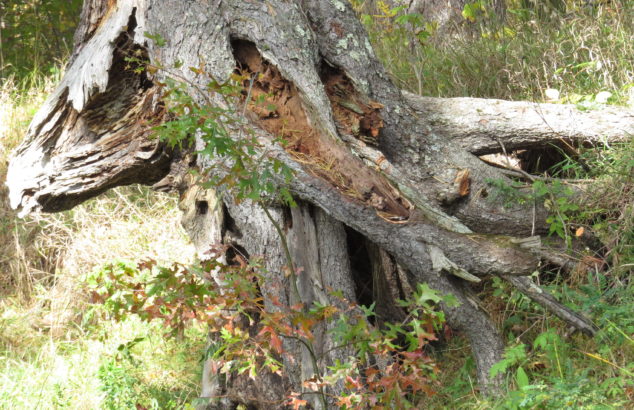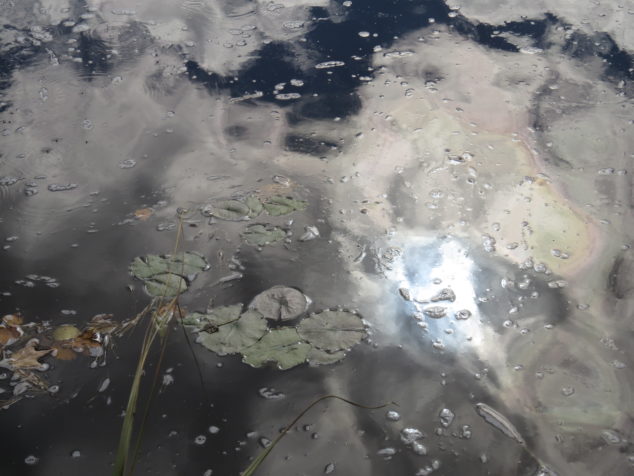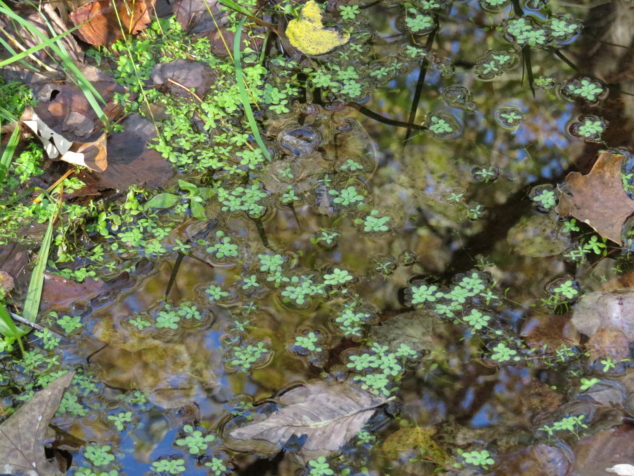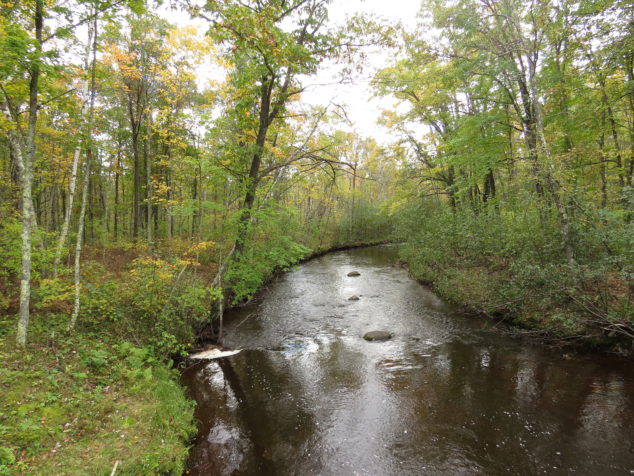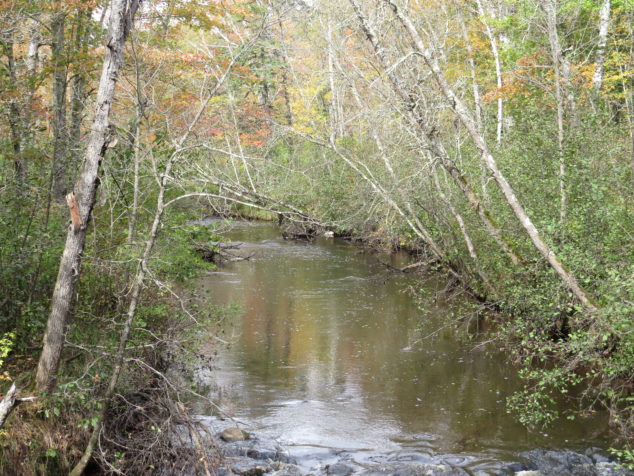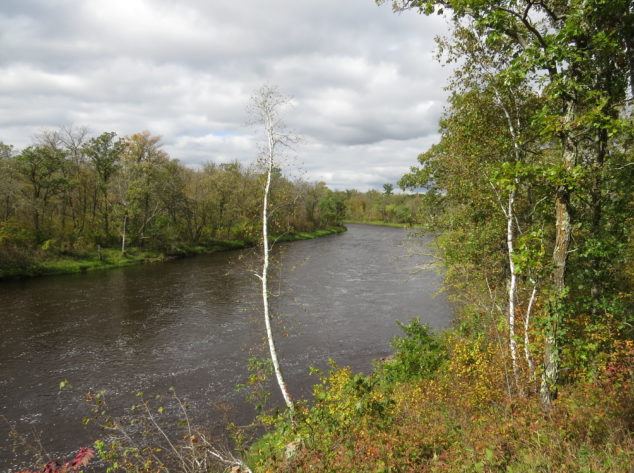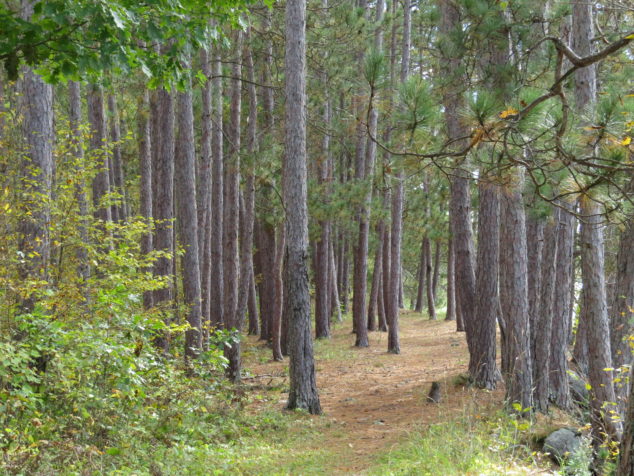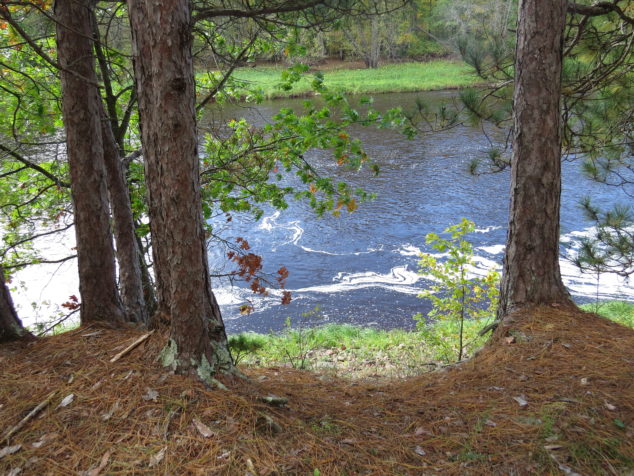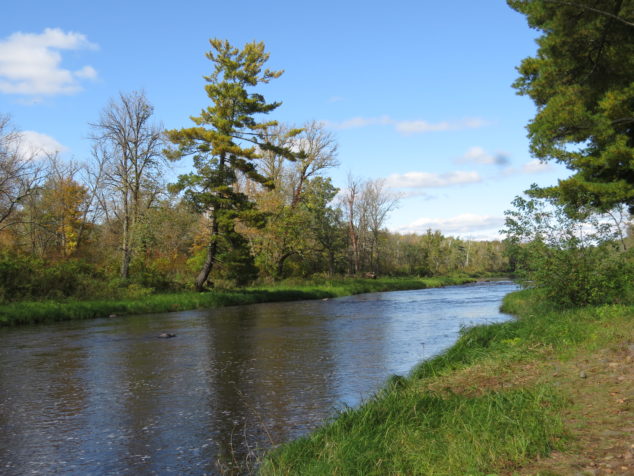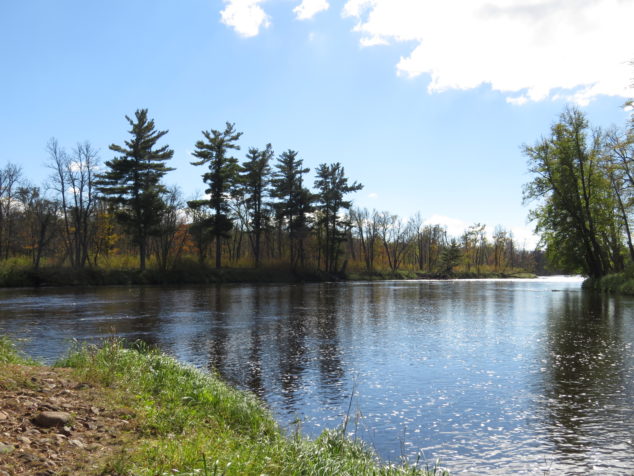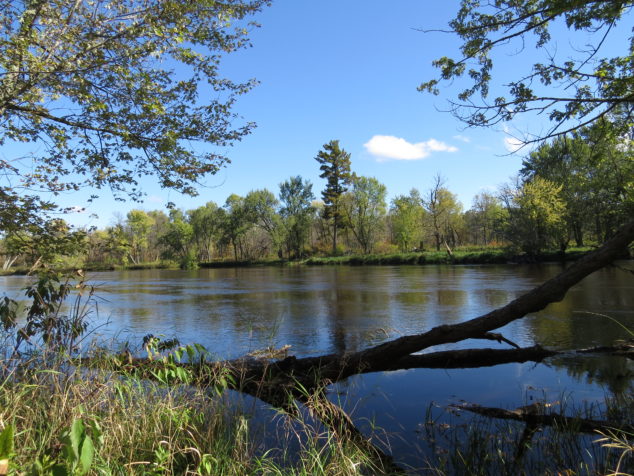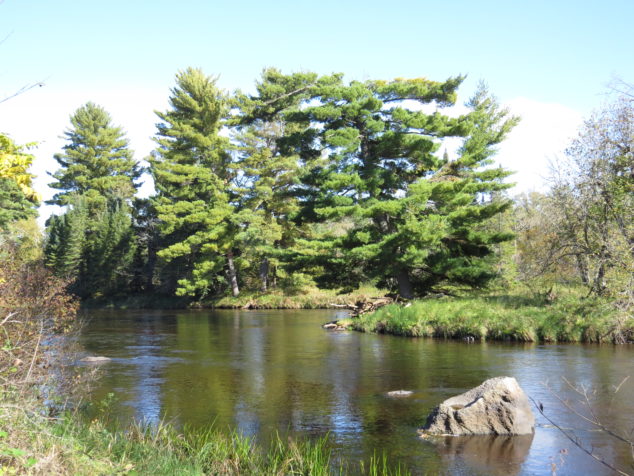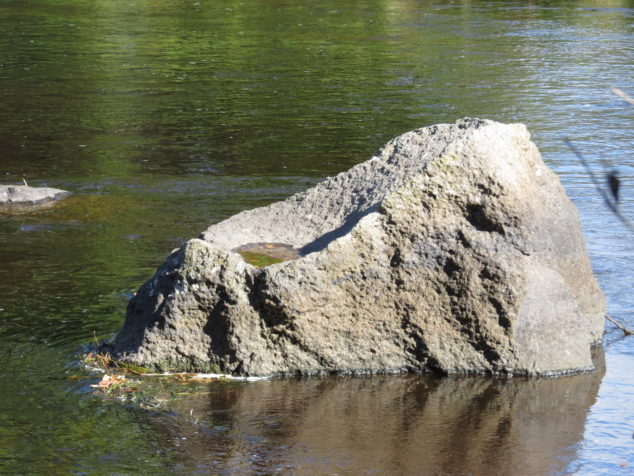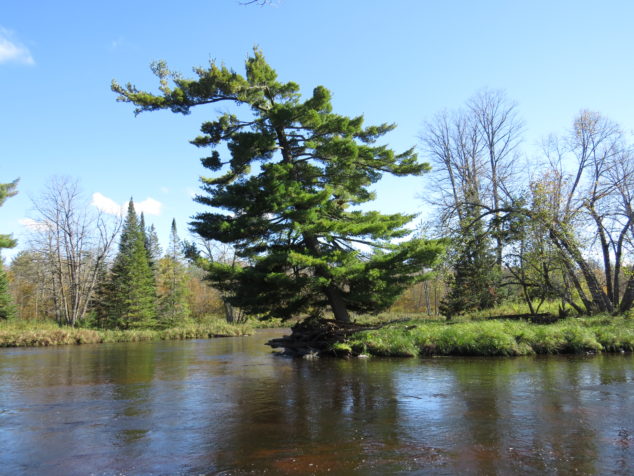It seems like the world is on the rocks right now. Experiencing difficulties. Deteriorating. Eroding. Spoiled. Likely to fail? Where opinions are confused with facts. Where experts are told they don’t know what they’re talking about. There’s deep division and distrust of ‘the other.’ Where a pandemic has killed millions of people. Where climate change is impacting so many in devastating ways. Where a warmonger can invade a neighboring country and wreak havoc and death. The phrase ‘on the rocks’ used in this way came from the idea of a ship running aground on rocks and breaking apart. The idiom is often used to describe failing businesses and marriages. Torn apart. Angry. On a sinking ship. What happens when we’re on the rocks?
One sunny day in the beginning days of the new year, we traveled west of Austin into the heart of the Hill Country to Pedernales Falls State Park. We spent hours on the rocks—literally. It was my most favorite place to visit on this Texas trip—an amazing landscape of exposed bedrock, pools and streams of water, fossils, and Nature’s architecture.
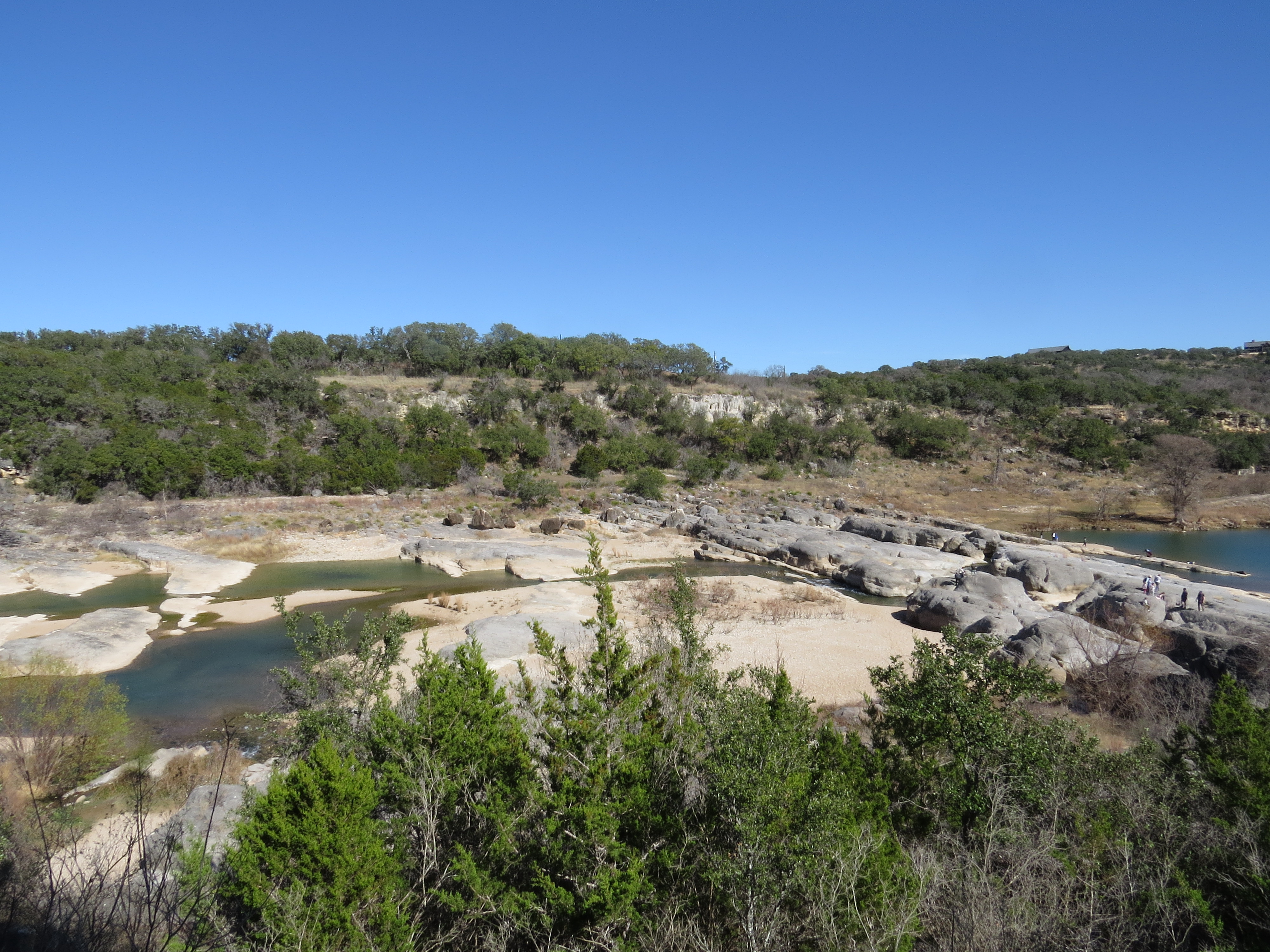
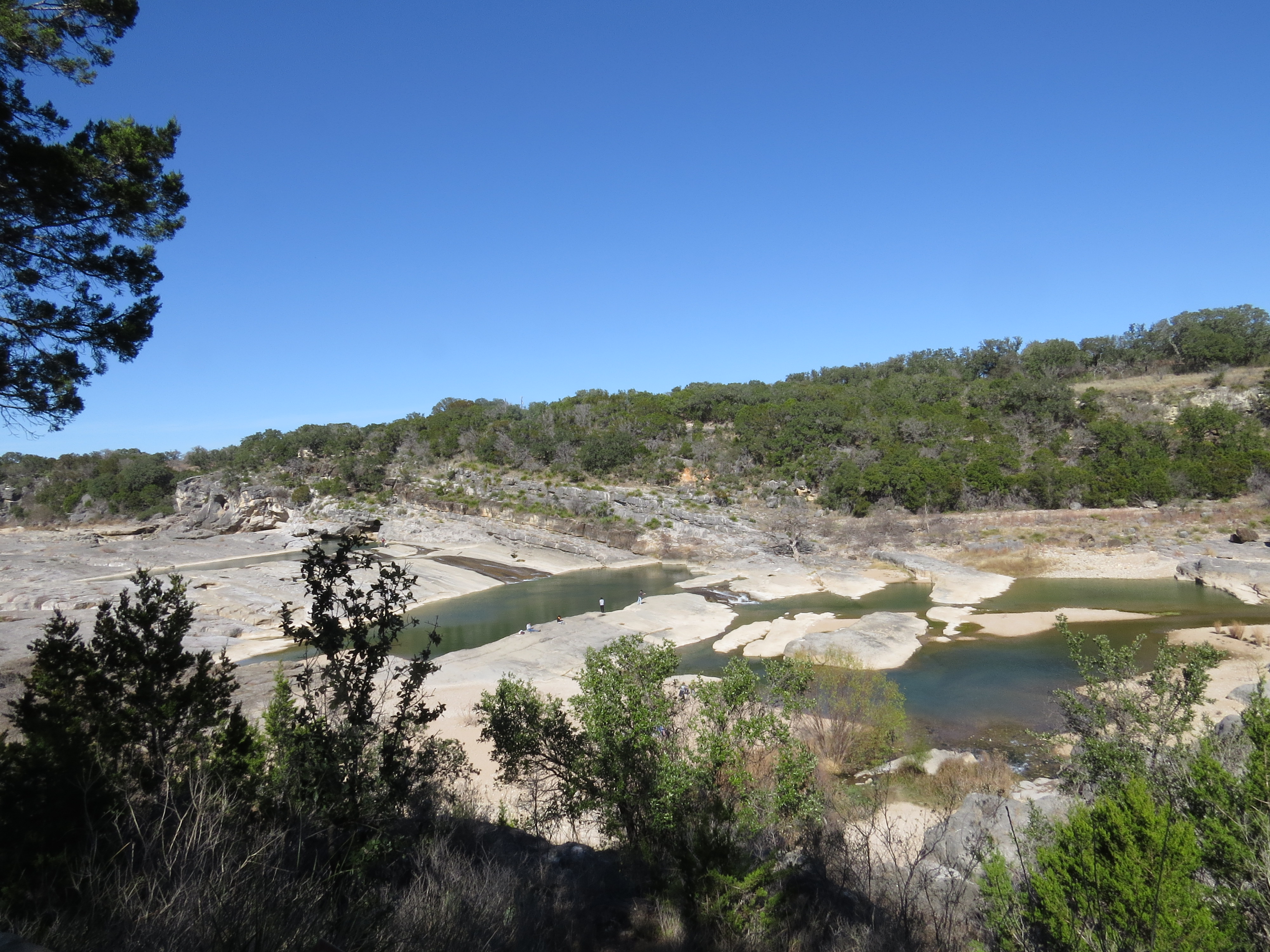
The exposed rock is called Marble Falls limestone created over 300 million years ago when most of Texas was covered by a sea. Other rock formed above it, and over the eons the granite layer below pushed up the limestone into these tilted formations. When the Pedernales River formed from a spring and gained power with flash flooding, it cut the canyon where the Falls now lie. Since that time, the water has eroded and shaped the ancient rock beds into amazing formations.
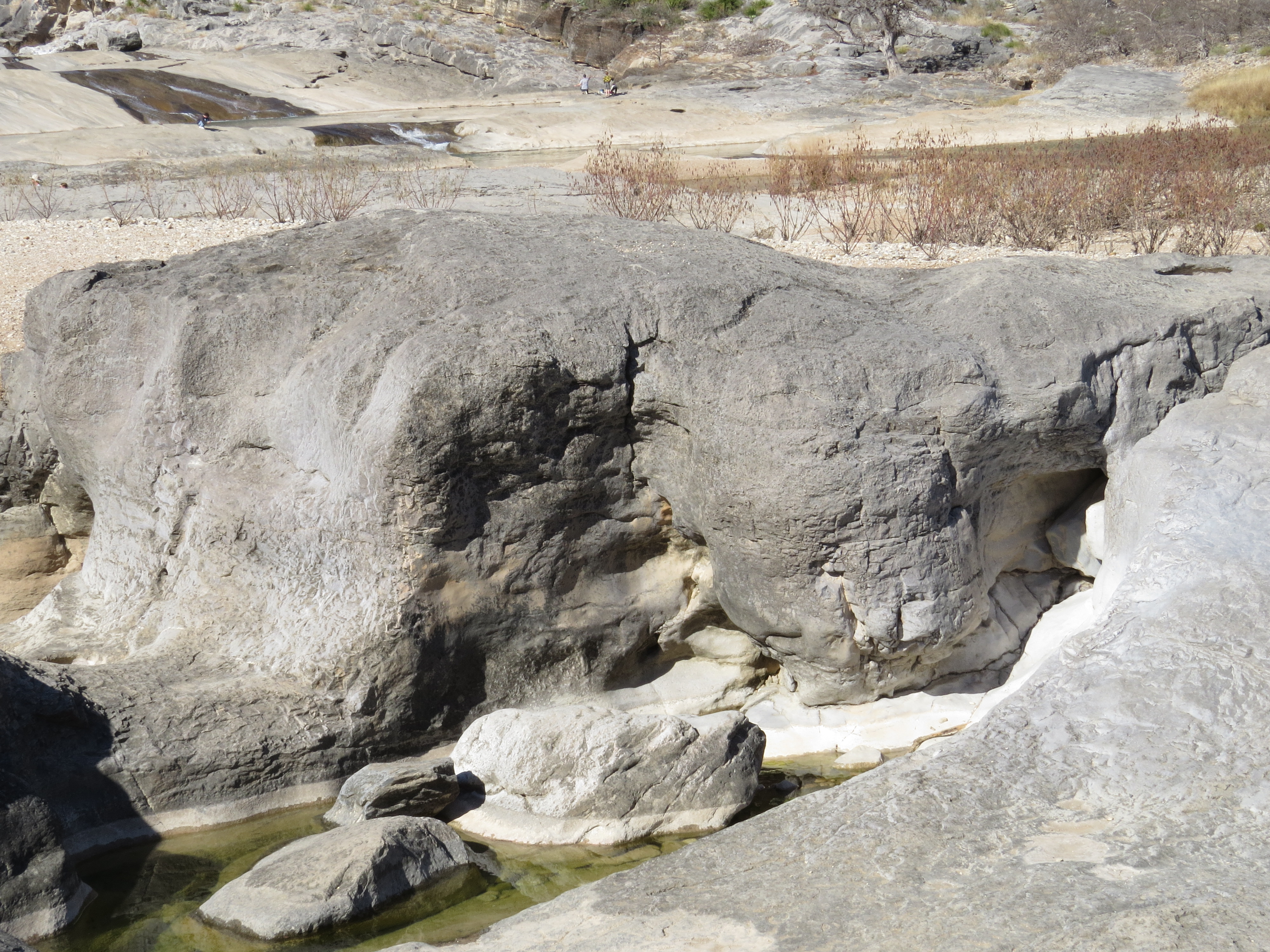
Flash flooding moves rocks and sand, so the Falls landscape is always changing. A beach of sand has fallen from the moving water as it churned over the last ridge of rocks. It does not have to be raining in the Park for the Falls to flood—if the rain is intense ‘upstream,’ flooding can occur under clear skies.

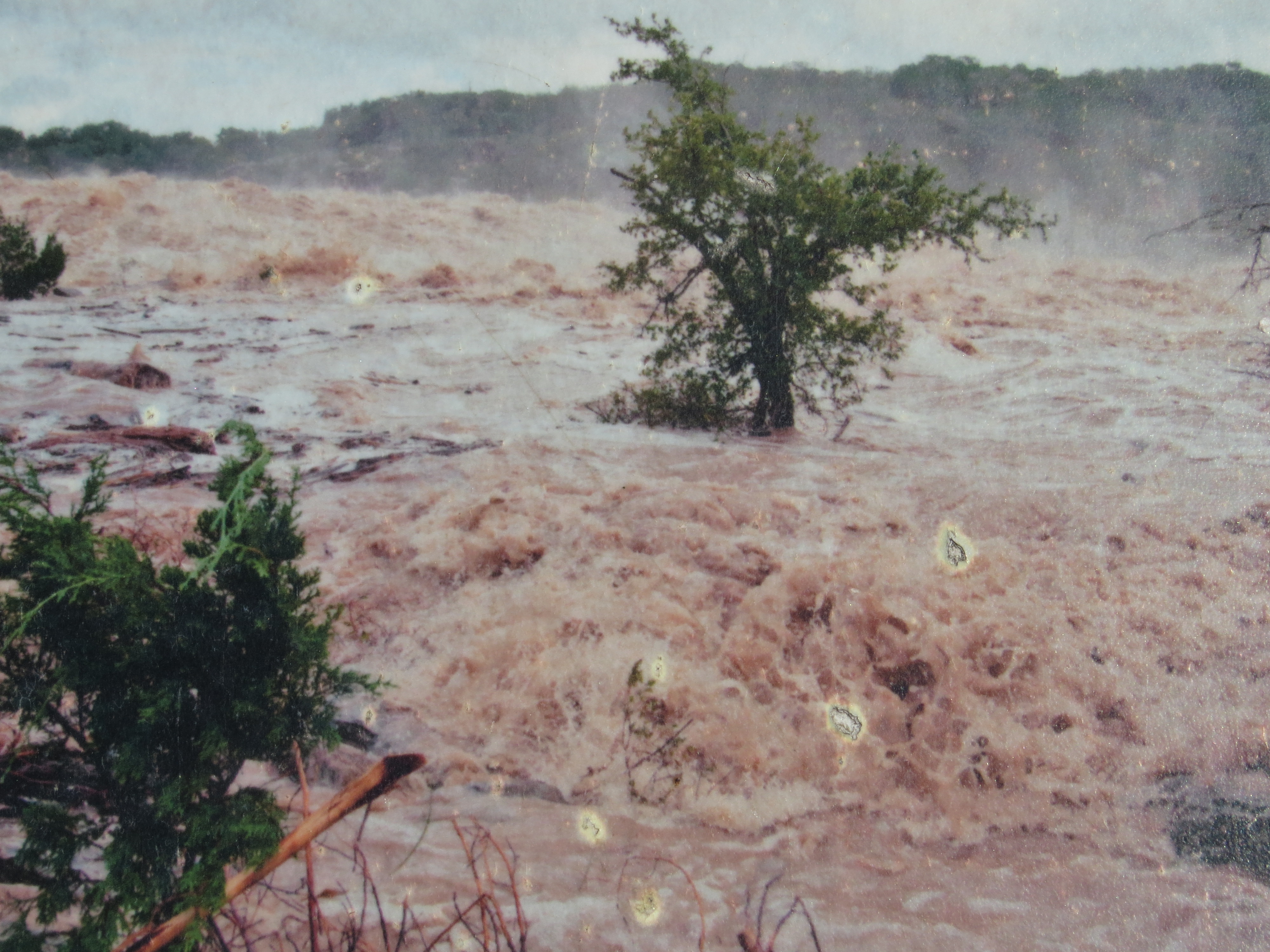
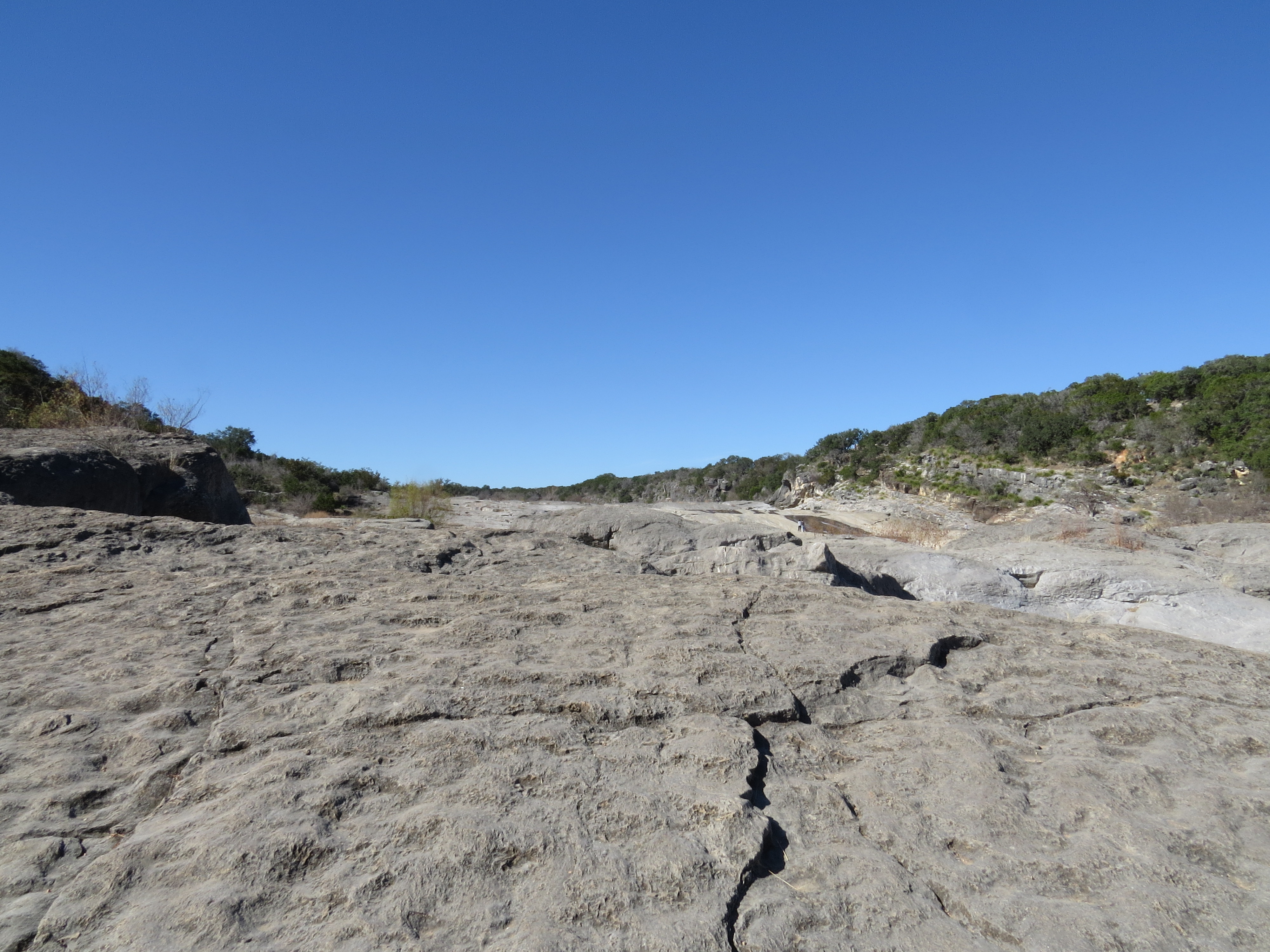
Potholes of all sizes appeared in the rock. They are formed when rushing water churns small and large rocks in a swirling motion, thus eroding the bedrock to form holes.
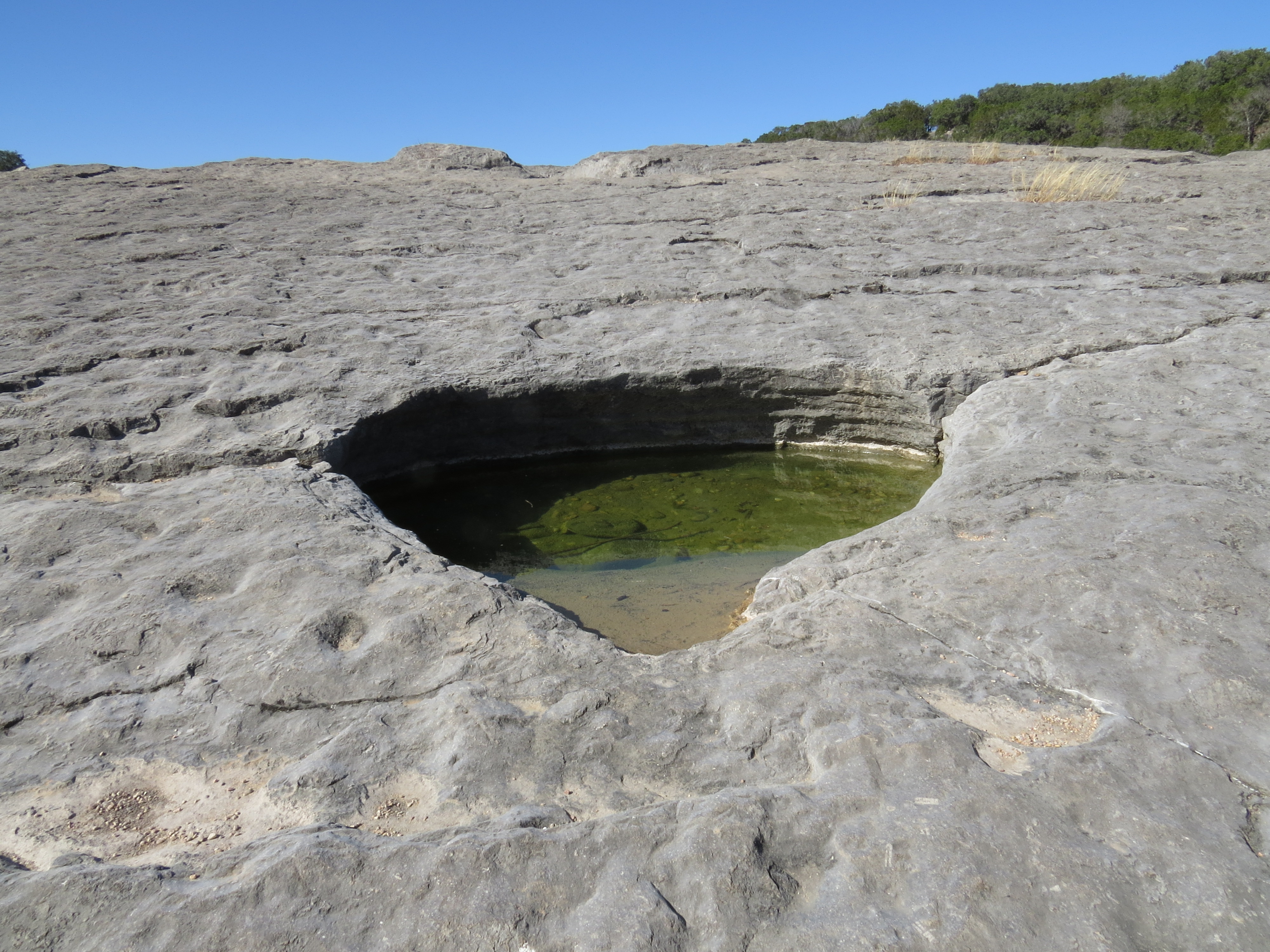
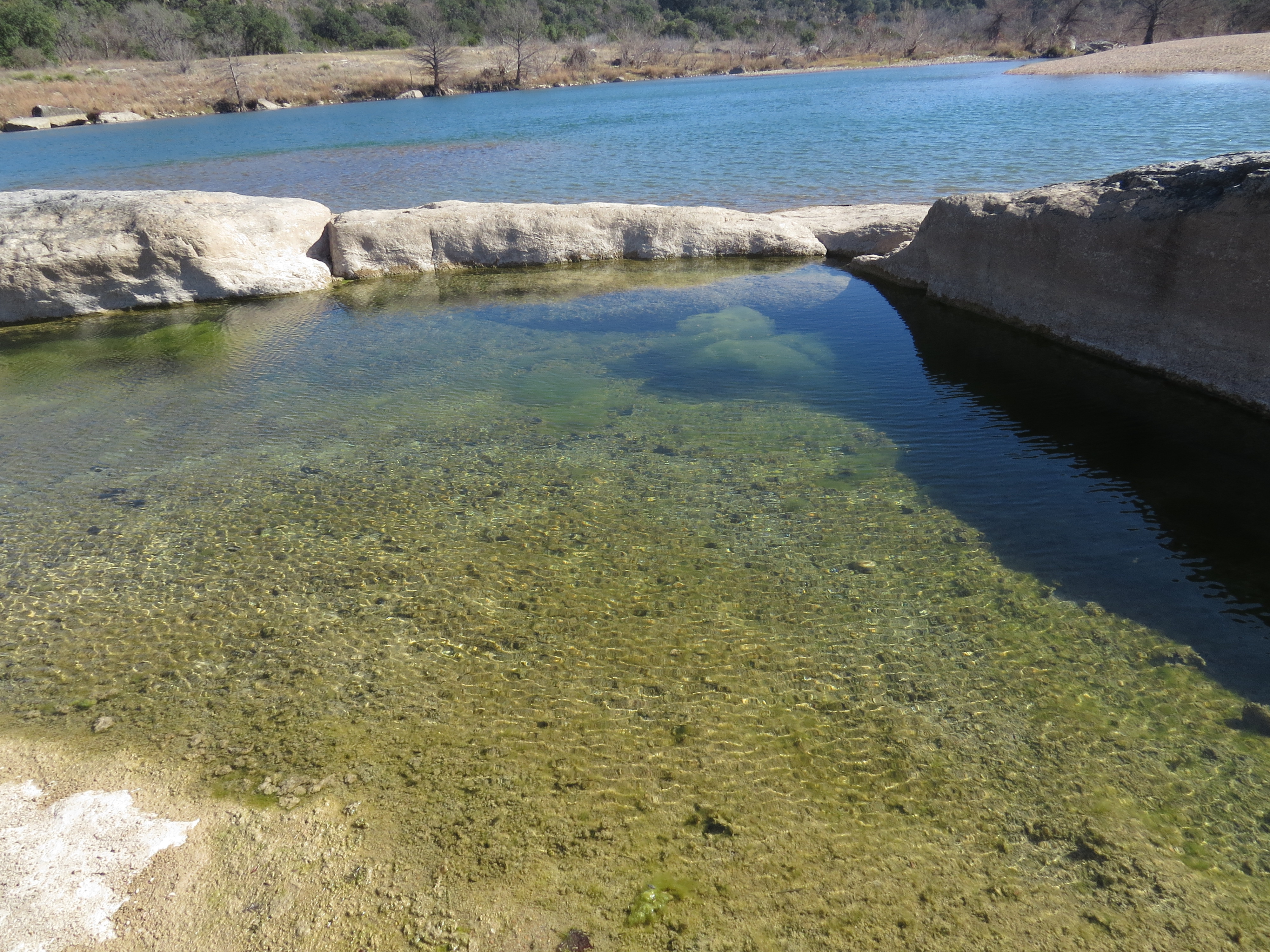
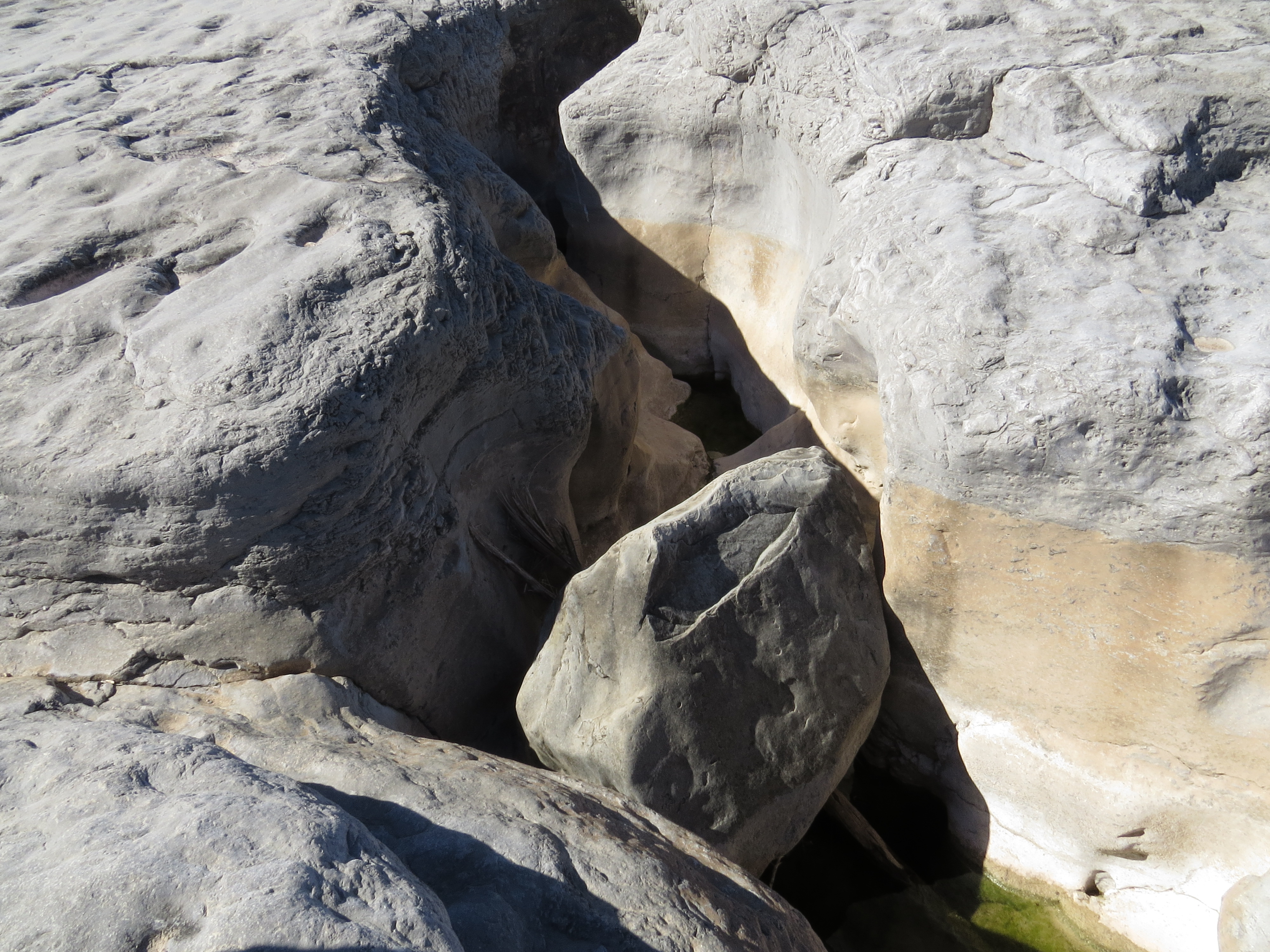
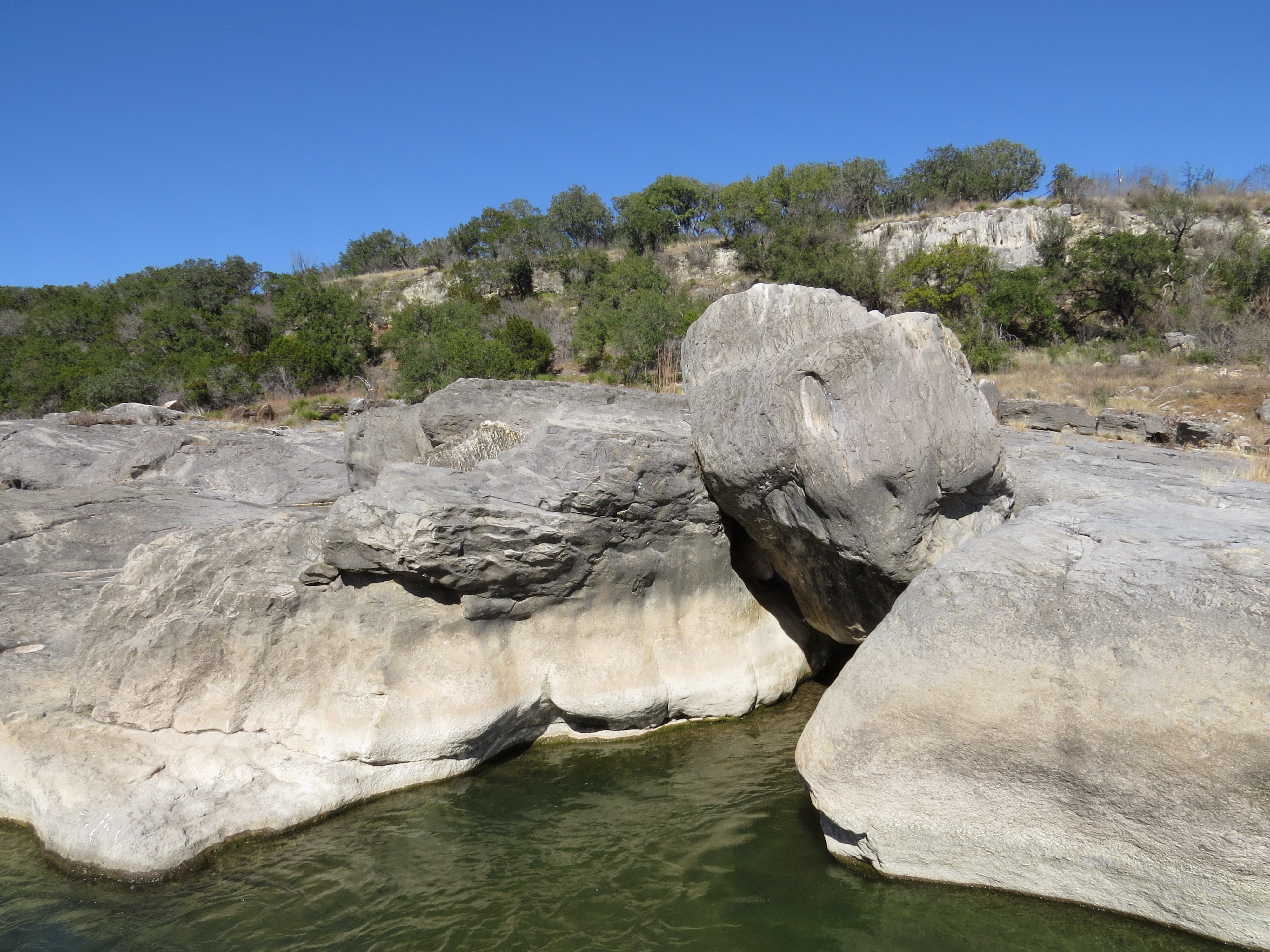

We and other hikers scrambled on the rocks, sometimes climbing up, sometimes sliding down, picking our way through the maze of streams, pools, and crevices.


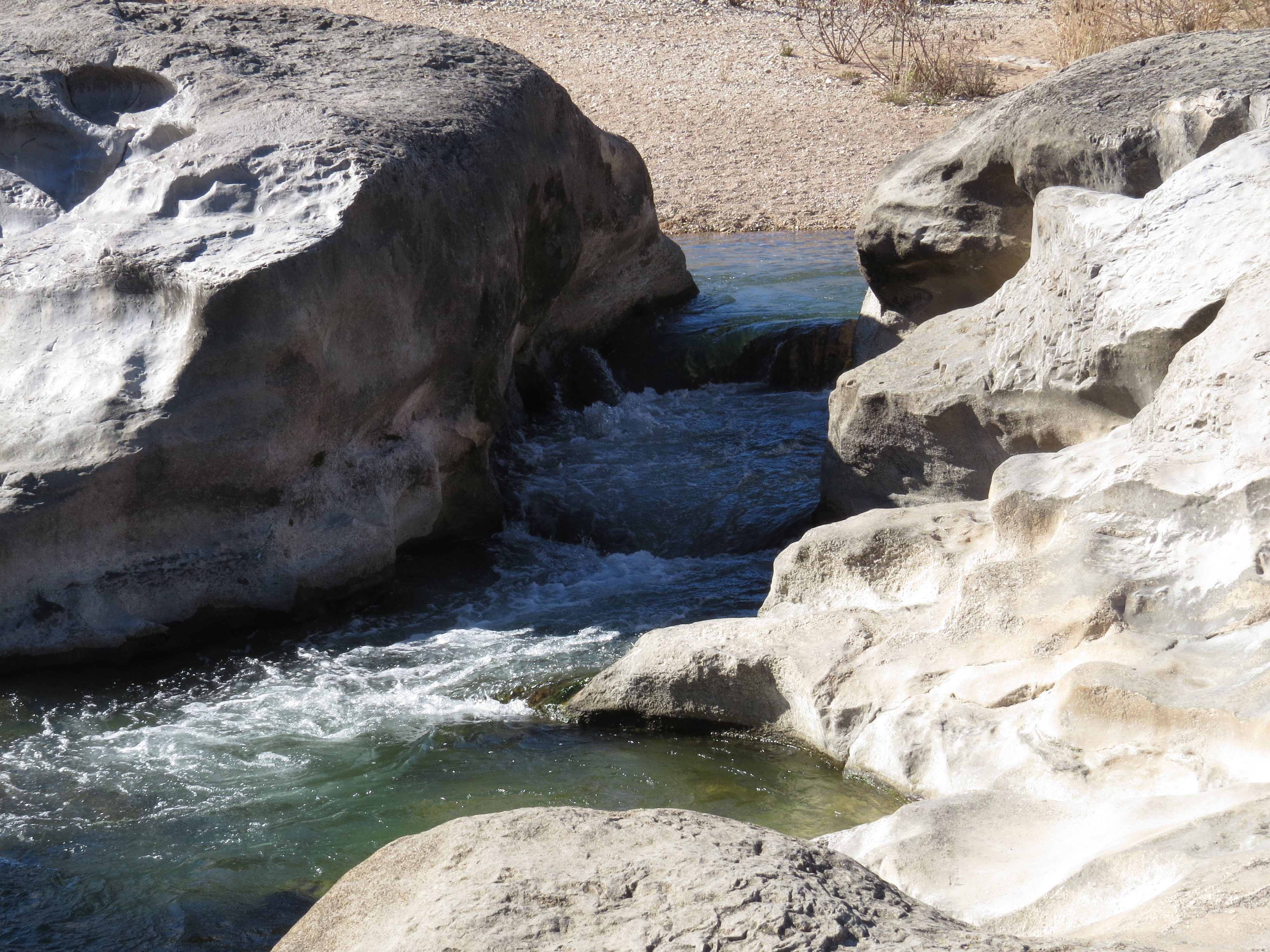
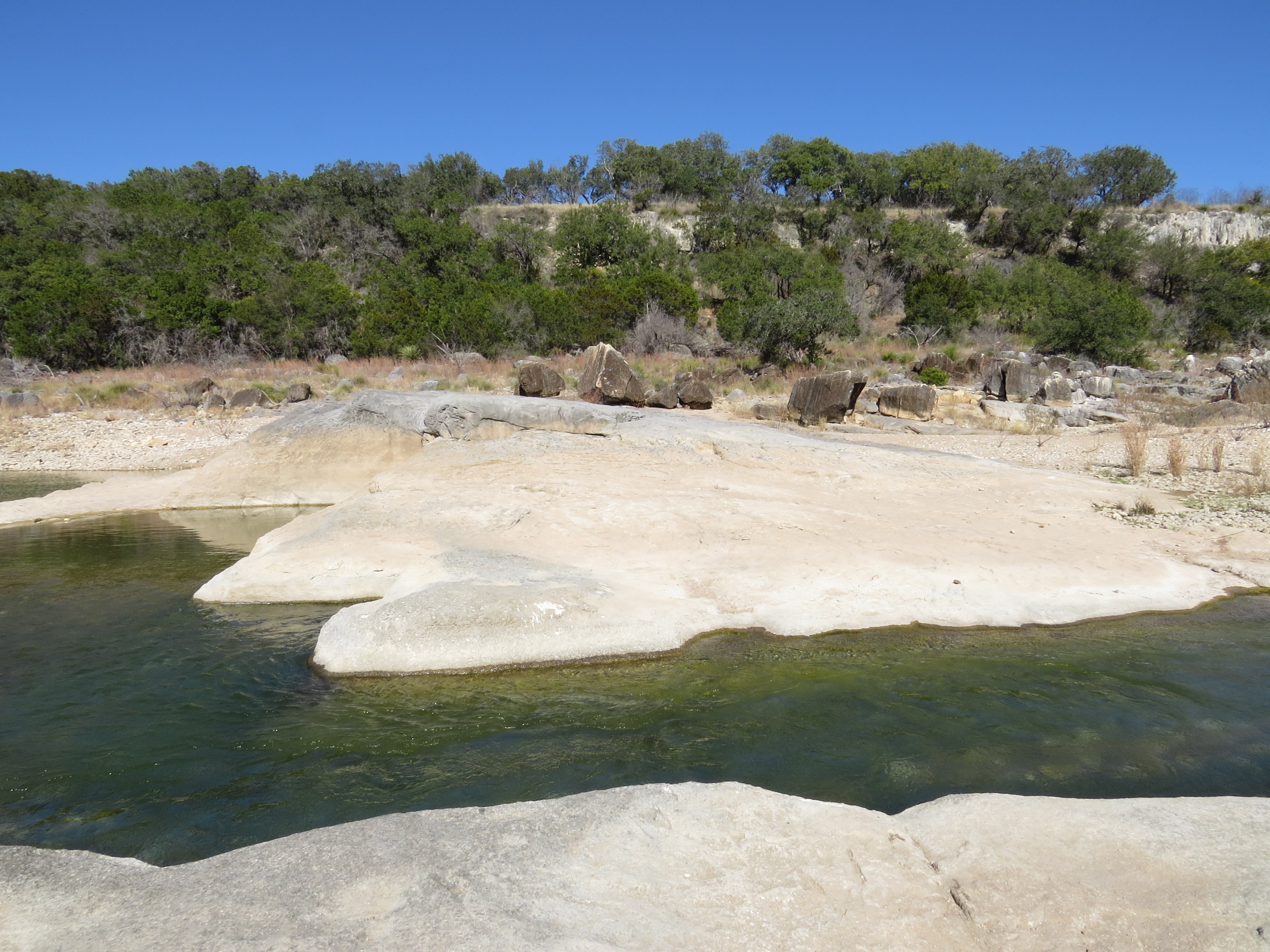
This ‘beach’ was a deposit of mostly same-sized rocks that we slowly ‘hounded’ our way through. I think we could have spent hours just in this spot!
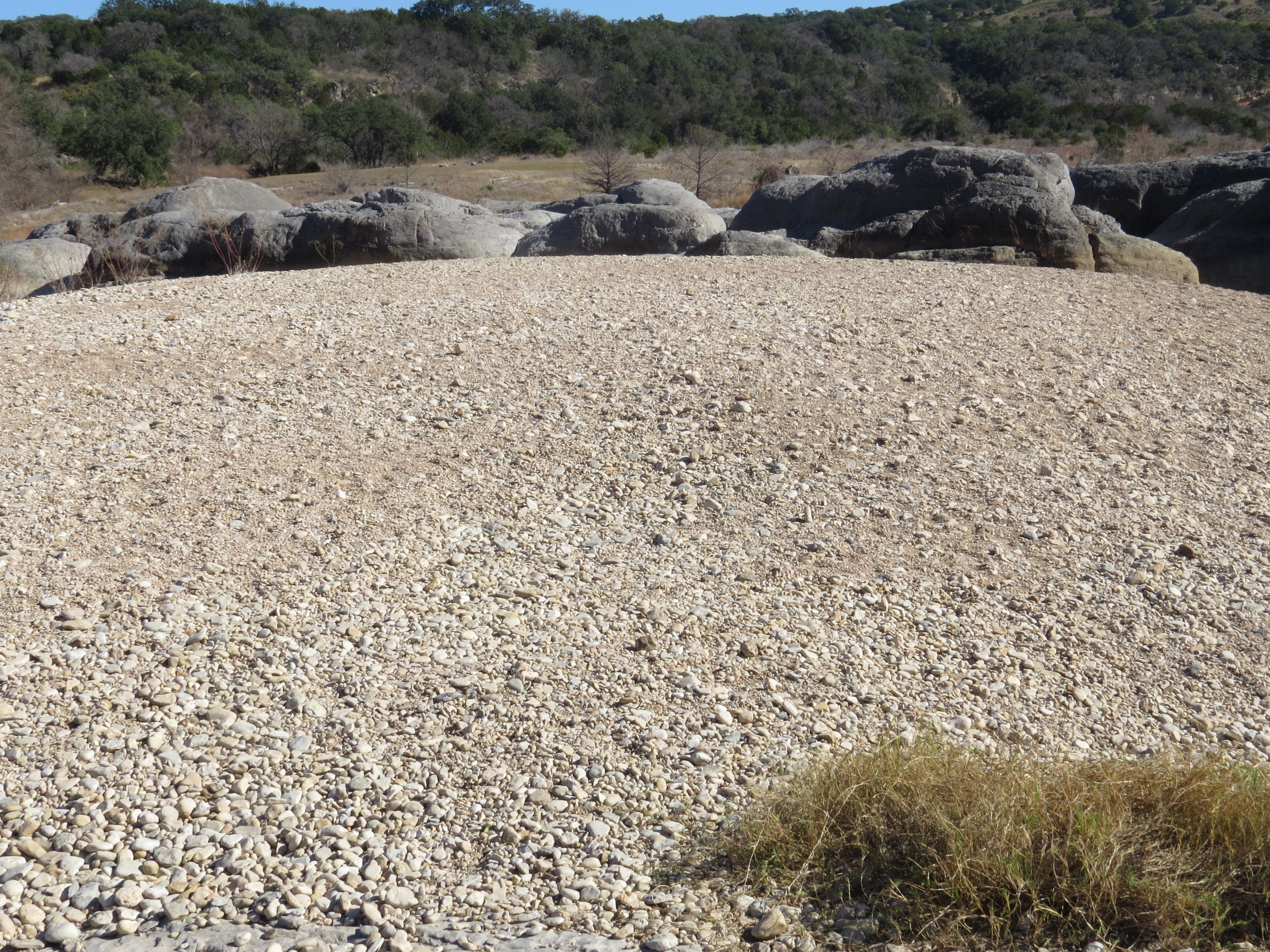

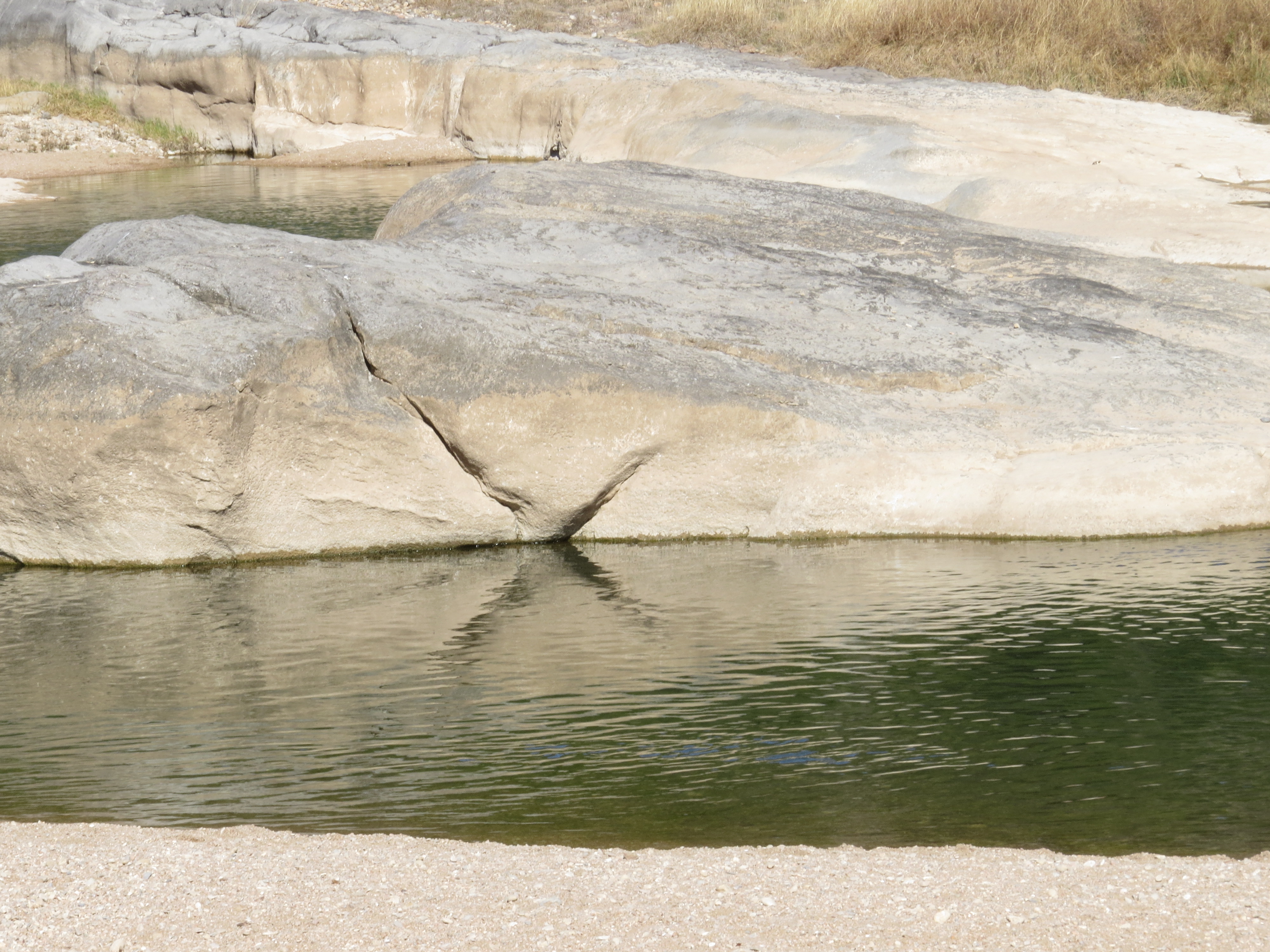
Every pool was different—some at the bottom of the Falls had green algae growing in them; others were as clear and mirror-like as an infinity pool. Some were shallow and stone-lined; others were deep and dark.
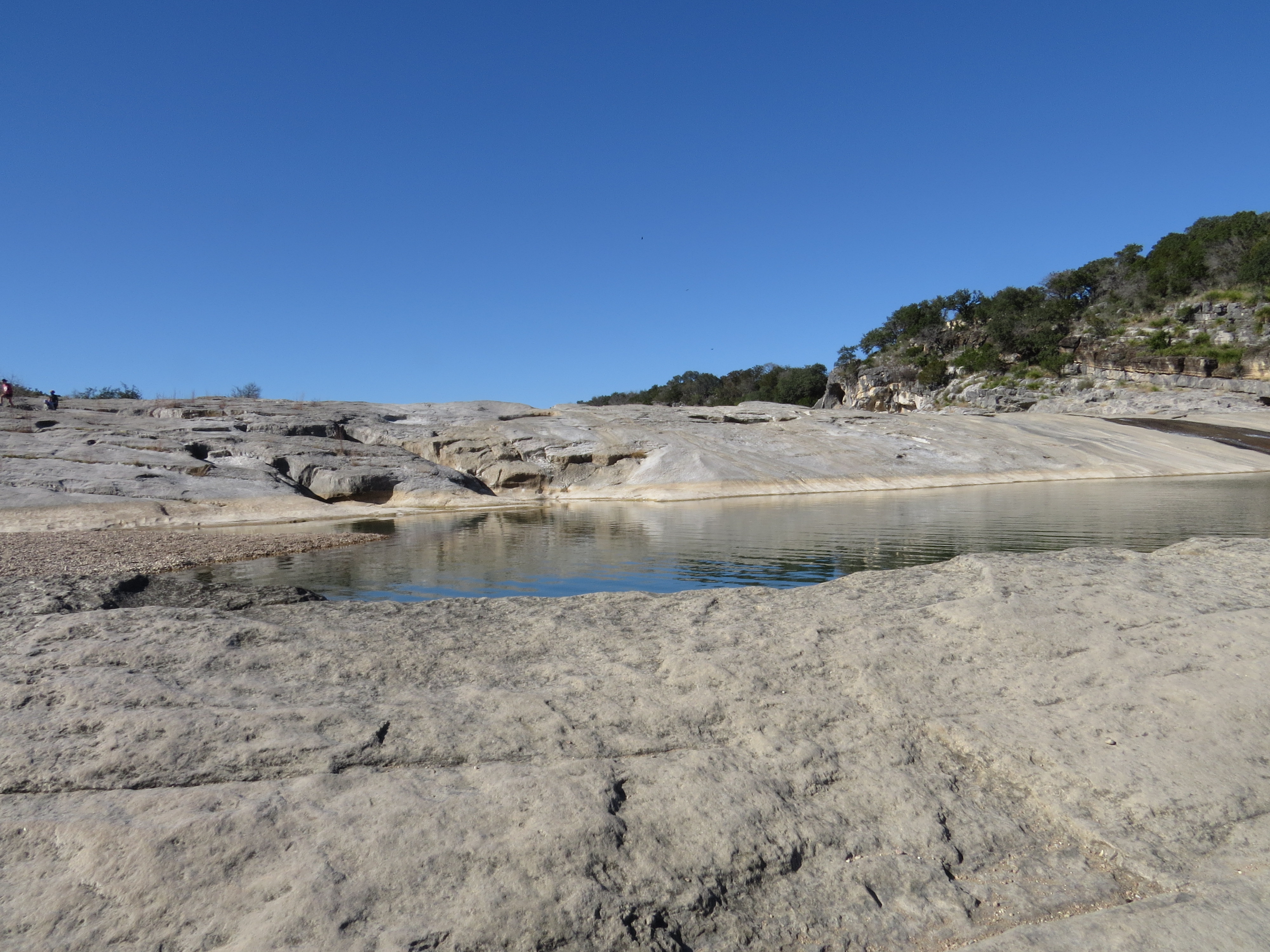
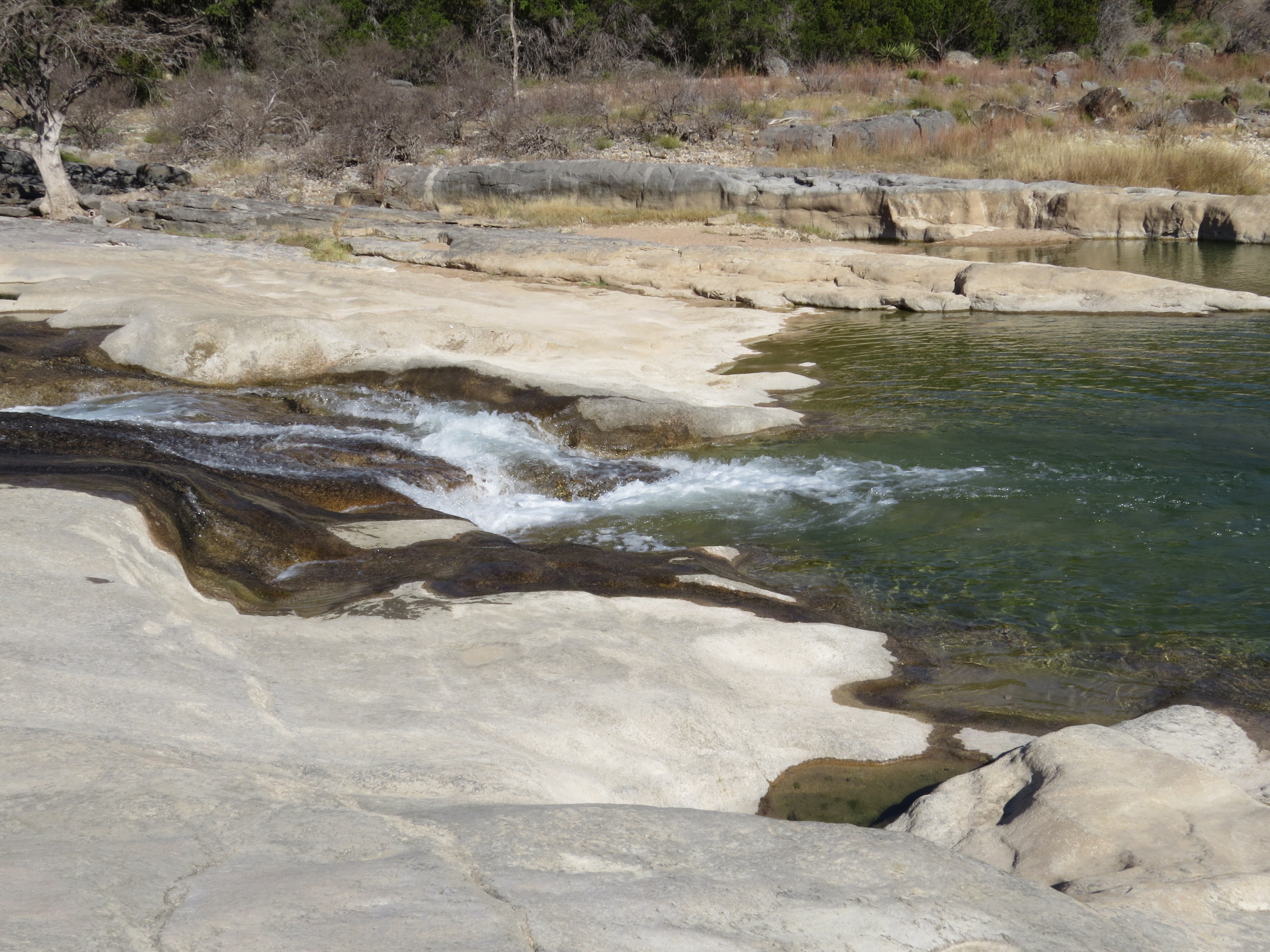
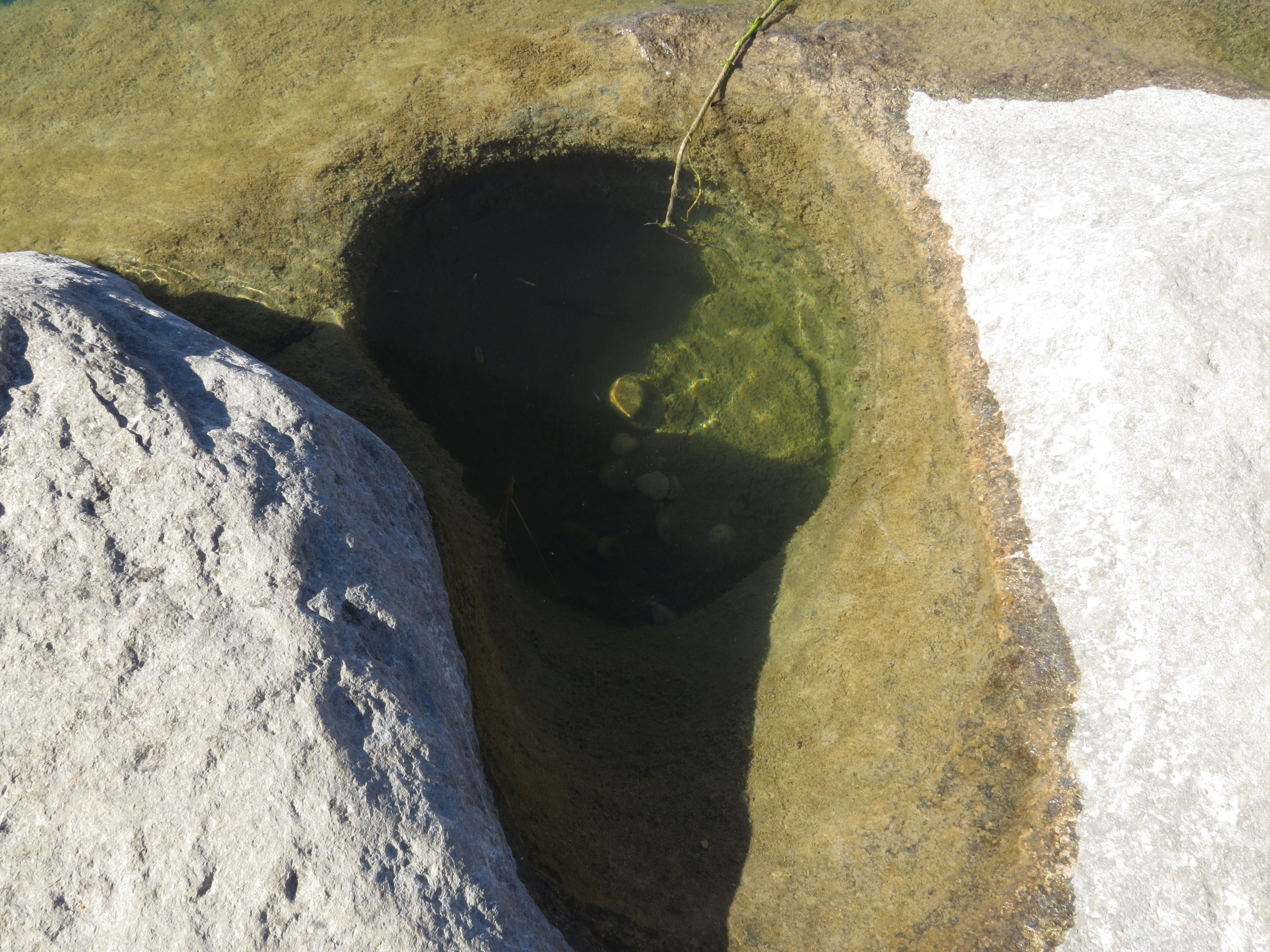
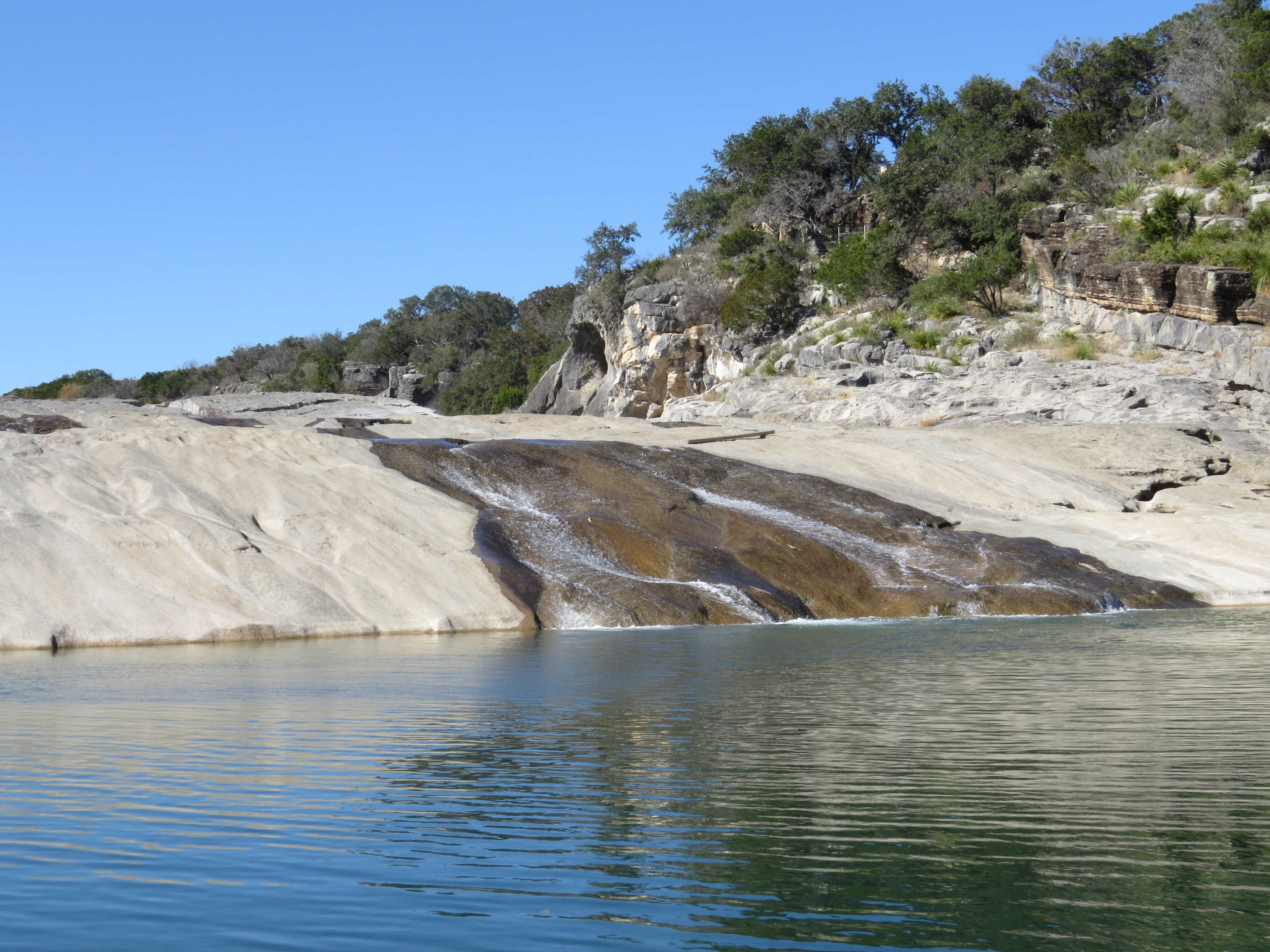
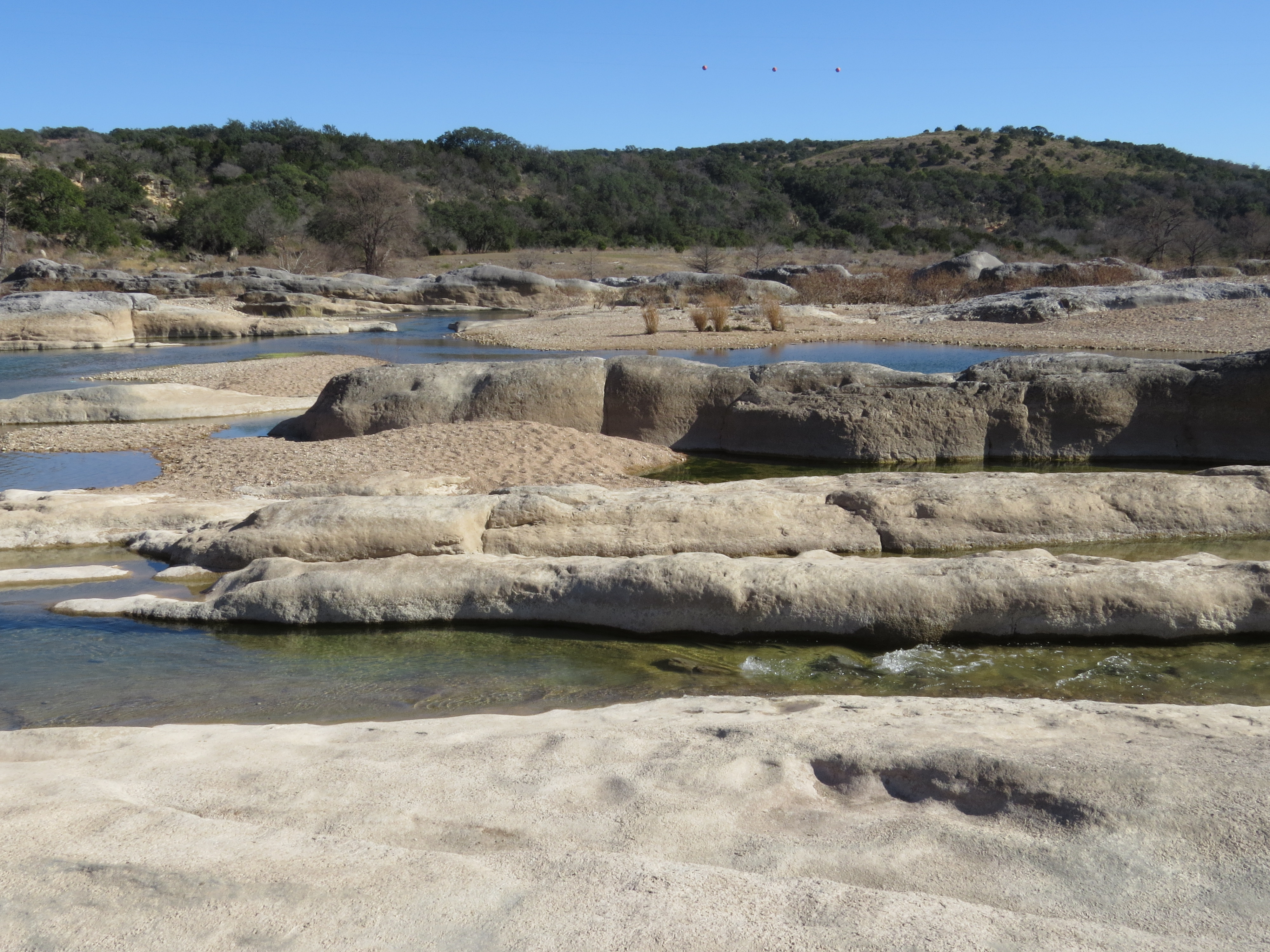
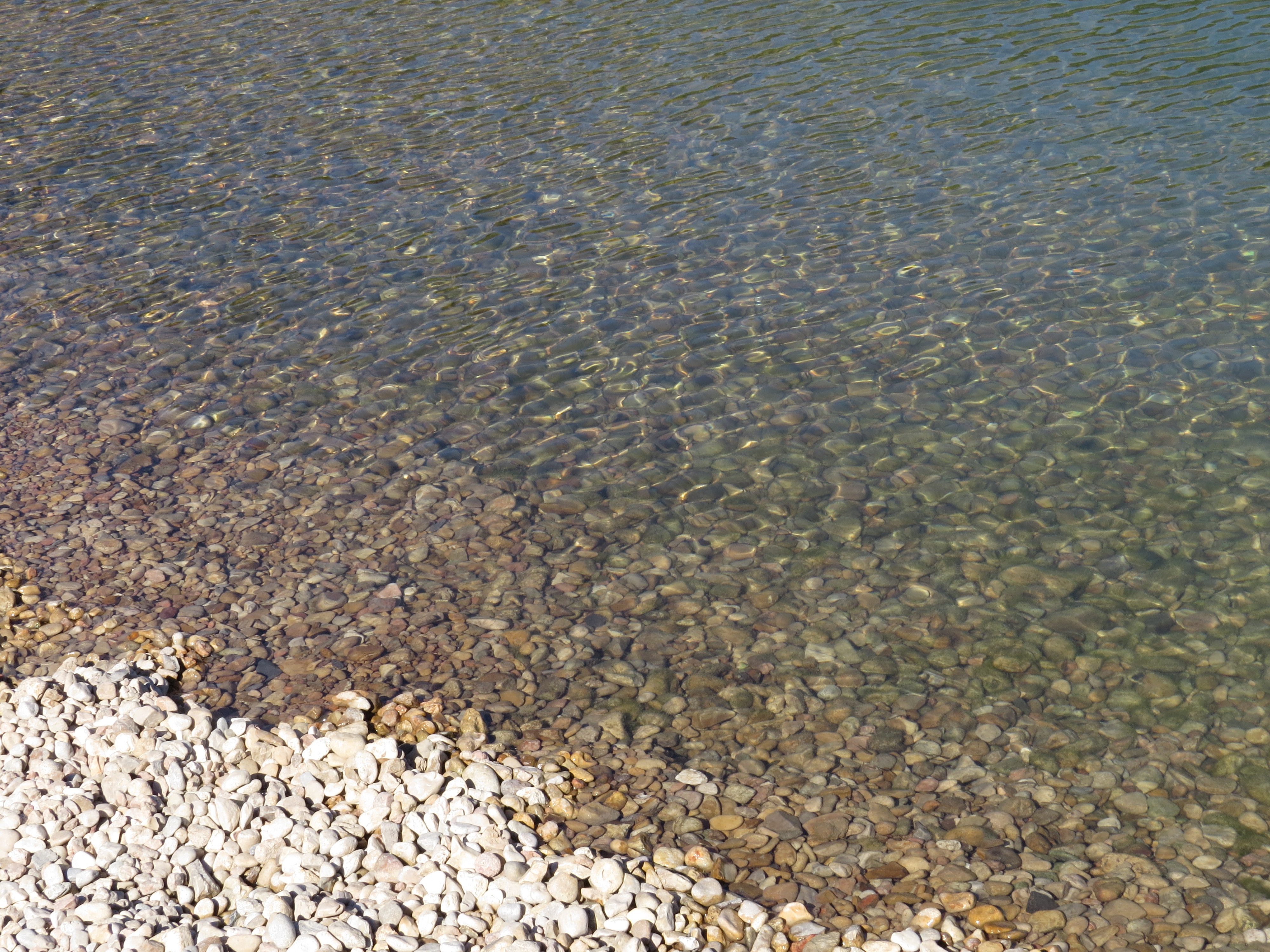
The sides of the River Falls were scattered with boulders of all sizes that had been ‘deposited’ there by rushing water over the millennia. The present day jewel tones of the water were so beautiful and calming and combined with the sandy tans of the rocks brought me an uplifting joy.
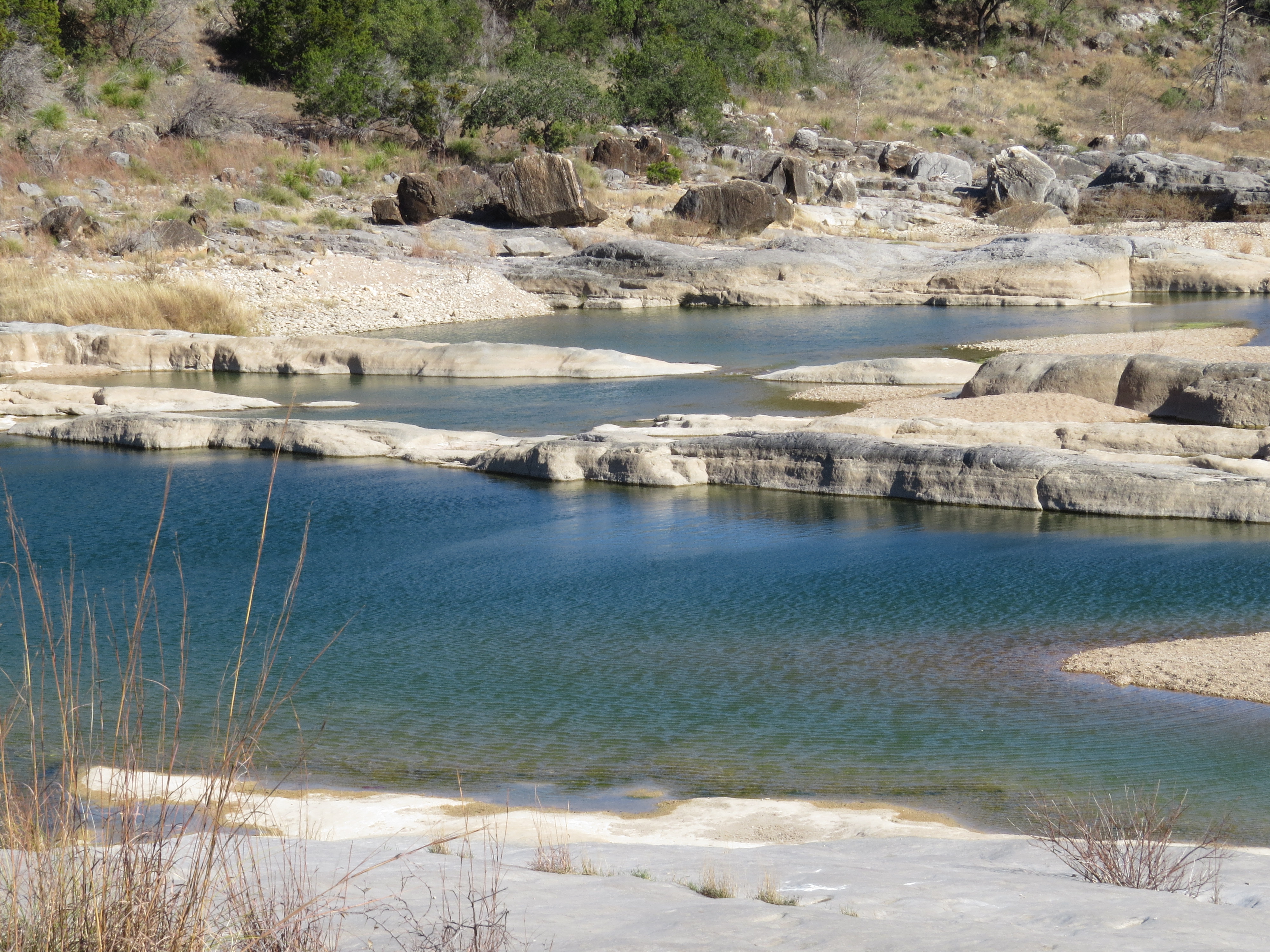
As we climbed up the Falls, the rock we walked on changed. It literally looked like mud—hard, fossilized mud—which of course was exactly what it was. And this is where we began to see tracks! Some of the track fossils were indented into the mud rock; others were raised up from the rock. I would love to have seen the animals that made these tracks!
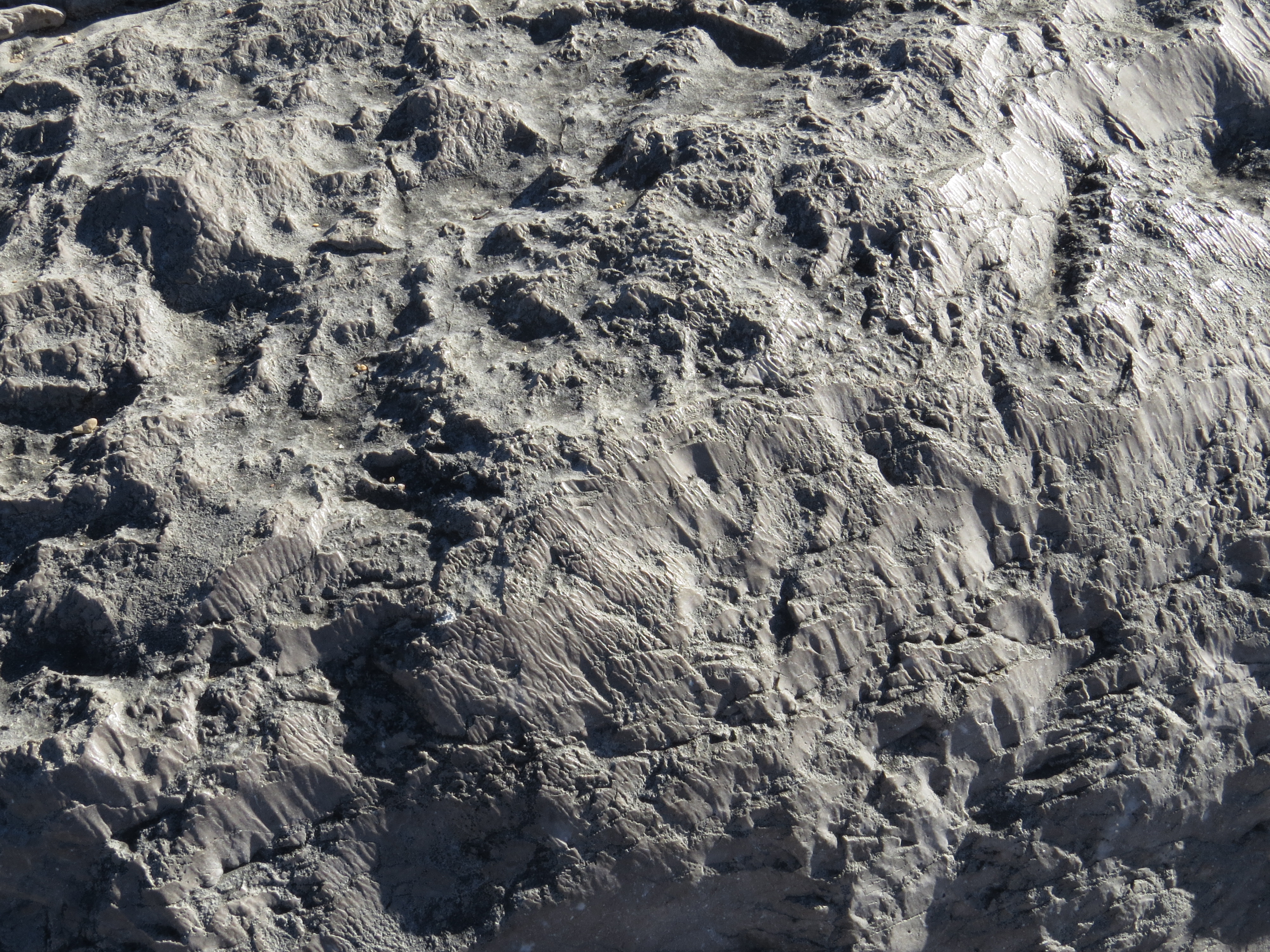
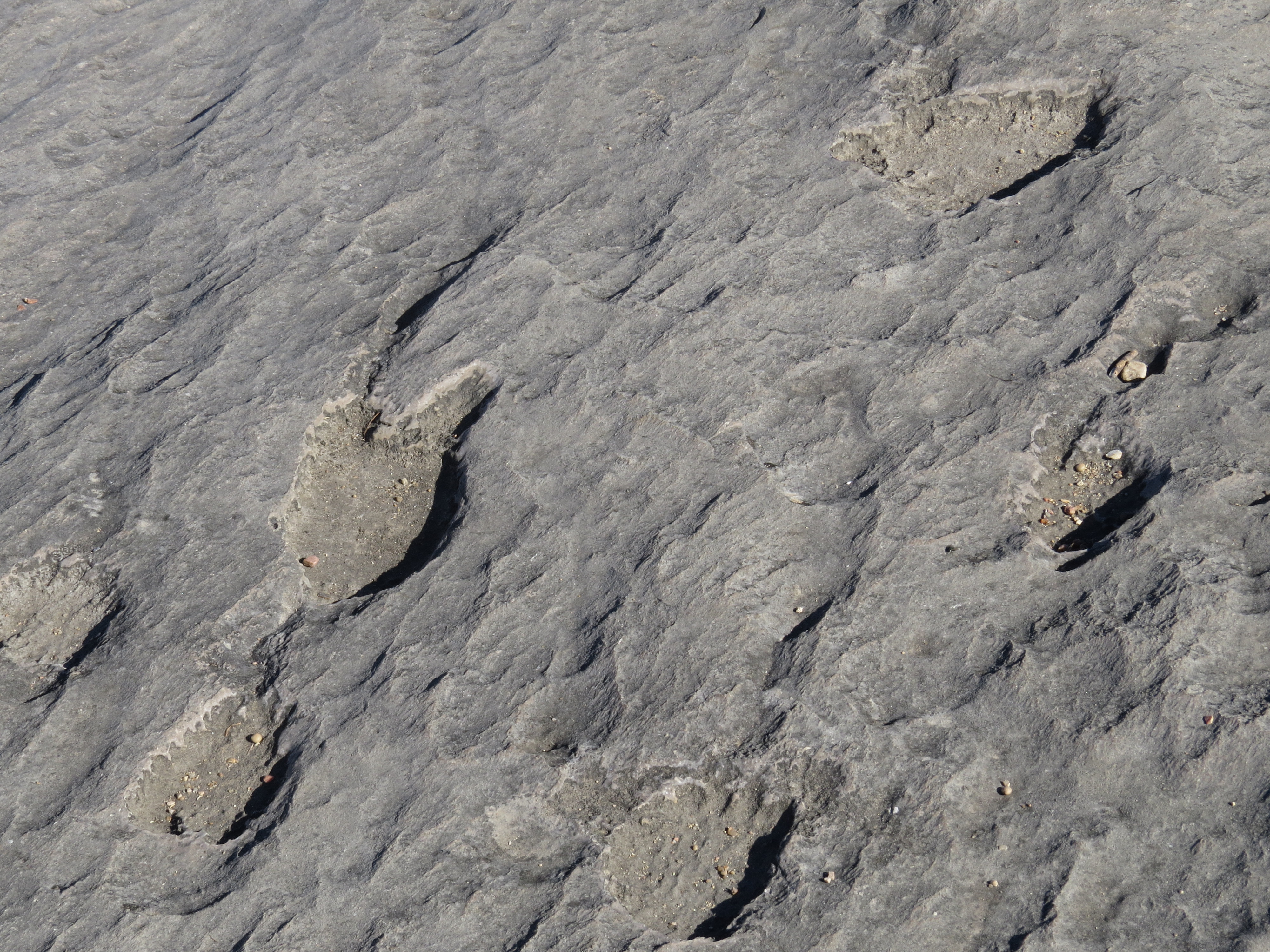

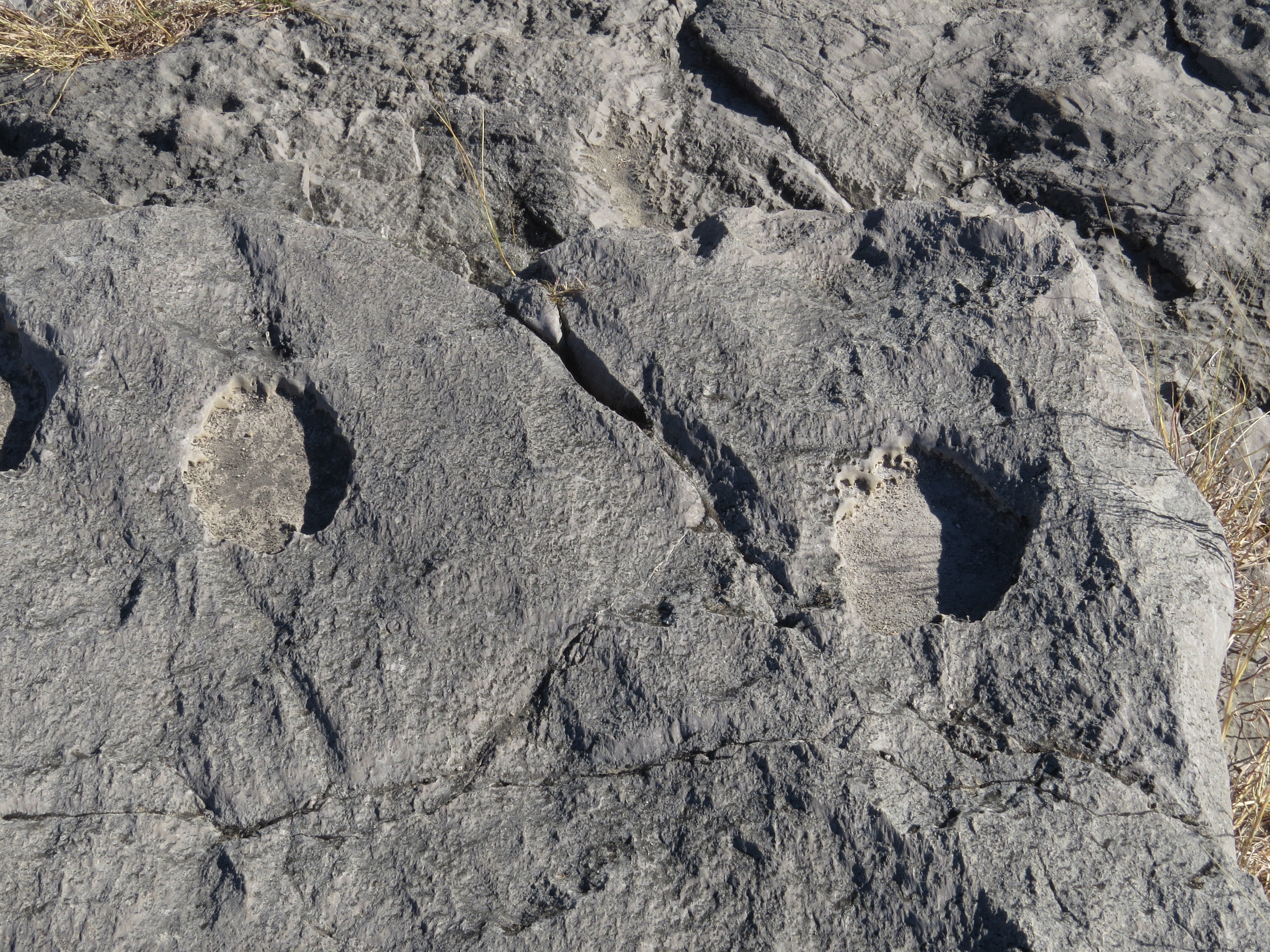
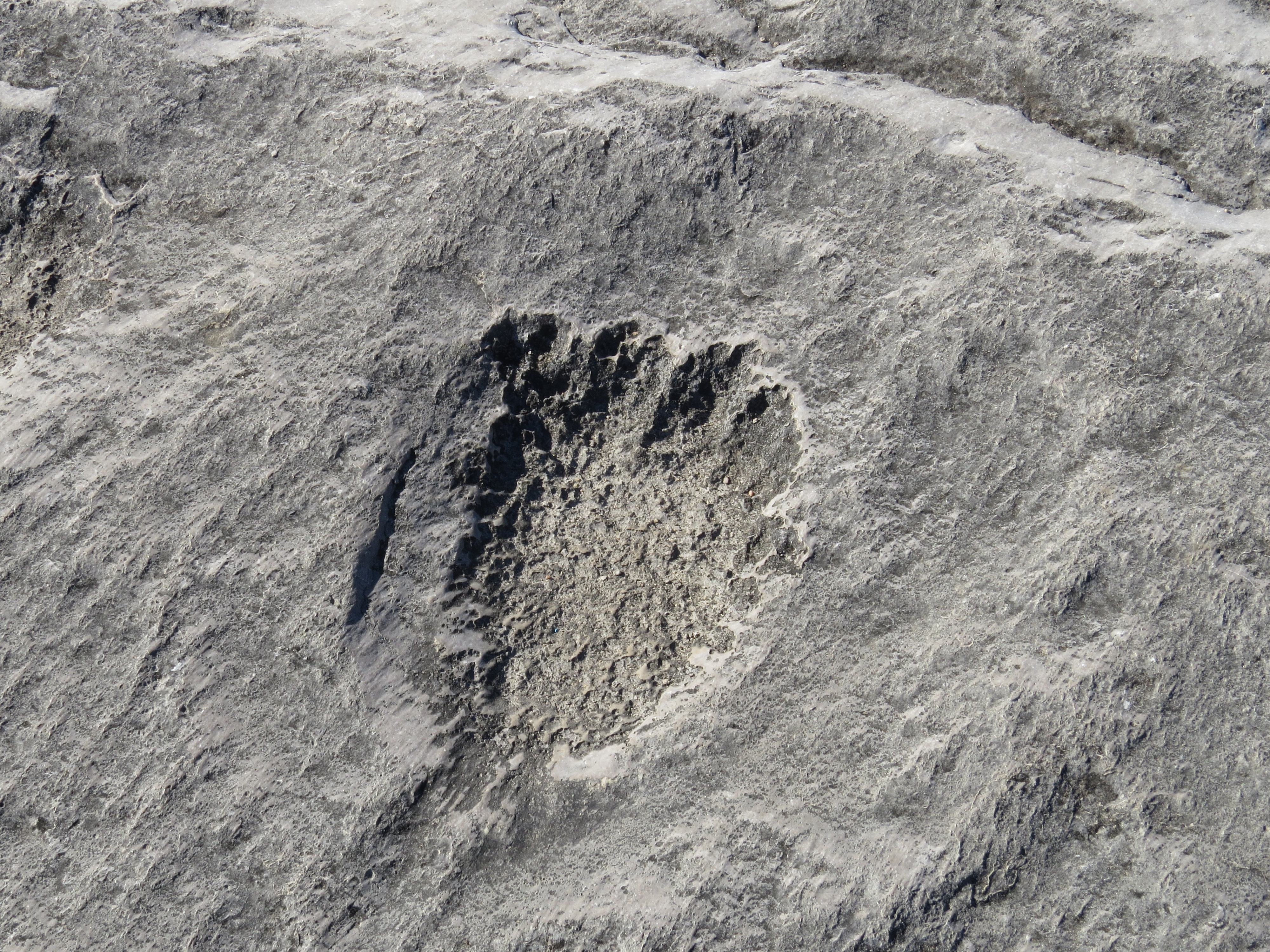

Along the ‘mud’ rock section, striated layers of rocks created a wall by the River. Ashe Juniper trees, Sotol plants, and cactus clung to the barely-there soil. Caves had been carved out of the walls and rounded ‘pillow’ rocks softened by the water.
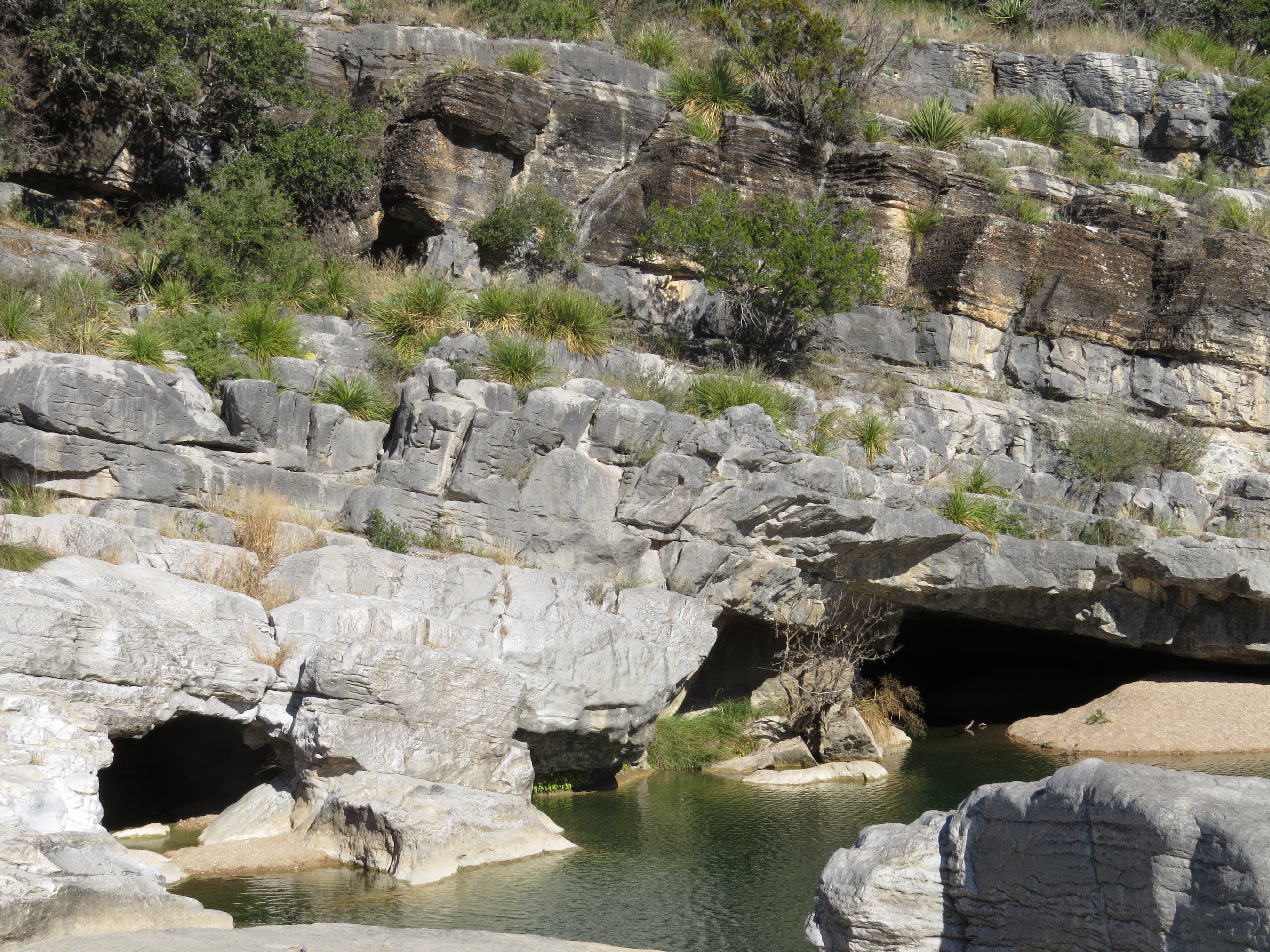
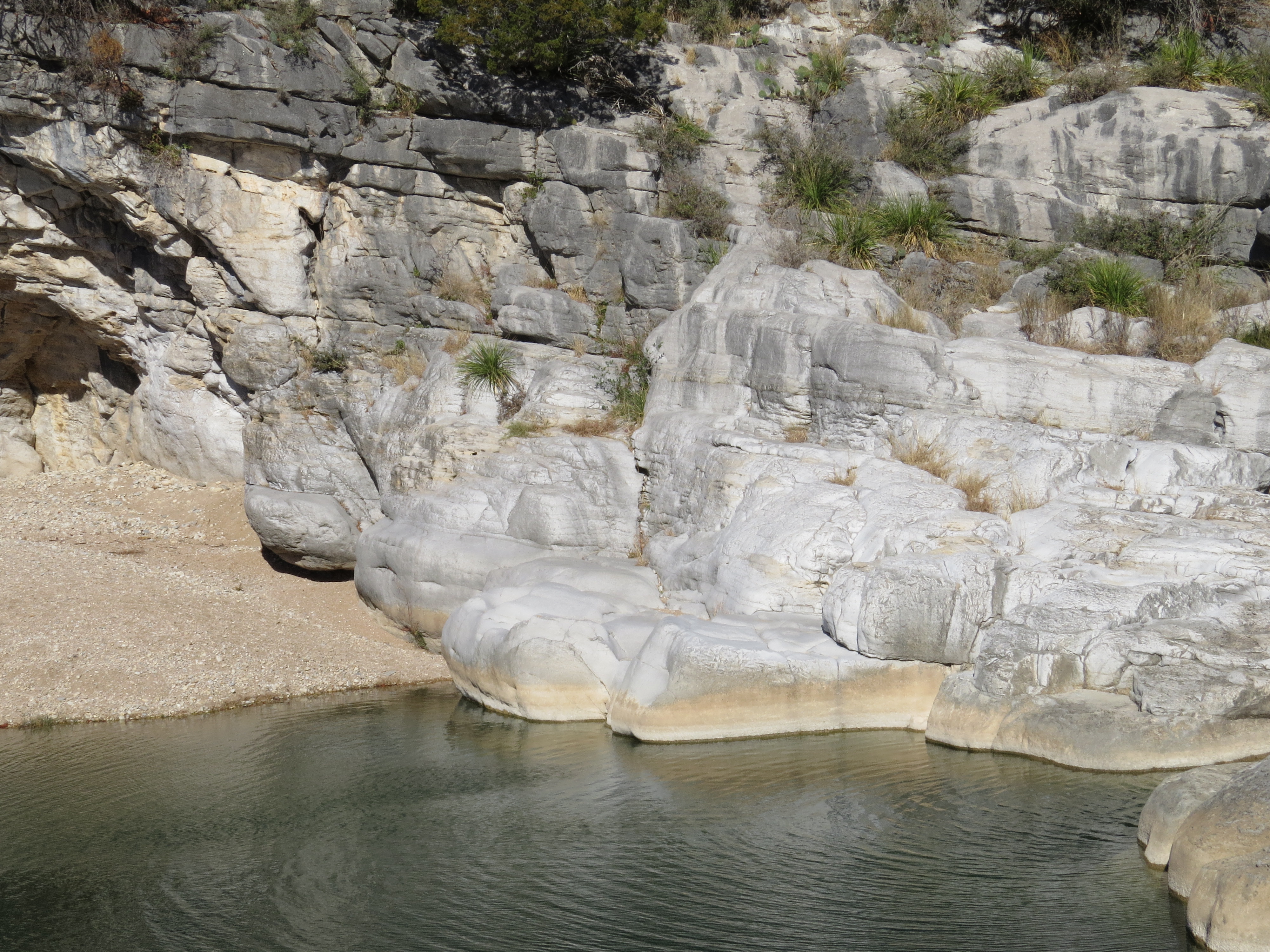
A large cave high on the rock wall held a house-sized boulder. Blue, yellow, and white rock colors wept down the face of the gray wall. It was one of the most intriguing spots in the Park.
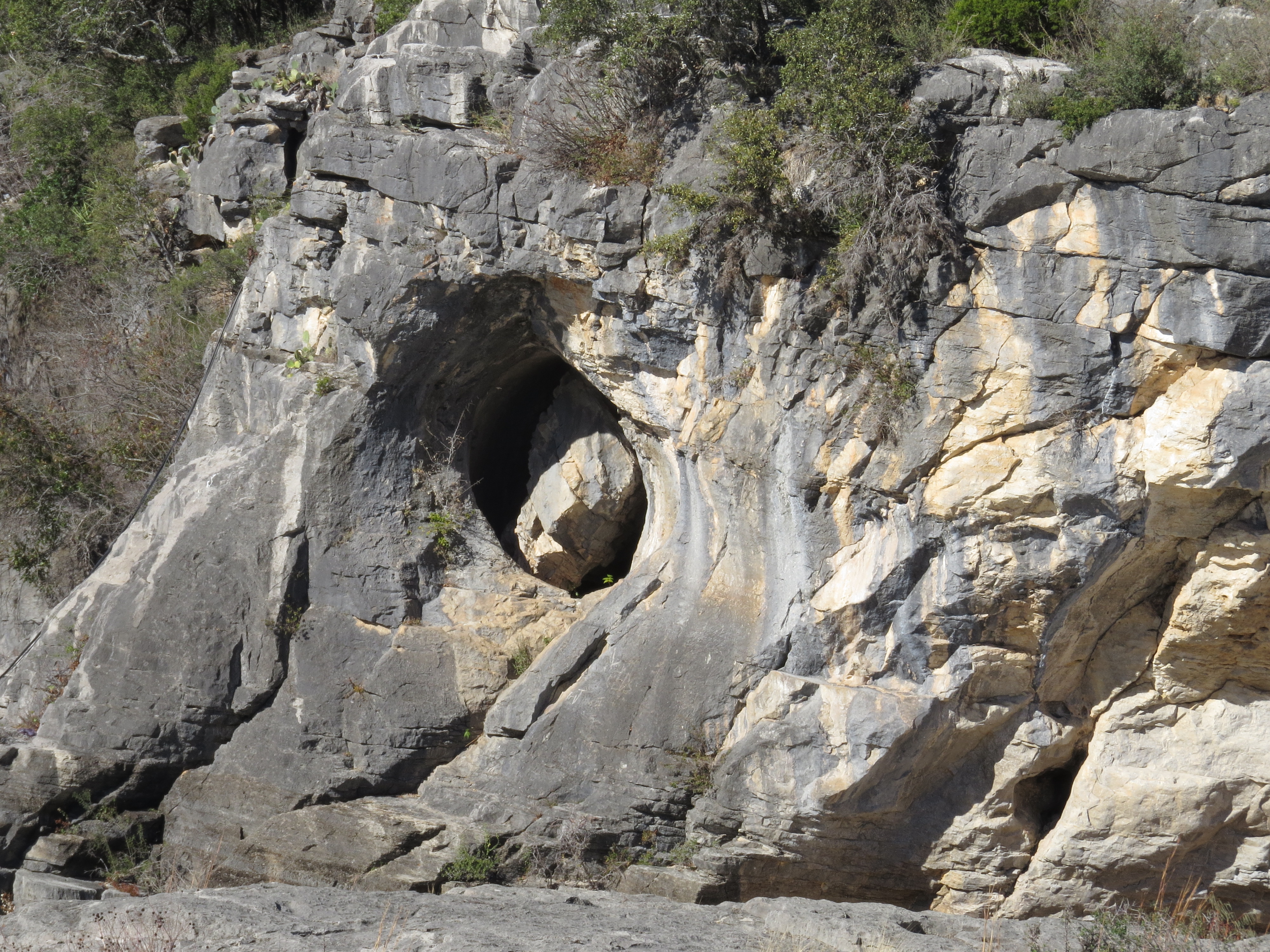
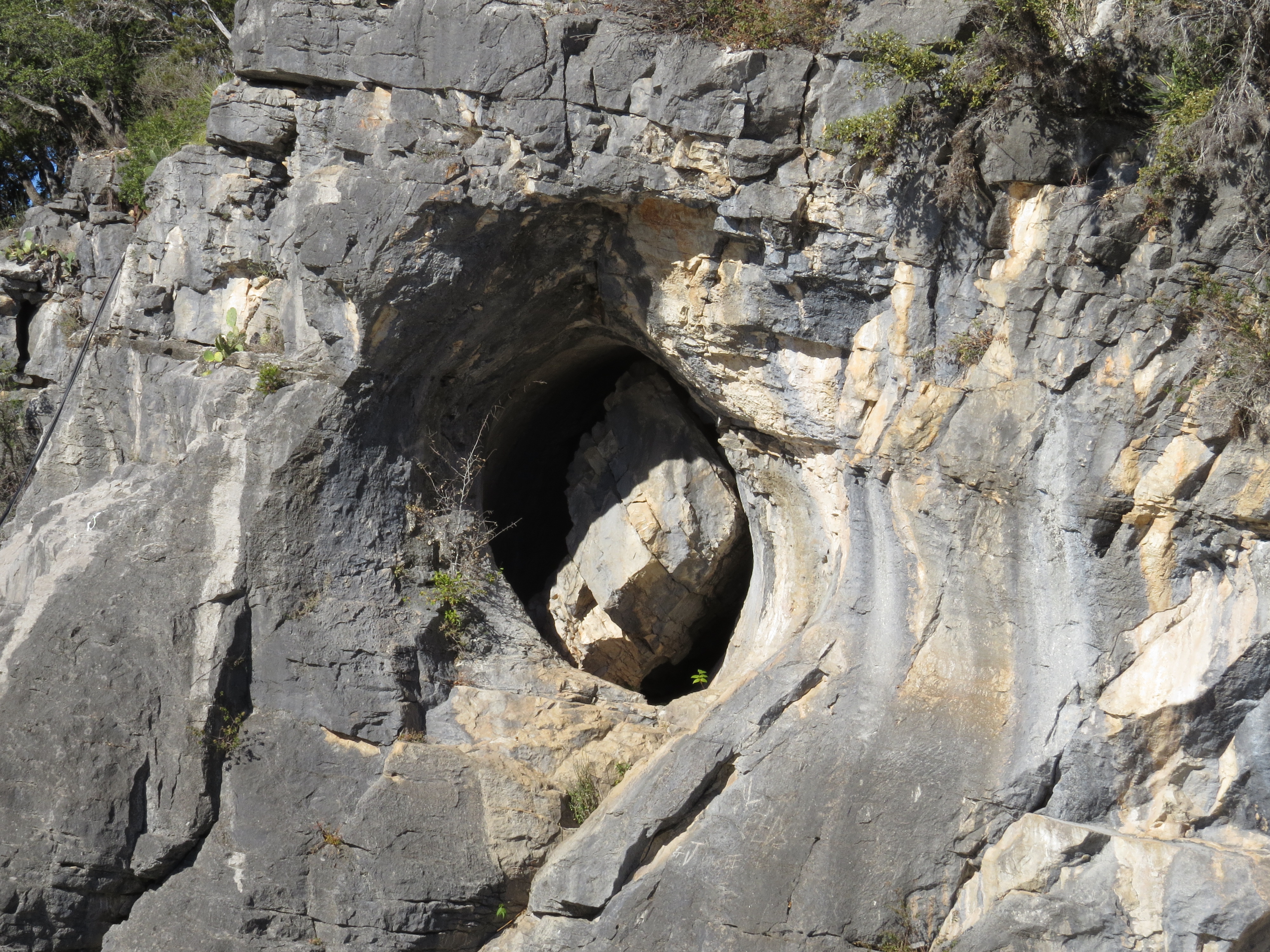
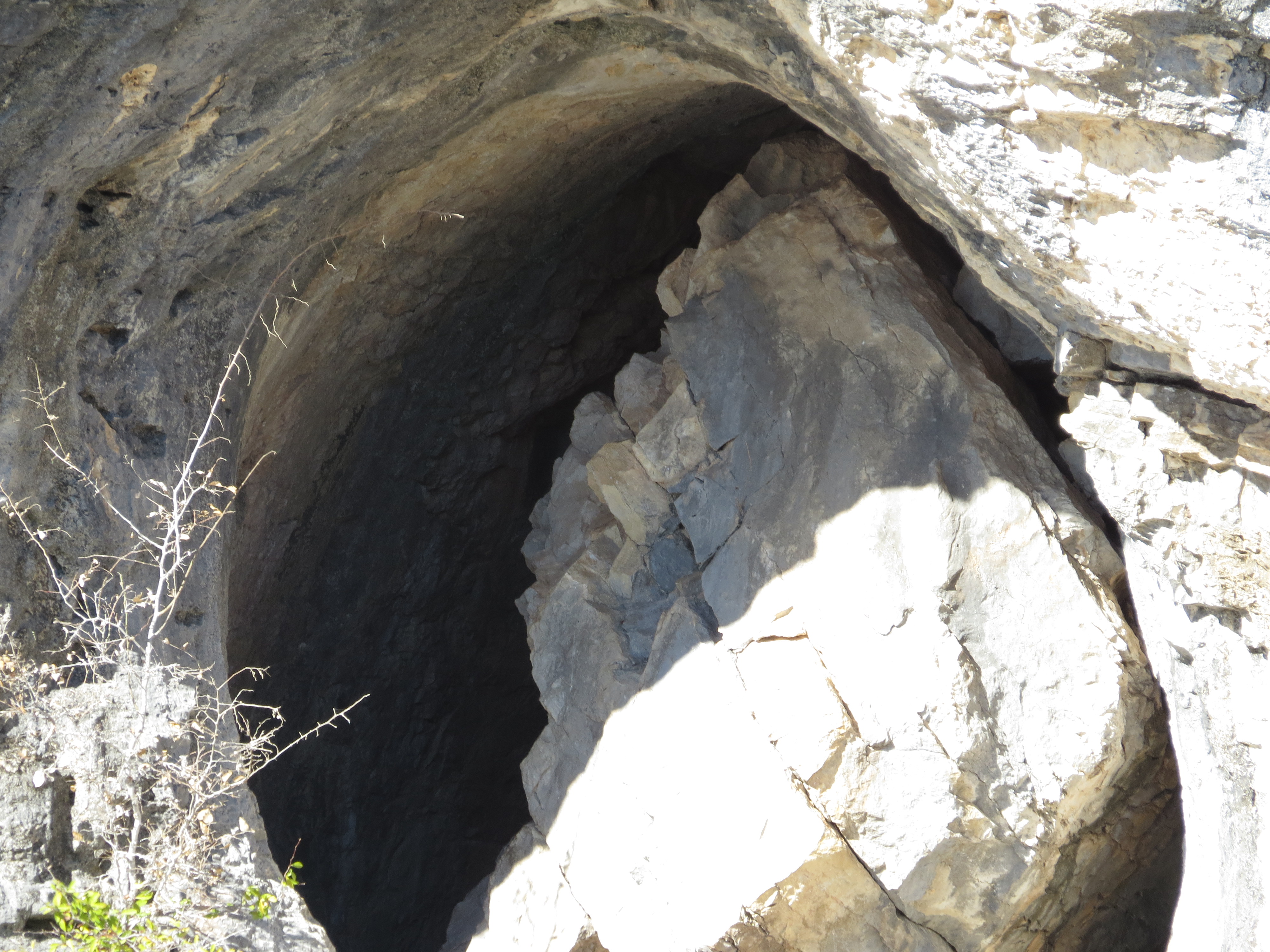
We saw more fossils—one that looked like a curved spine and others called Crinoid fossils—ancient sea animals that looked like plants and sometimes called ‘sea lilies.’

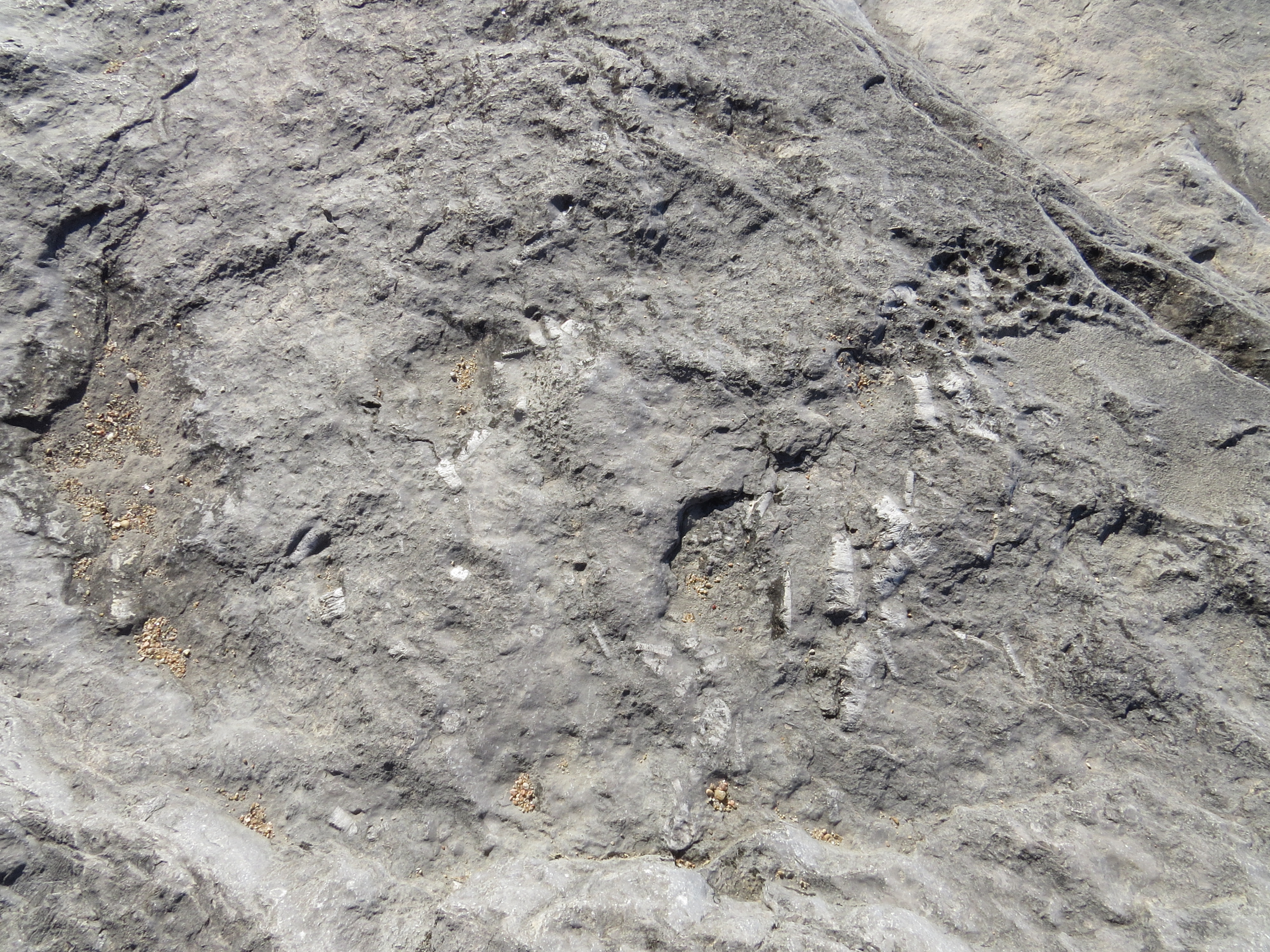
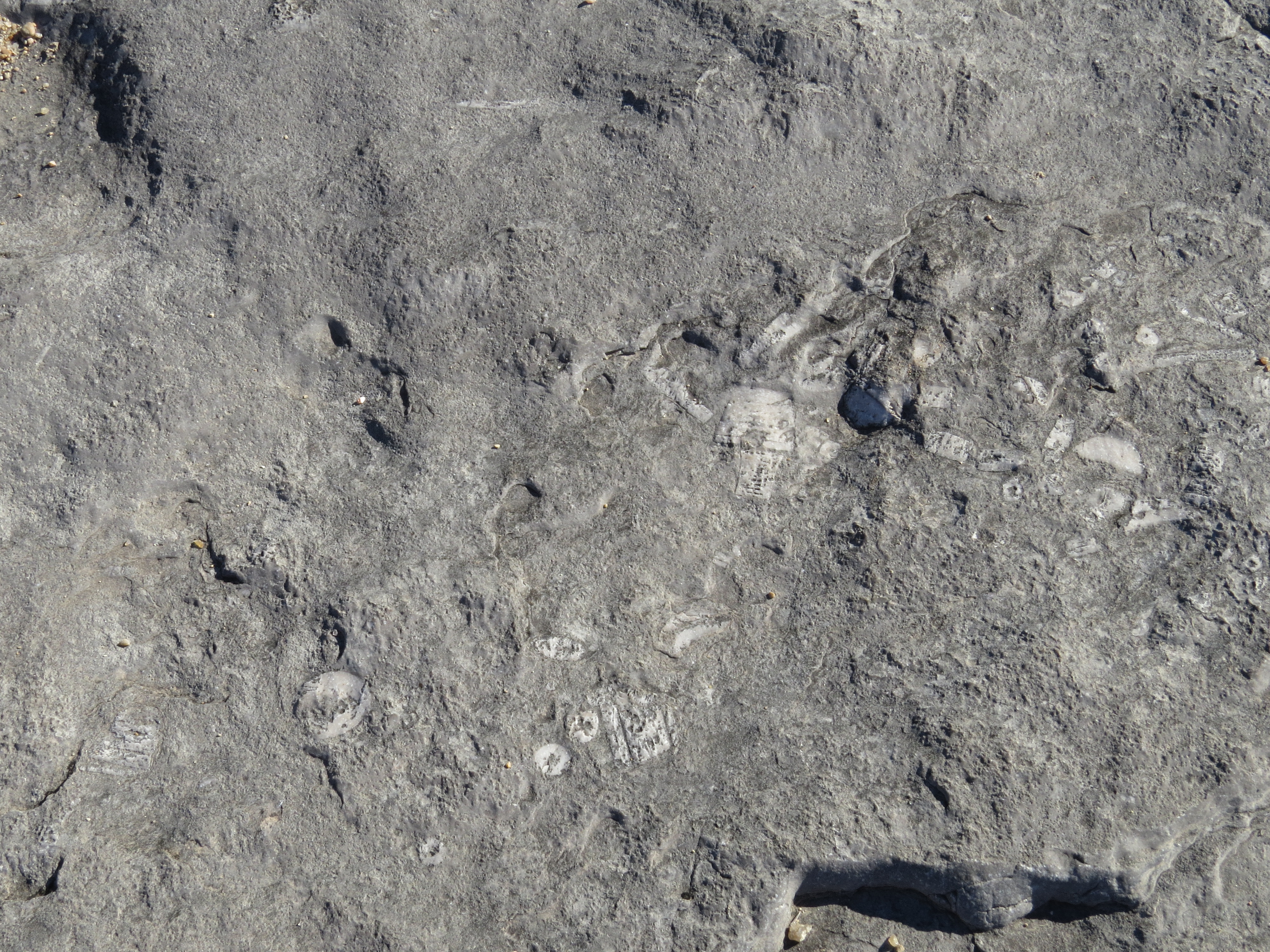
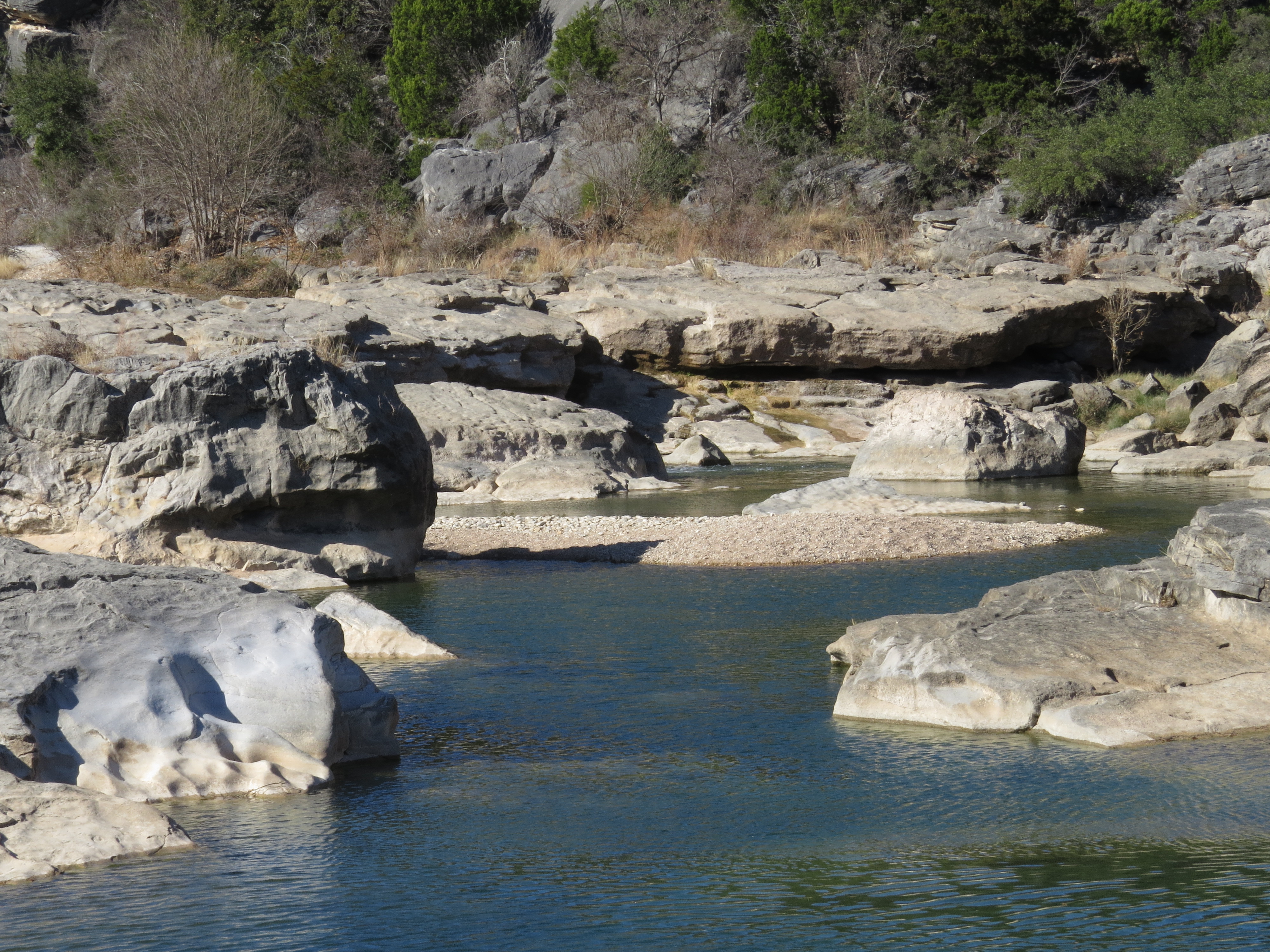
The death of a loved one can make a person feel like they are on the rocks. Failed dreams, faltering relationships, and illness can do the same. It is not a good feeling when the ideological ship one is sailing on comes crashing and thrashing on the rocks of reality. The ‘worldly’ problems seem even more daunting and out of our control. How does one fight an evil power and an existential global threat when they both feel like a flash flood that could sweep us all away? But it’s not really the rocks that are to blame for the destruction—it is the storm. The storm can be the weather or greed or narcissism or fear or hatred or ignorance. While our time on the rocks in Texas held some risk and danger—flash flooding and deep crevices—it was more about how we navigated them. The rocks themselves were grounding. They held the long history of our earth in all its changes—we could see the evidence. Storms can change us, erode us, wear us down, but we can put our faith and our feet on the grounding rock of Goodness. The opposite of ‘on the rocks’ is thriving or flourishing. With hope, engagement, positive relationships, and tenacity, the people of Goodness can overcome the storms of destruction.

